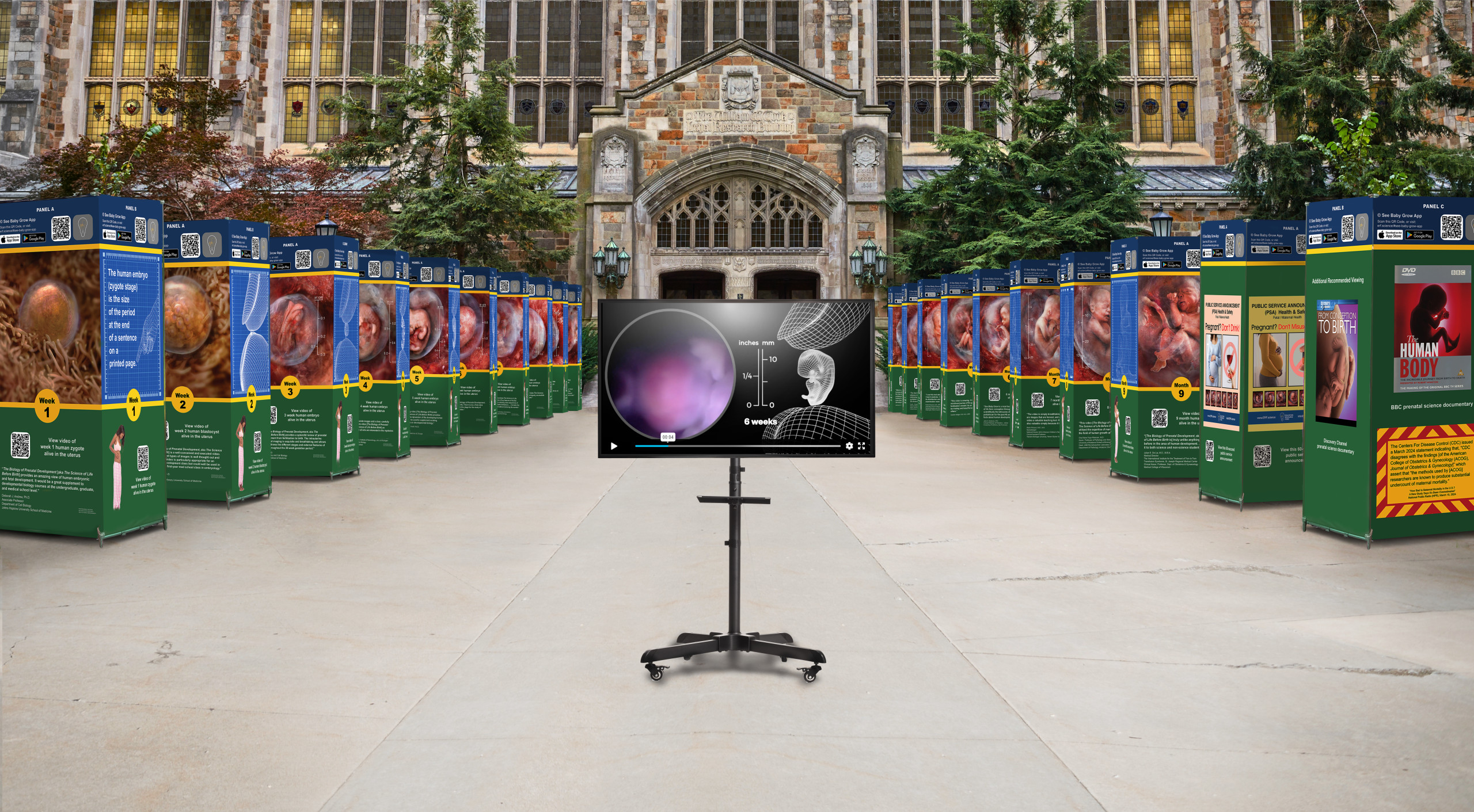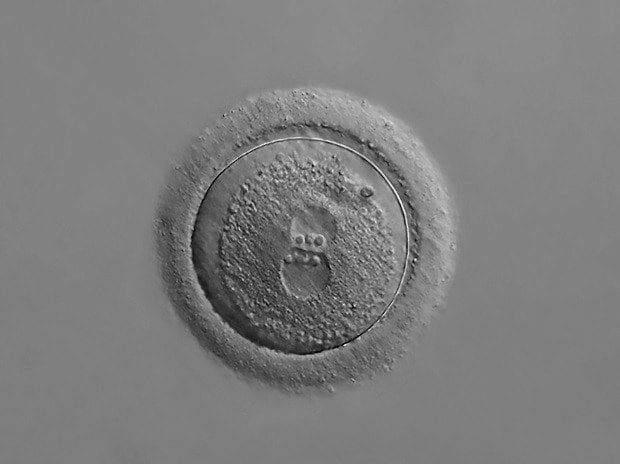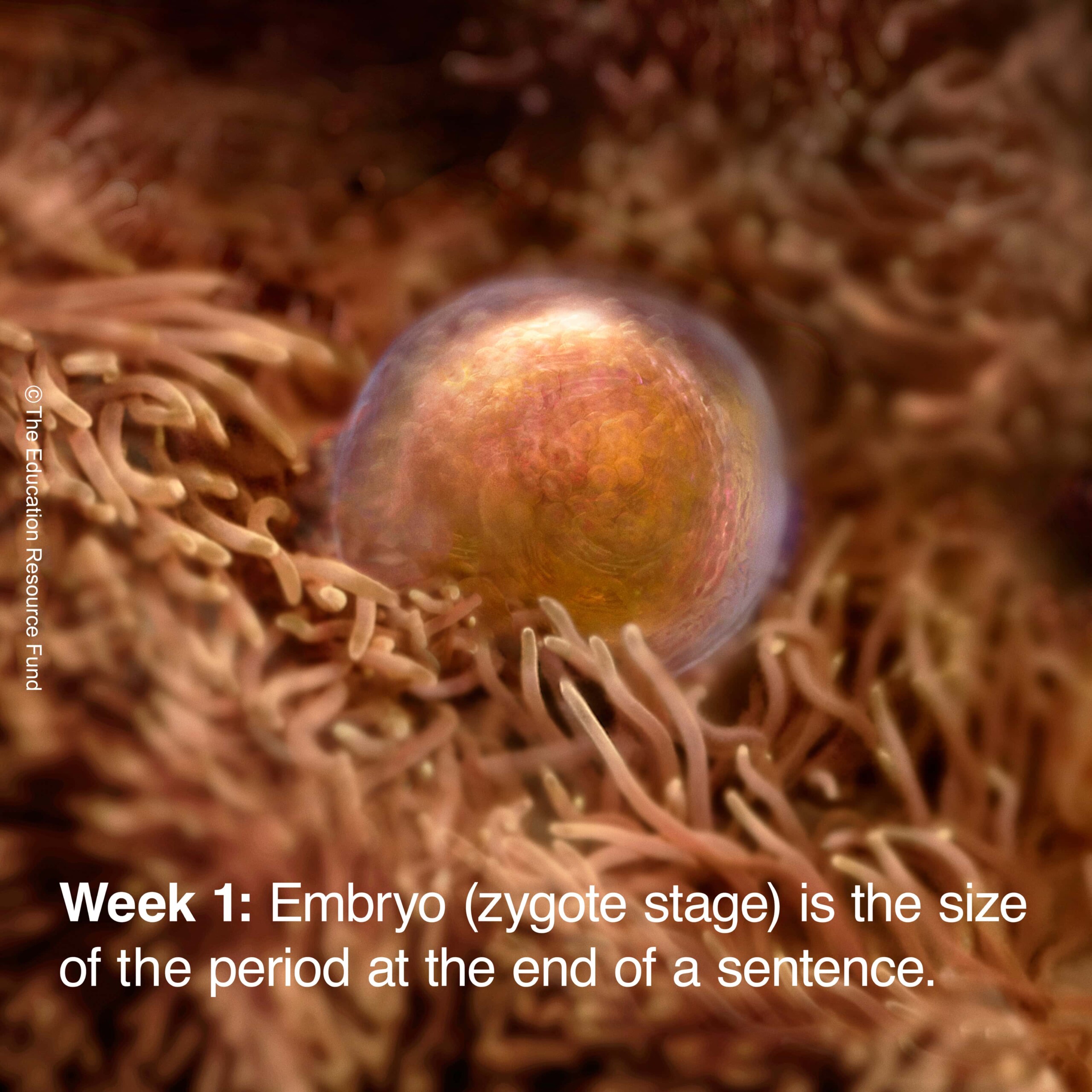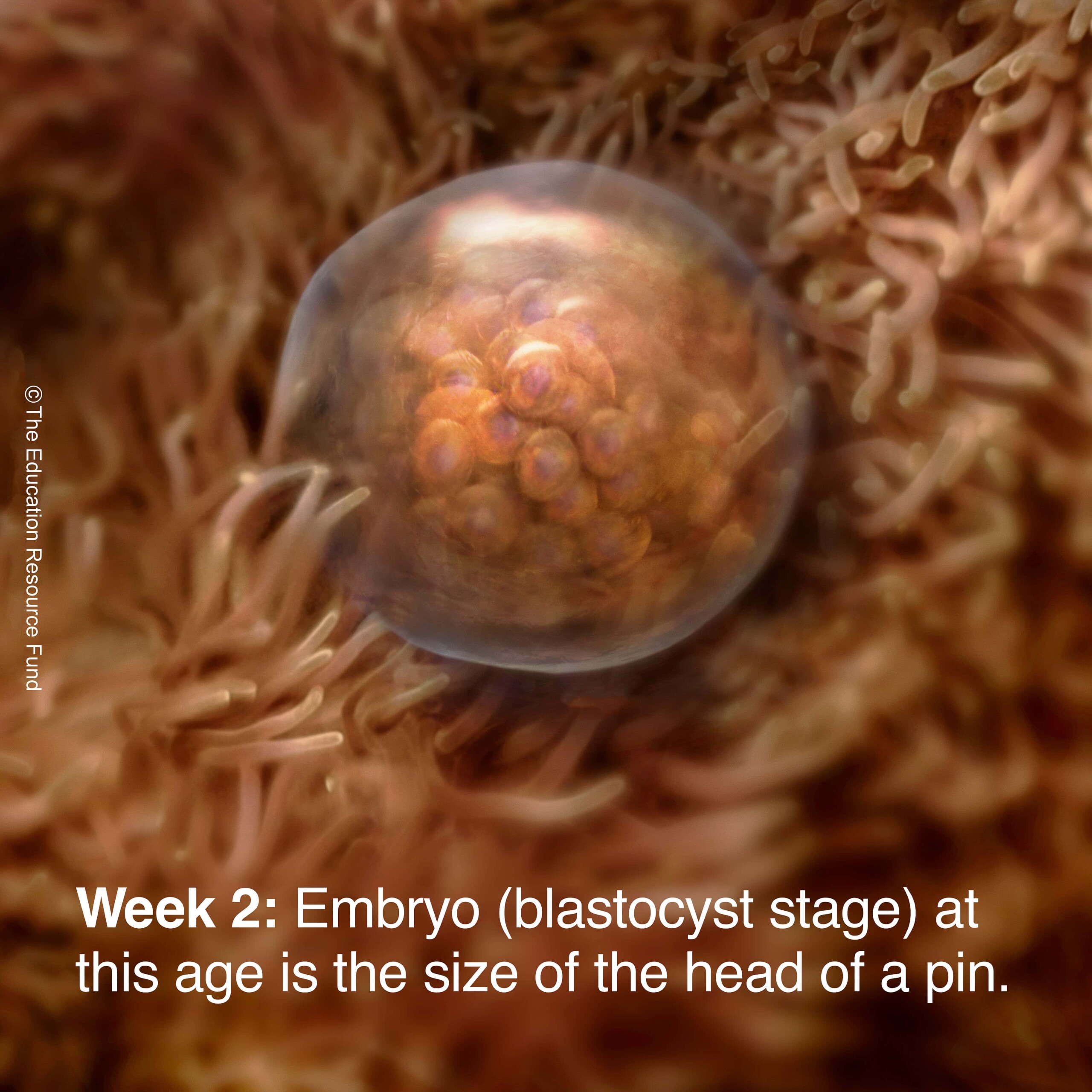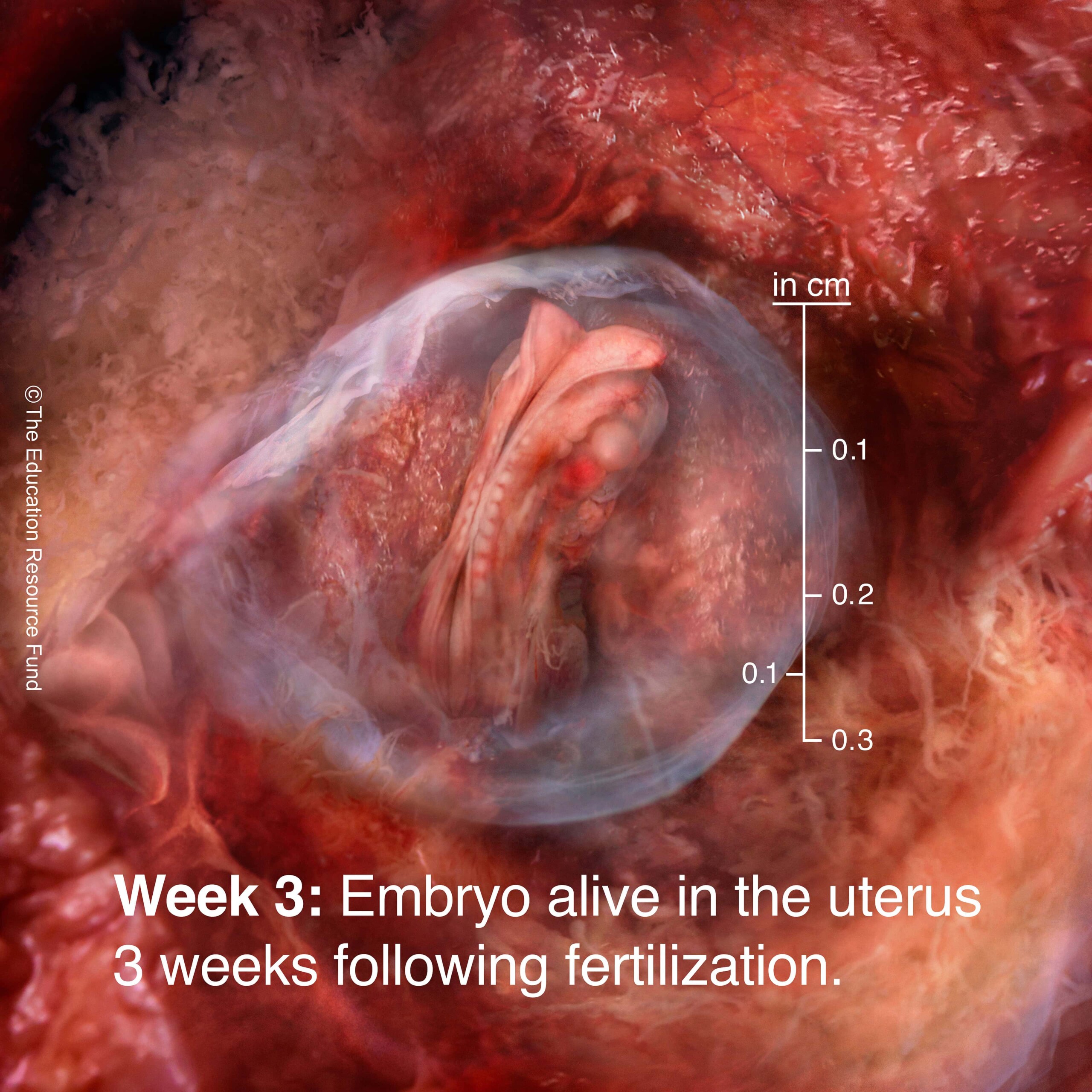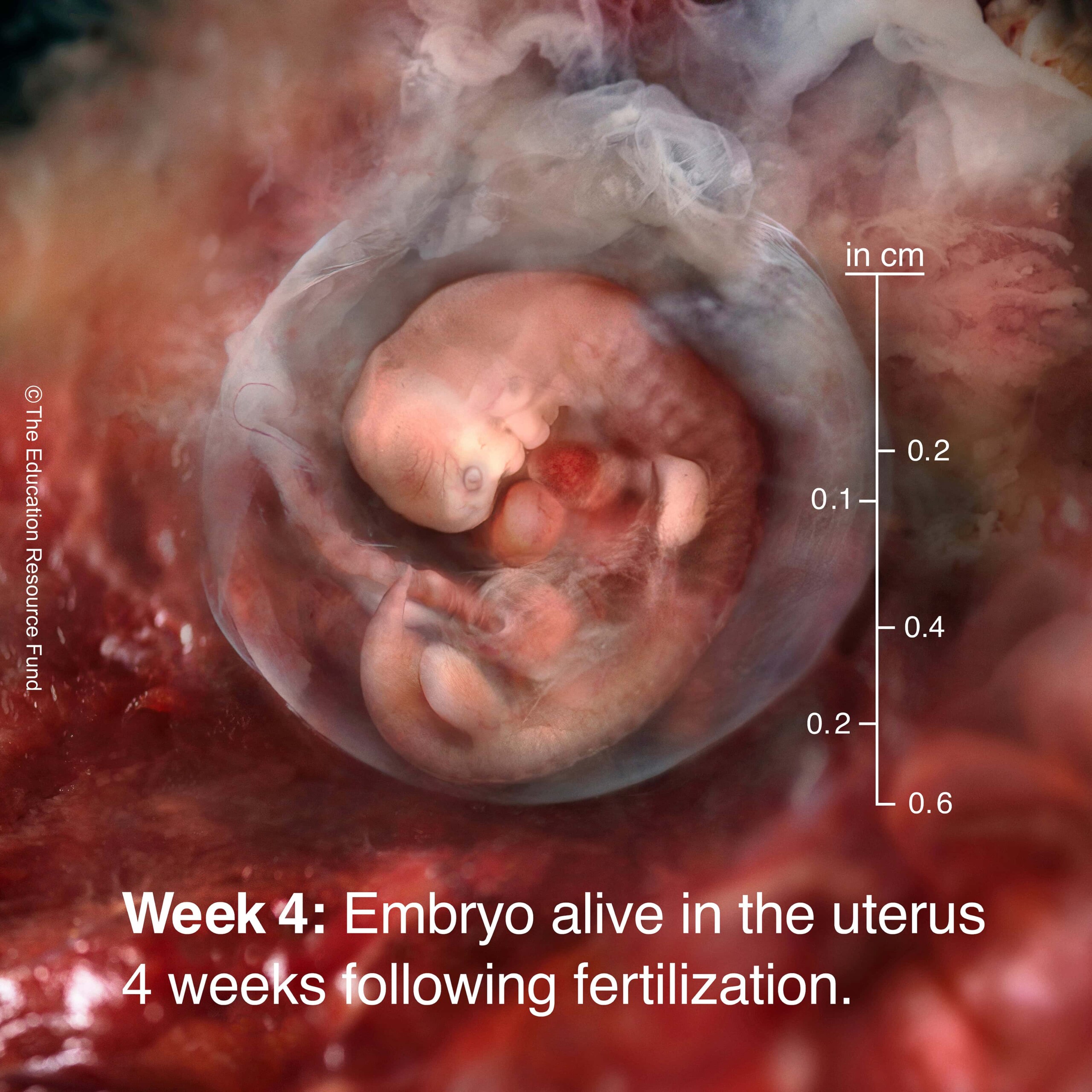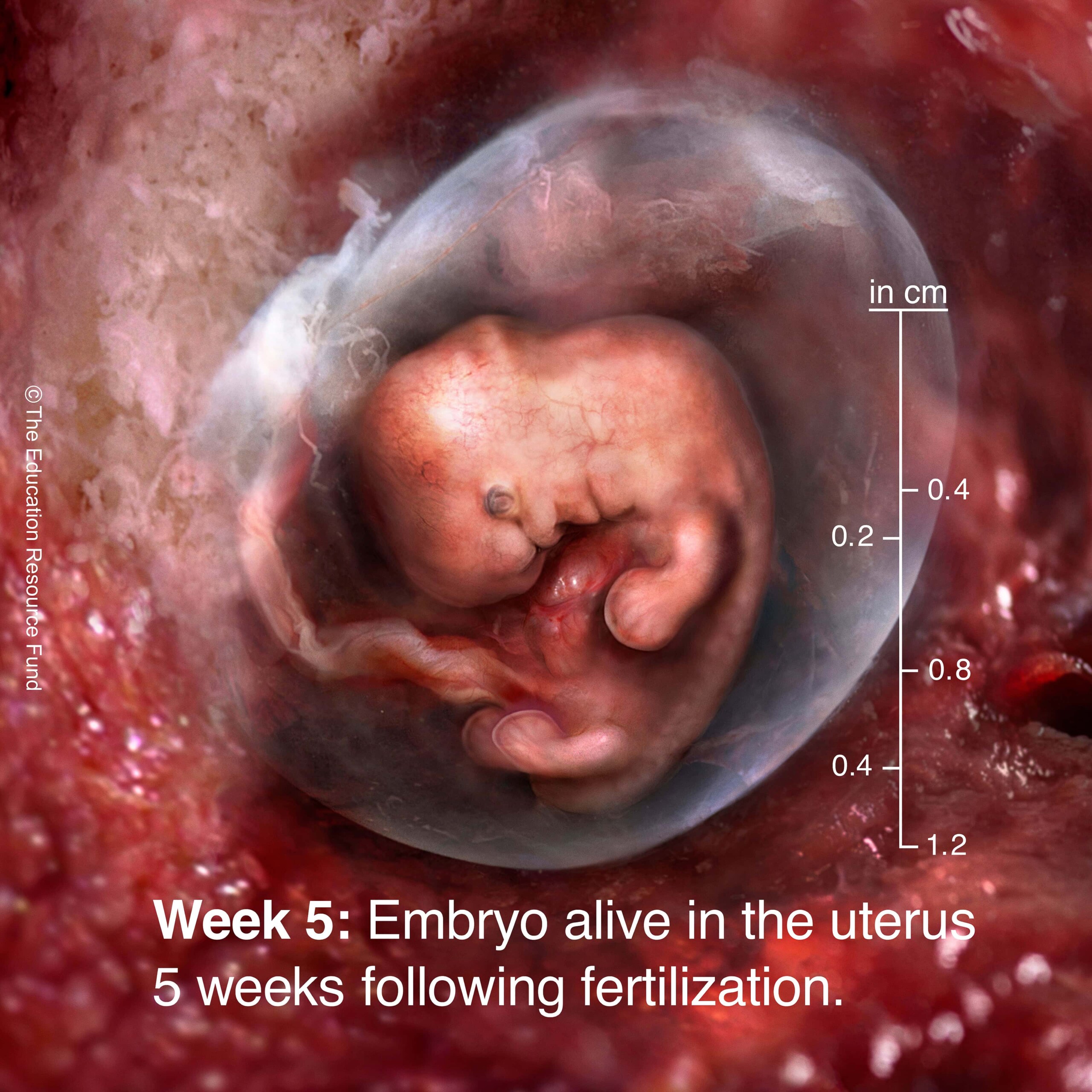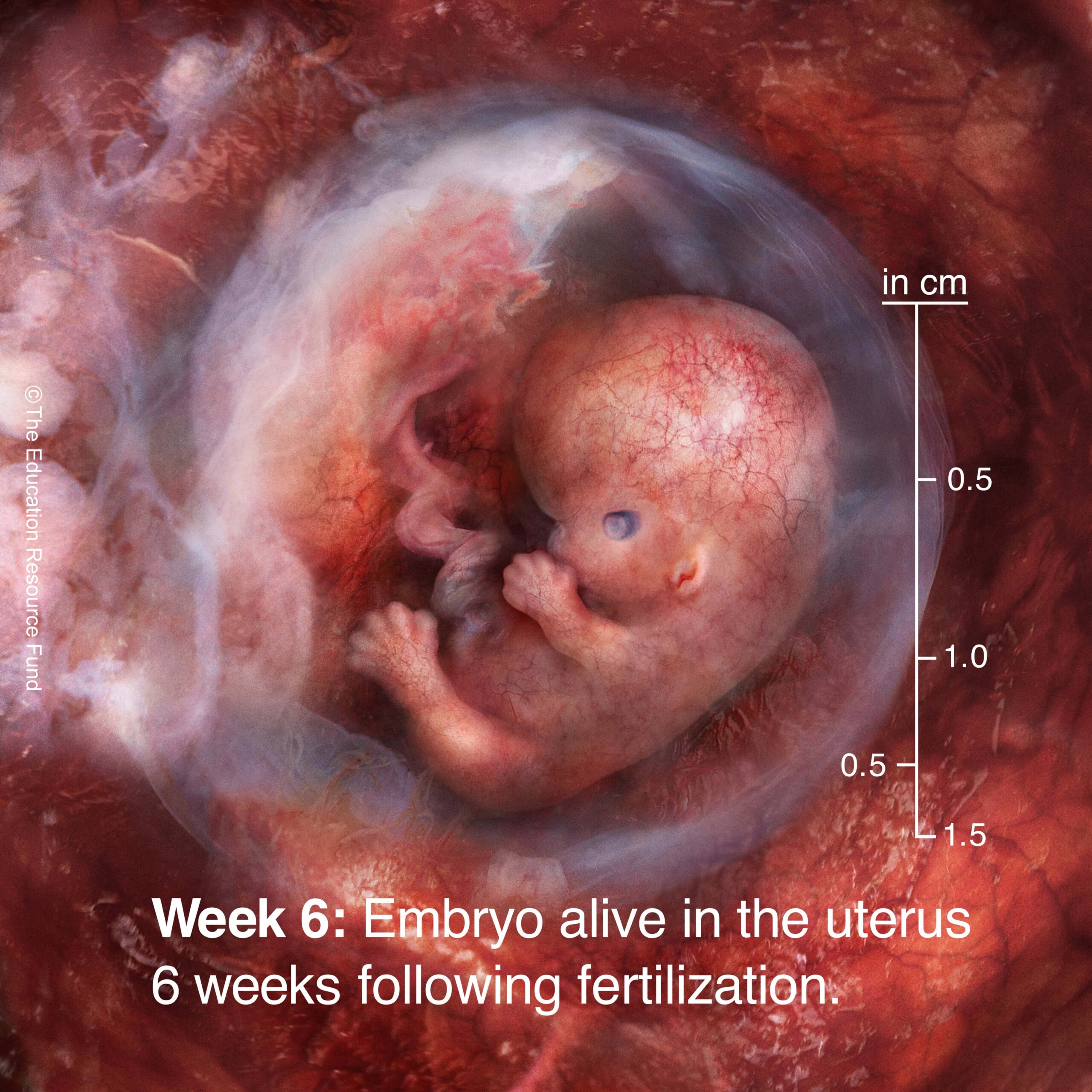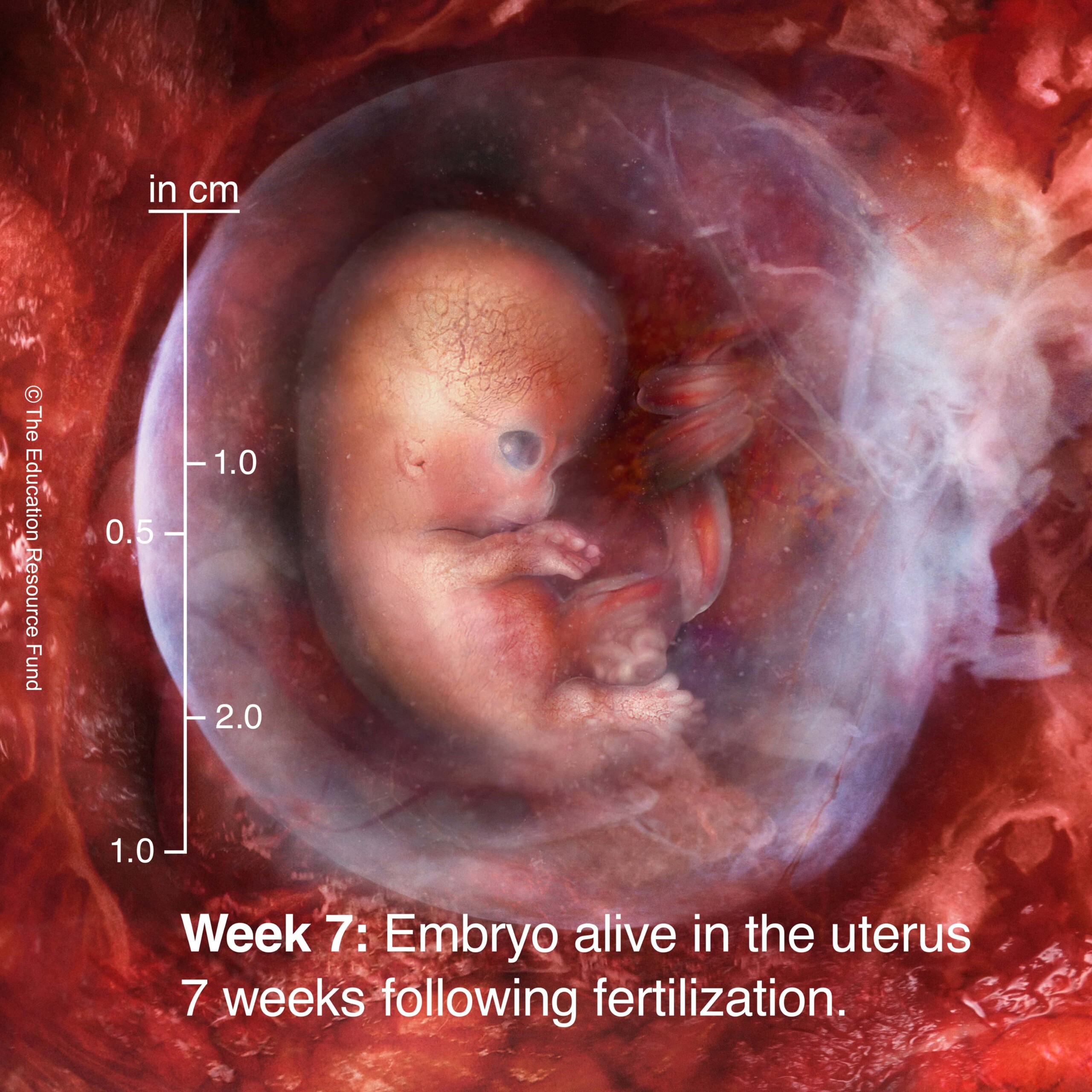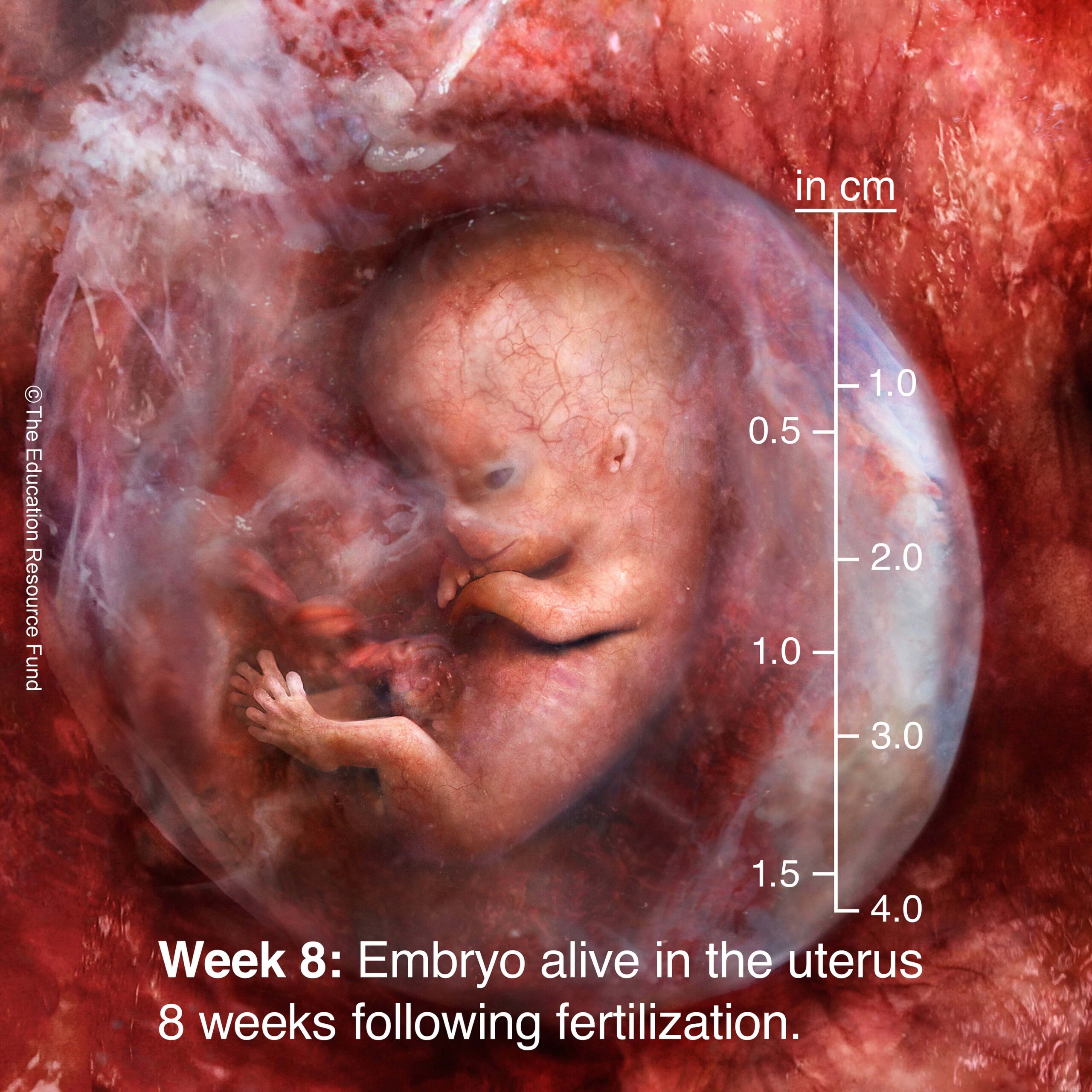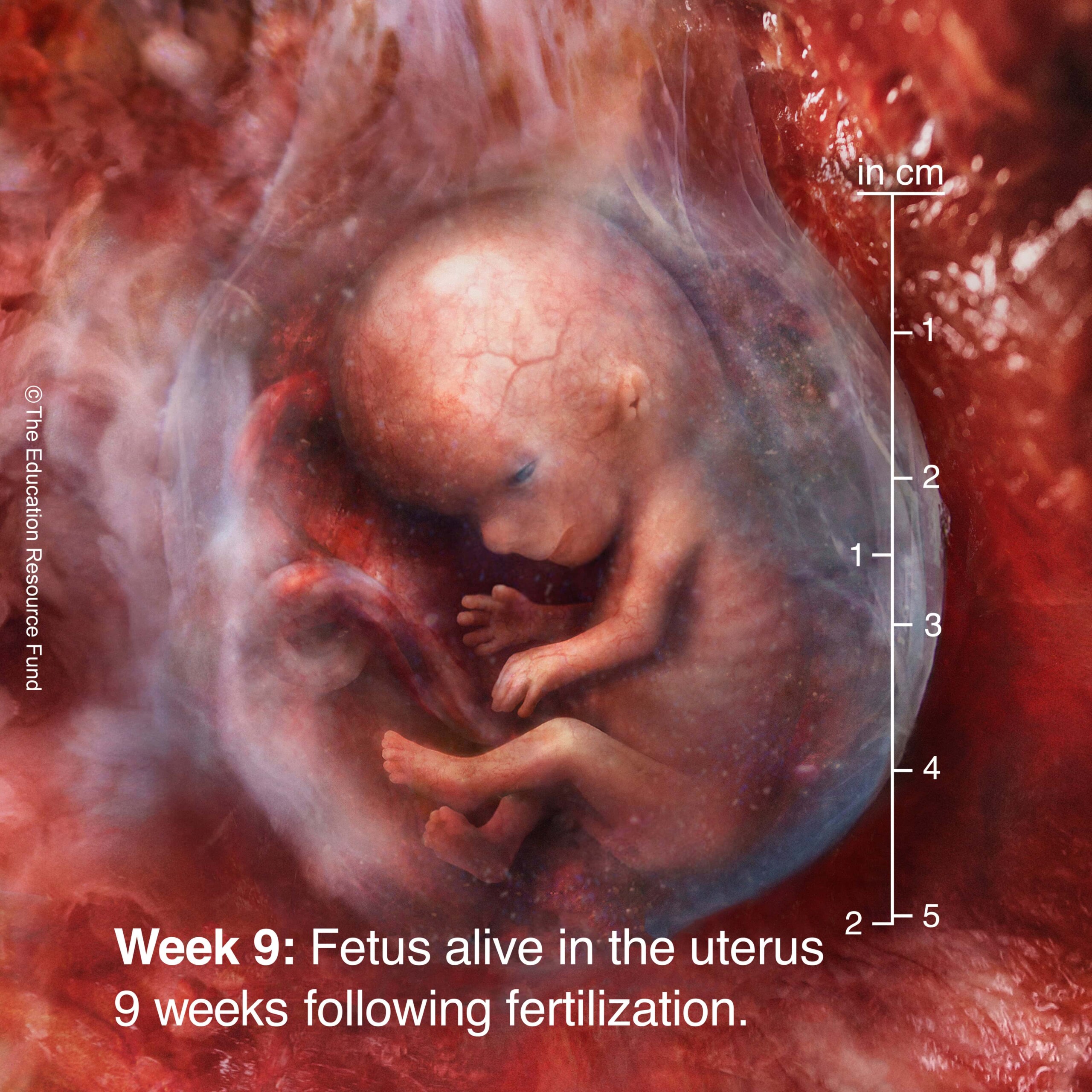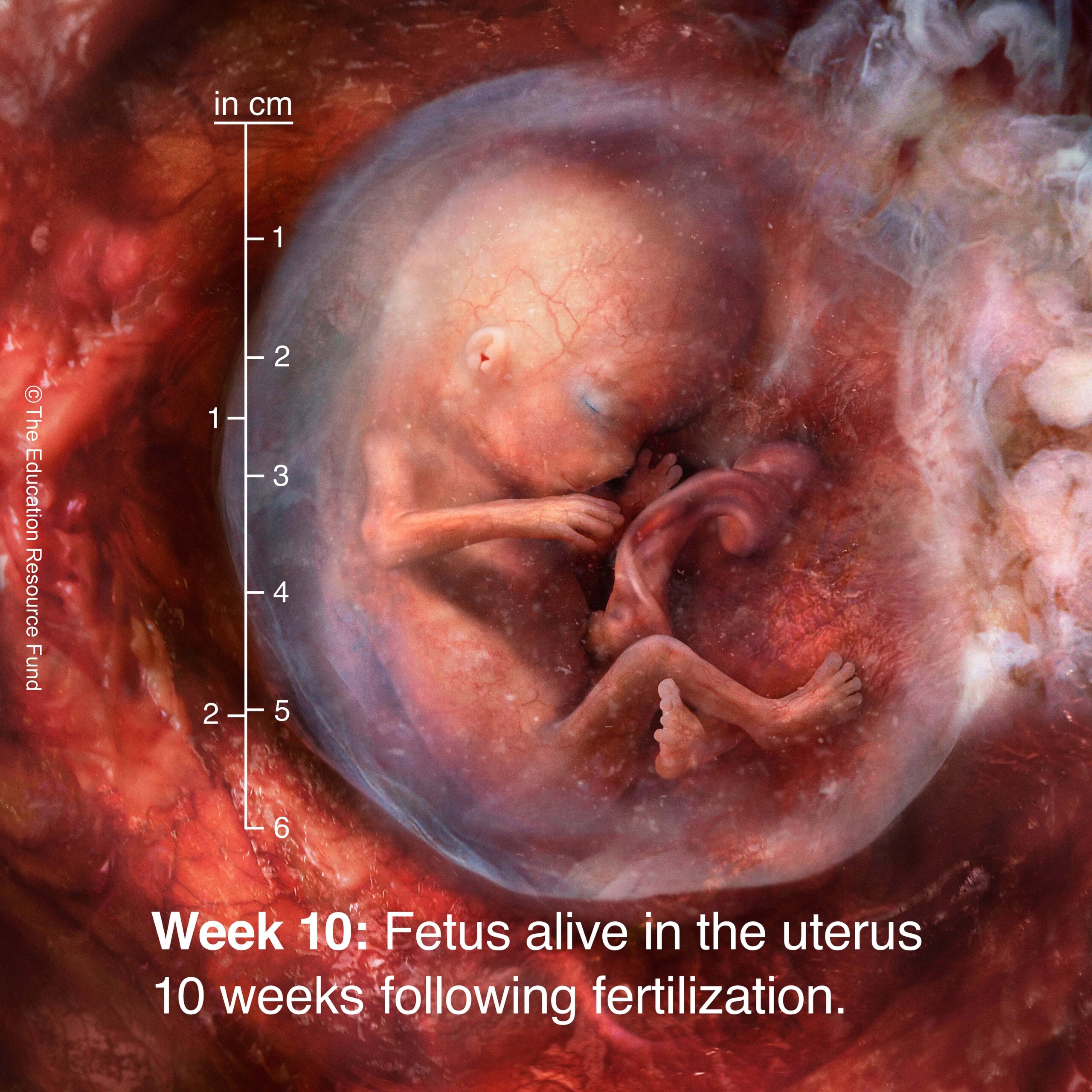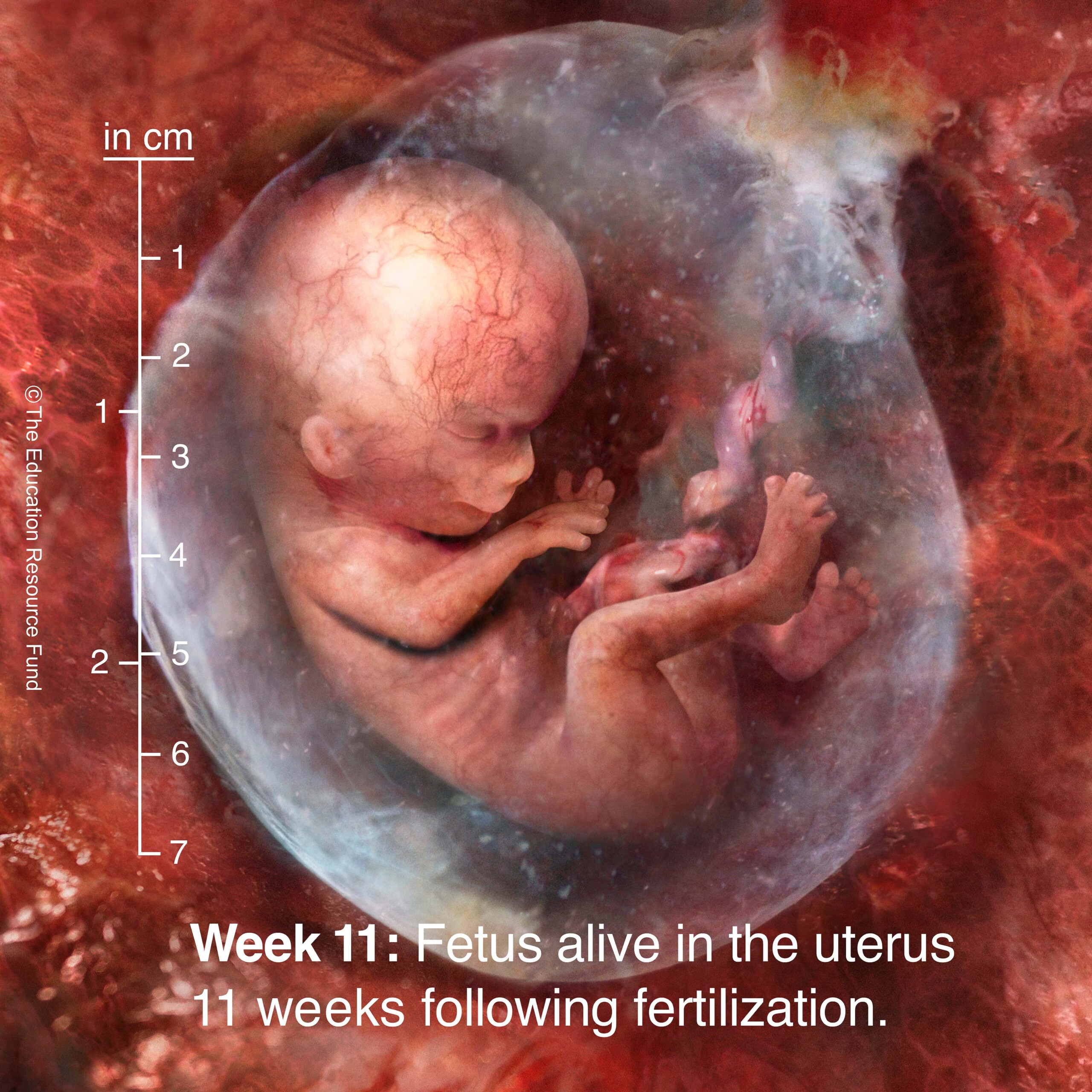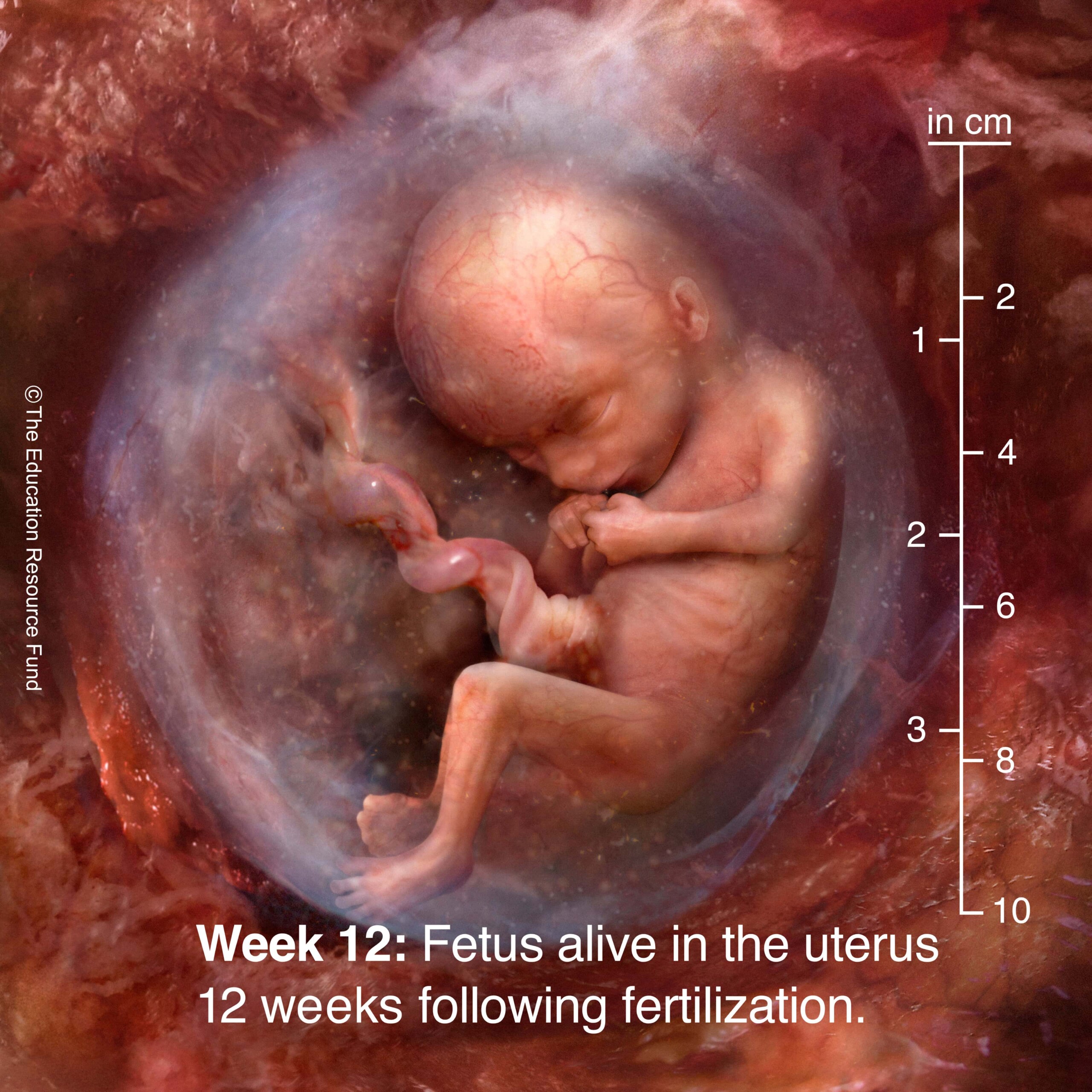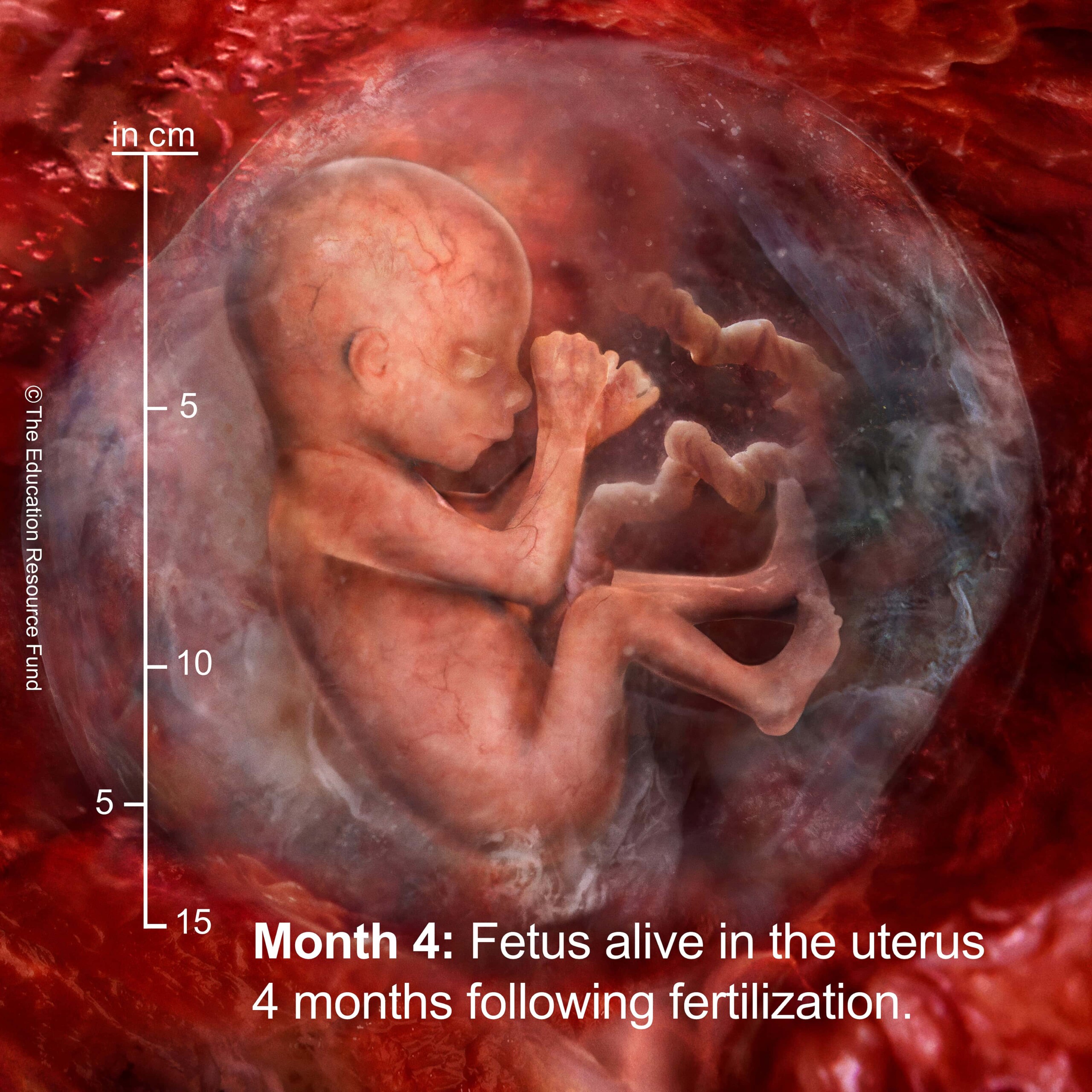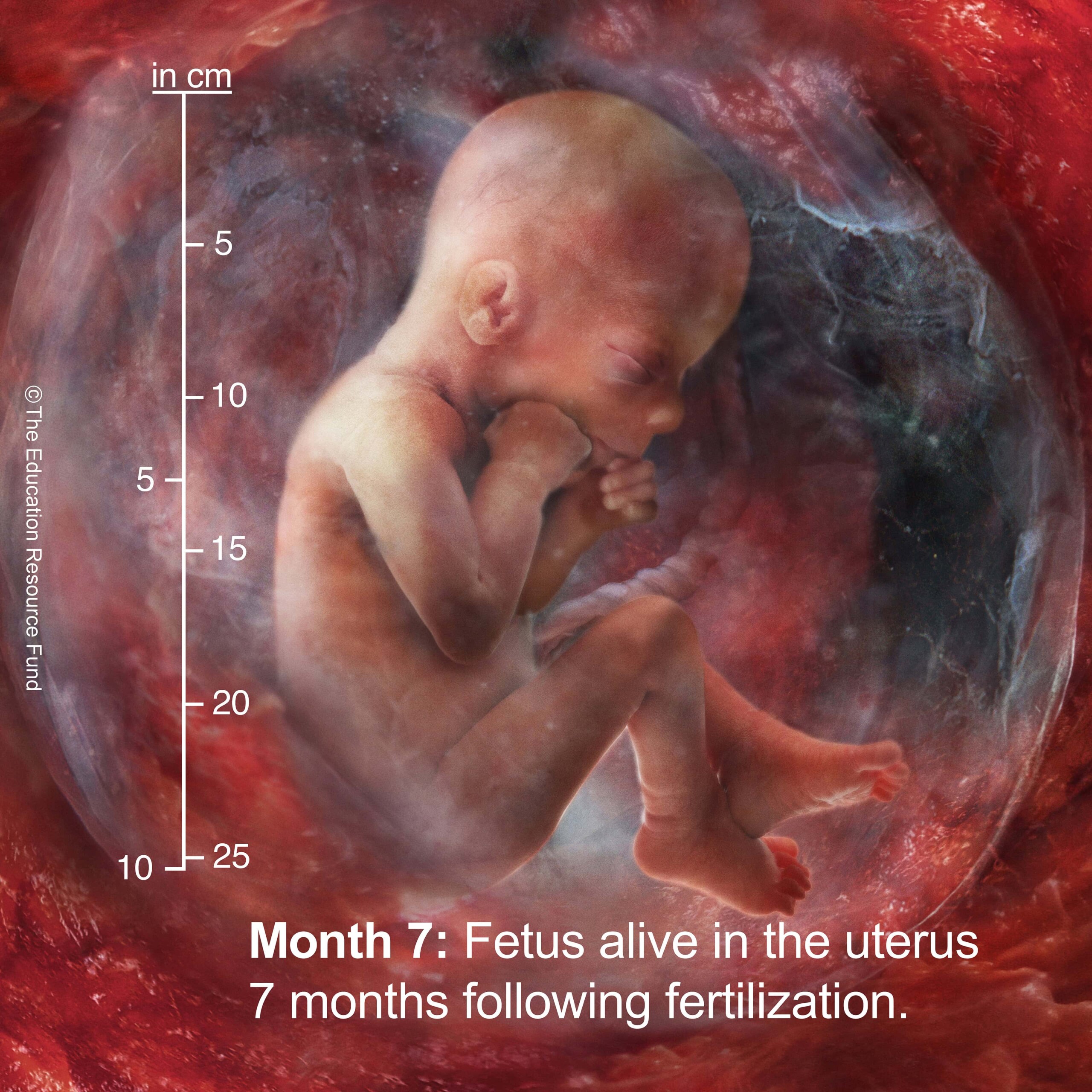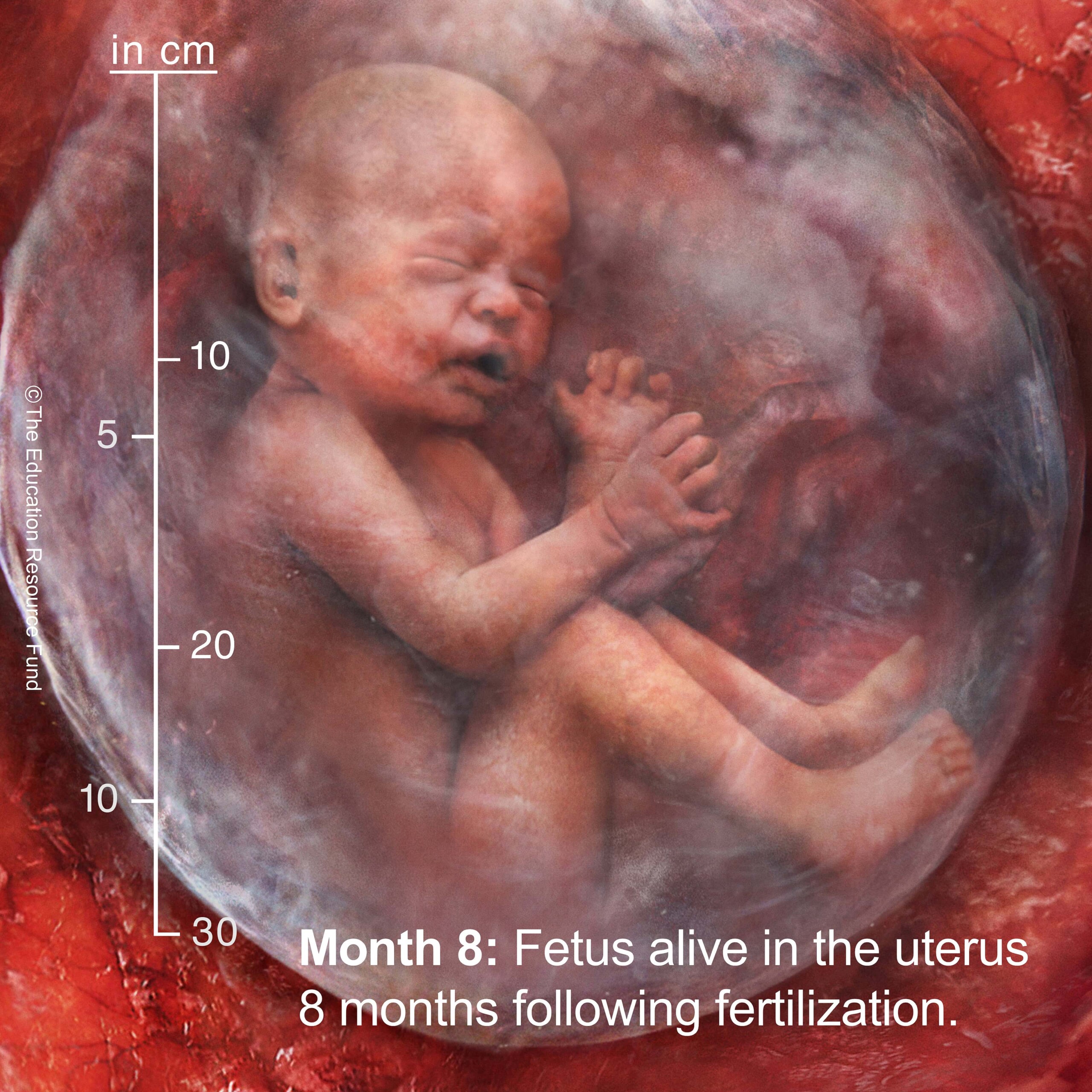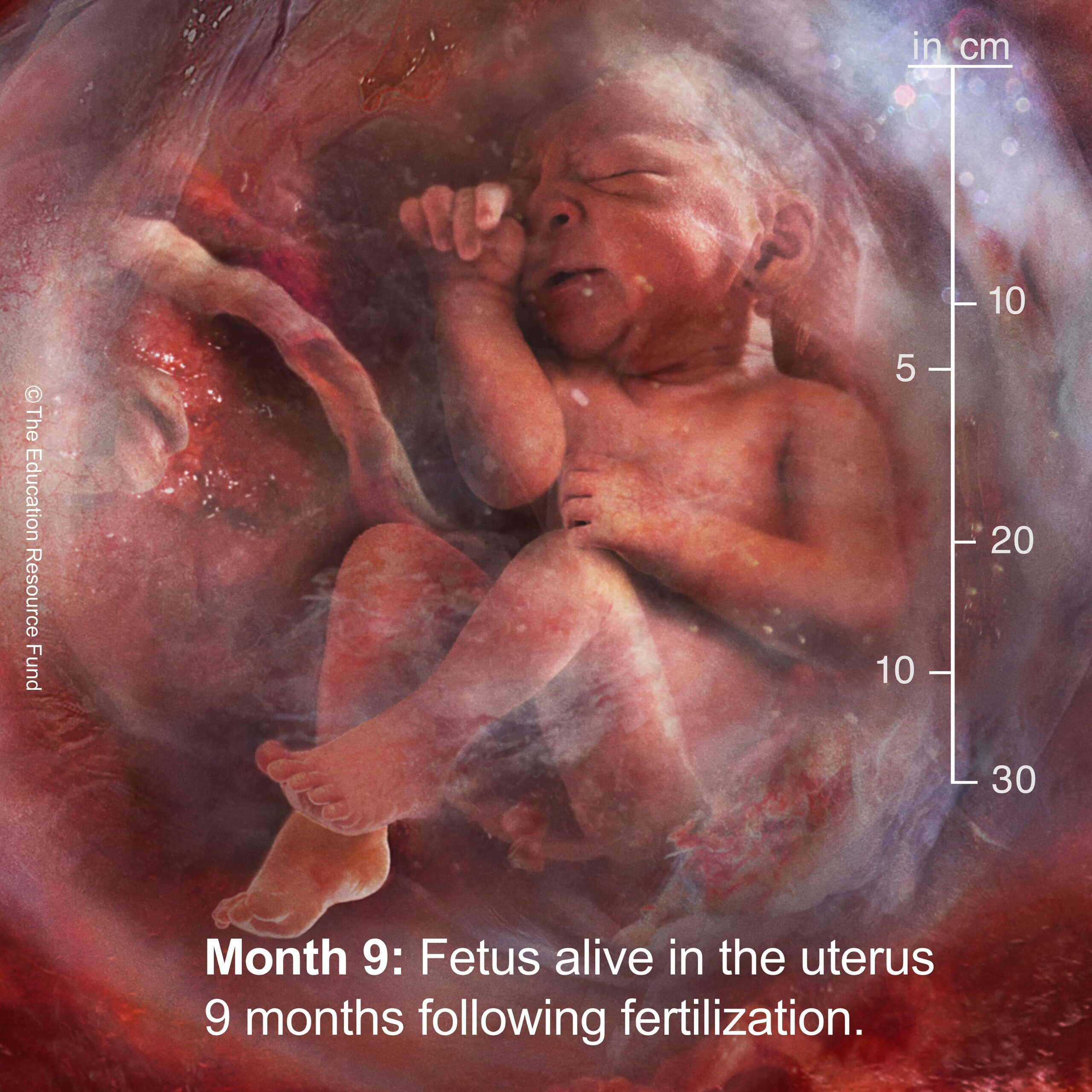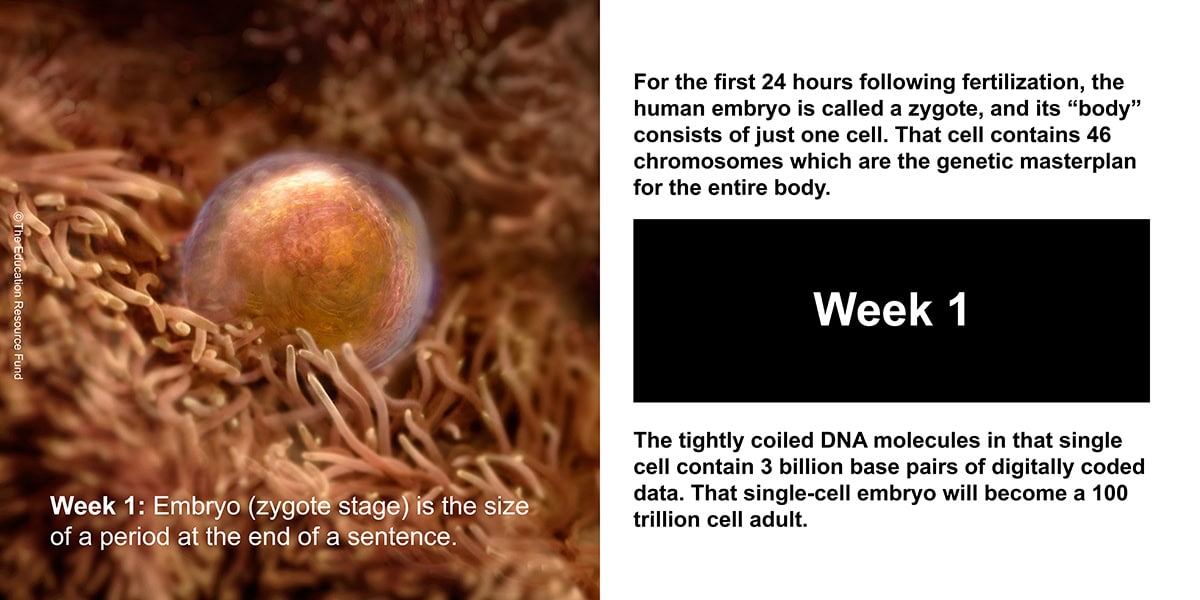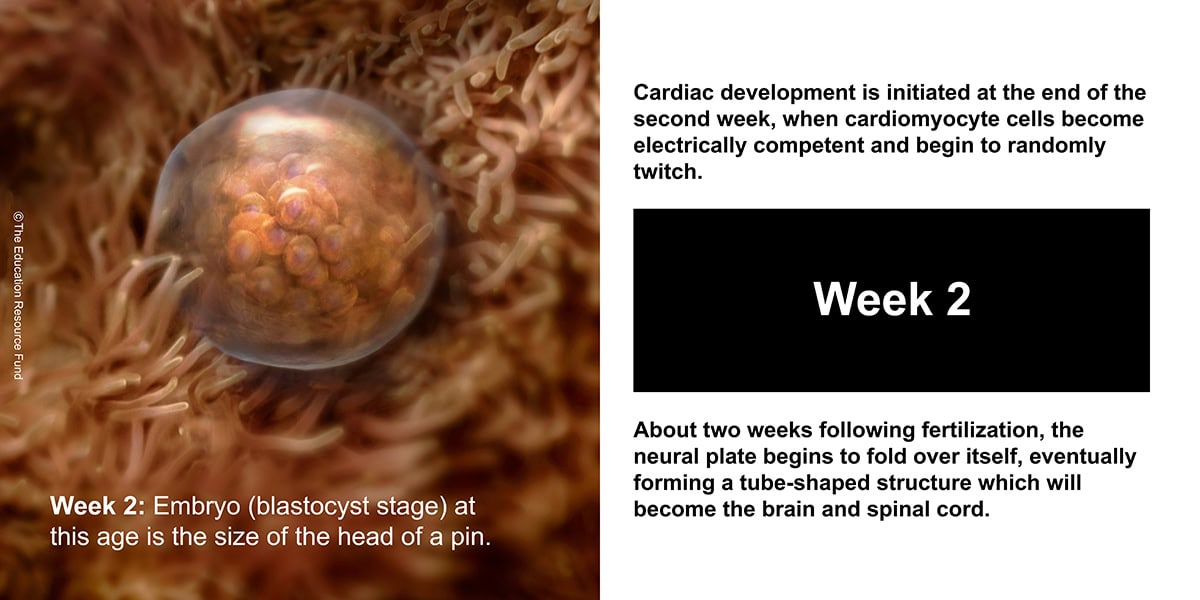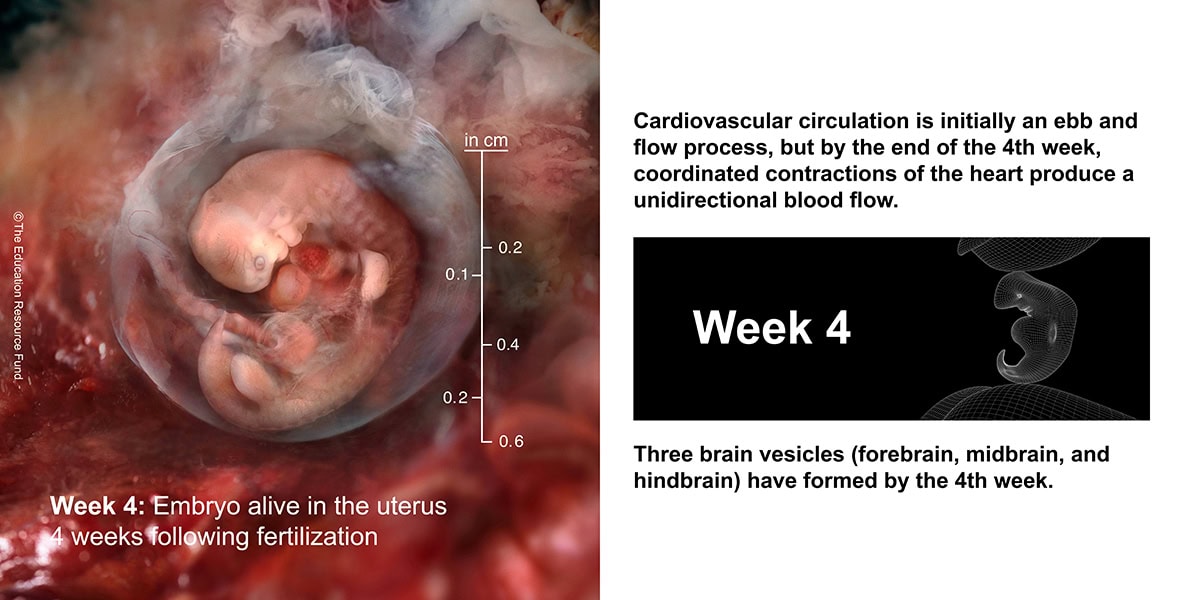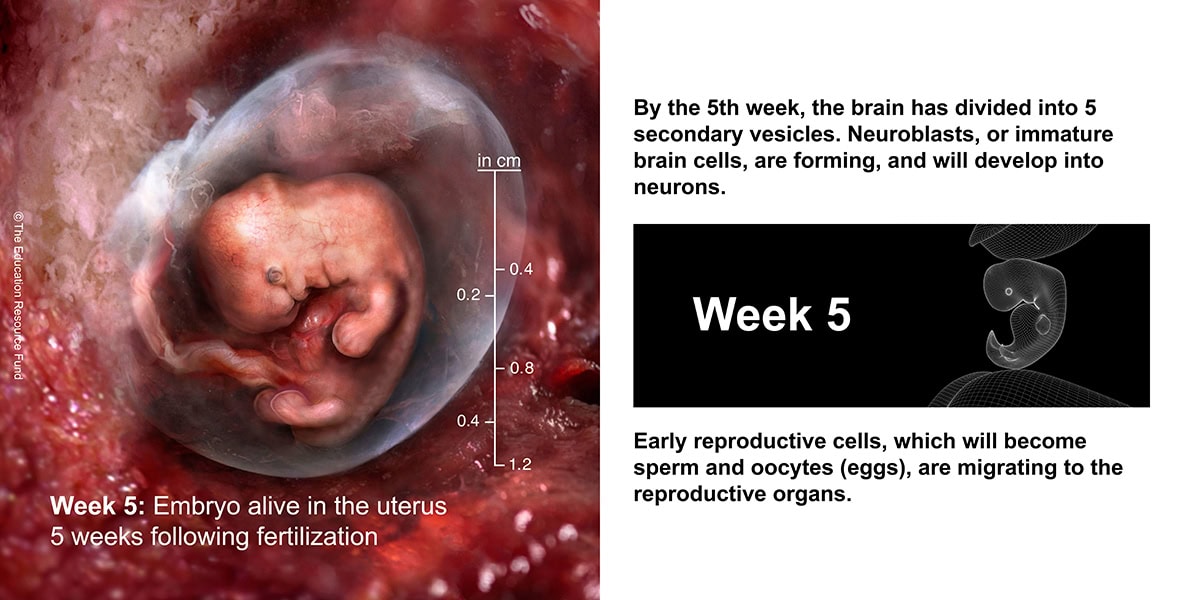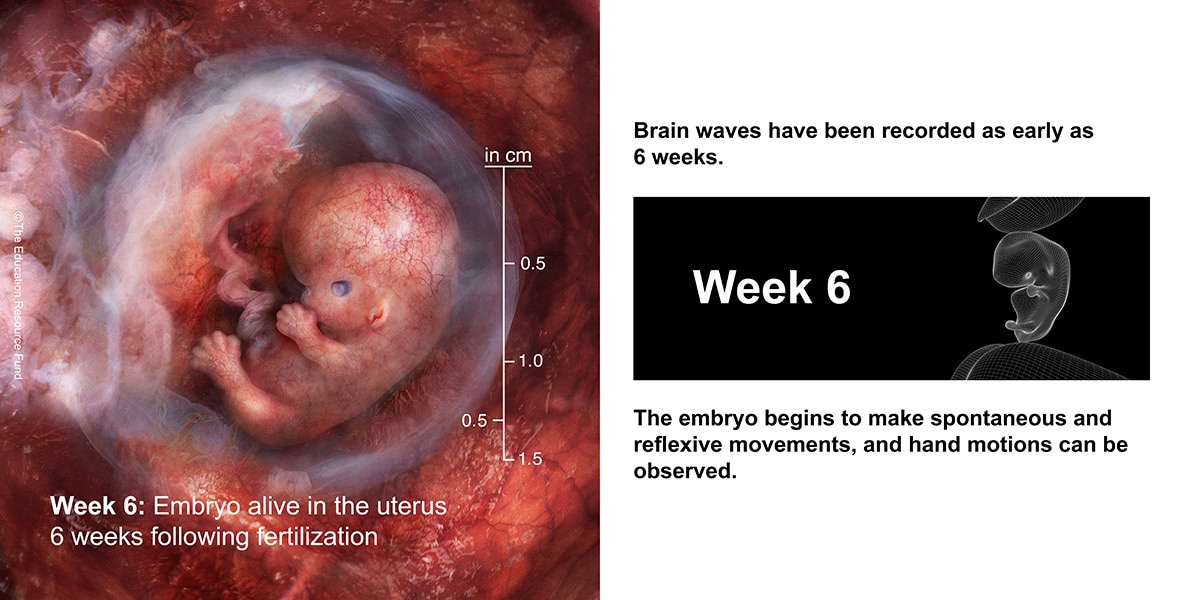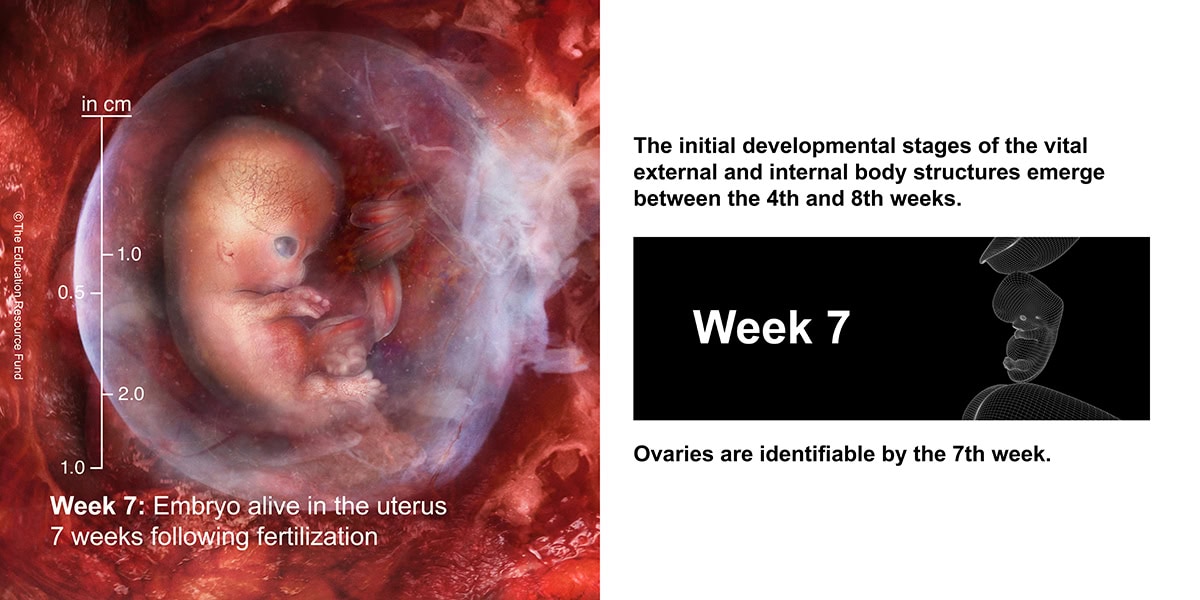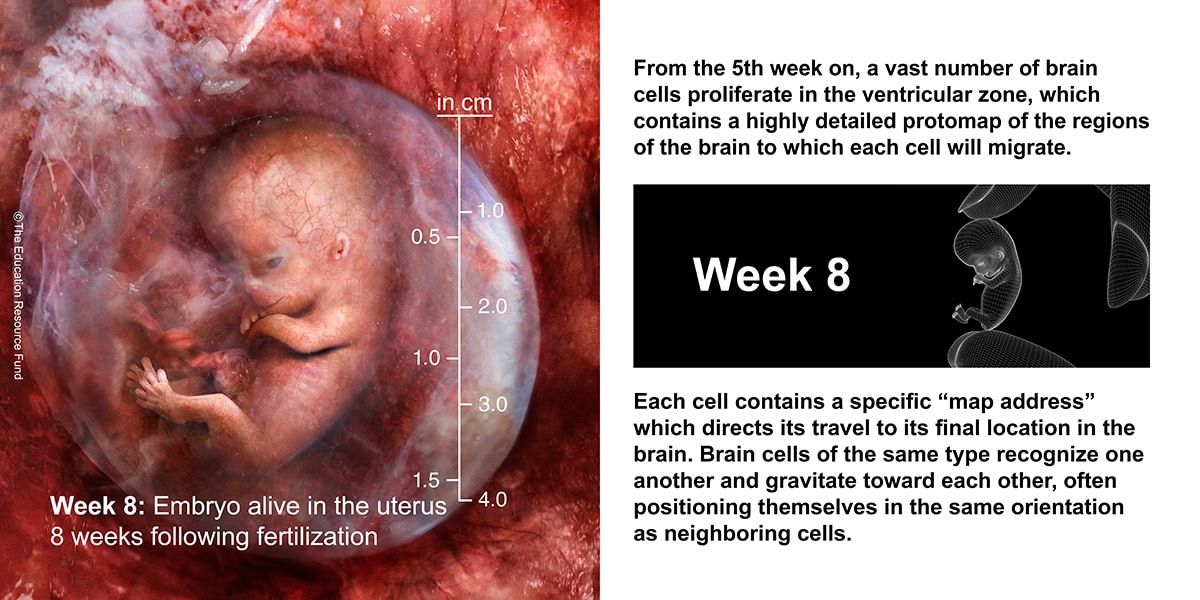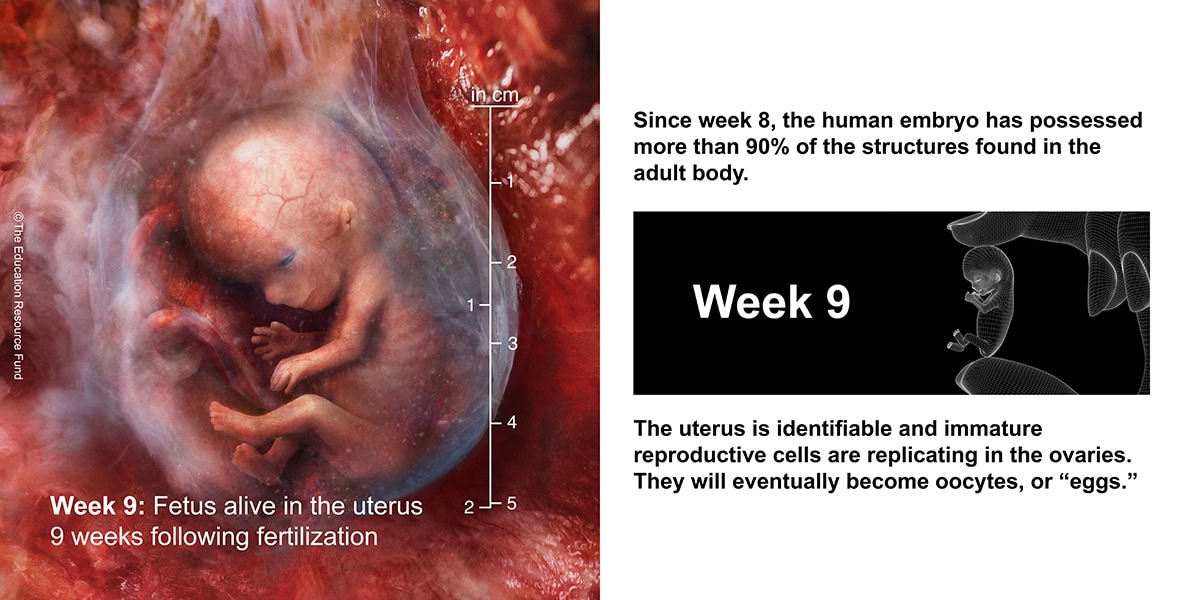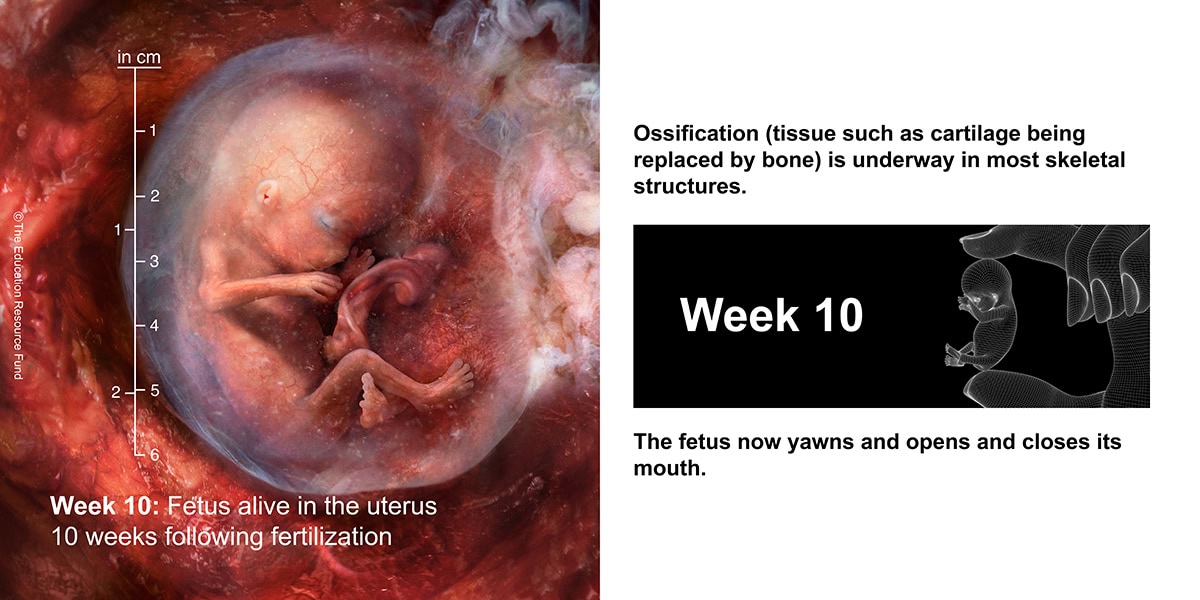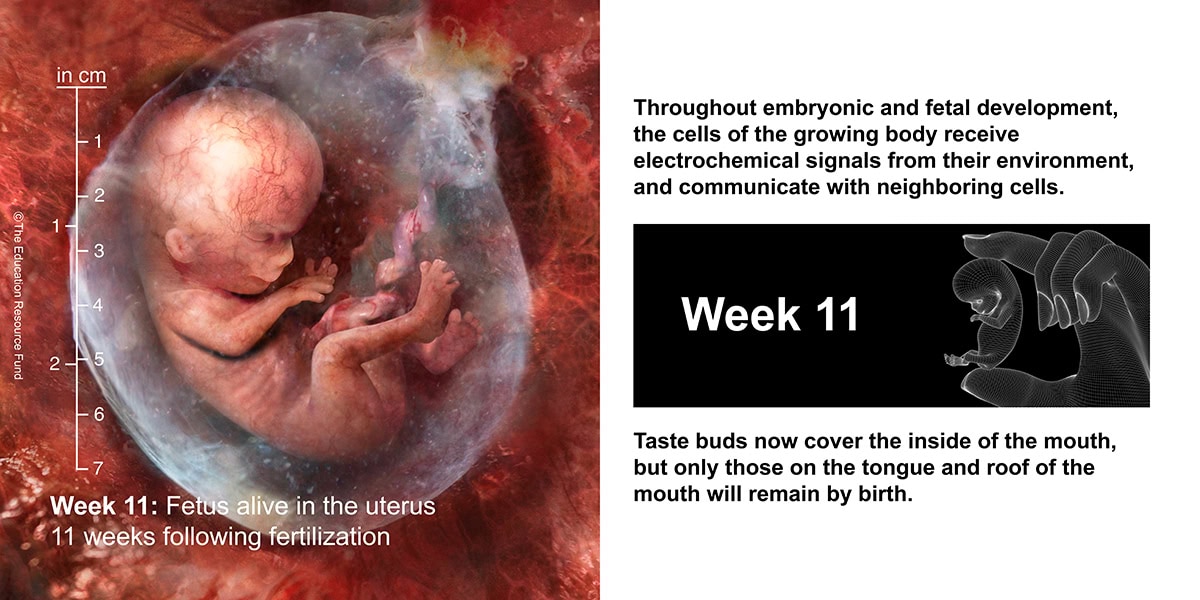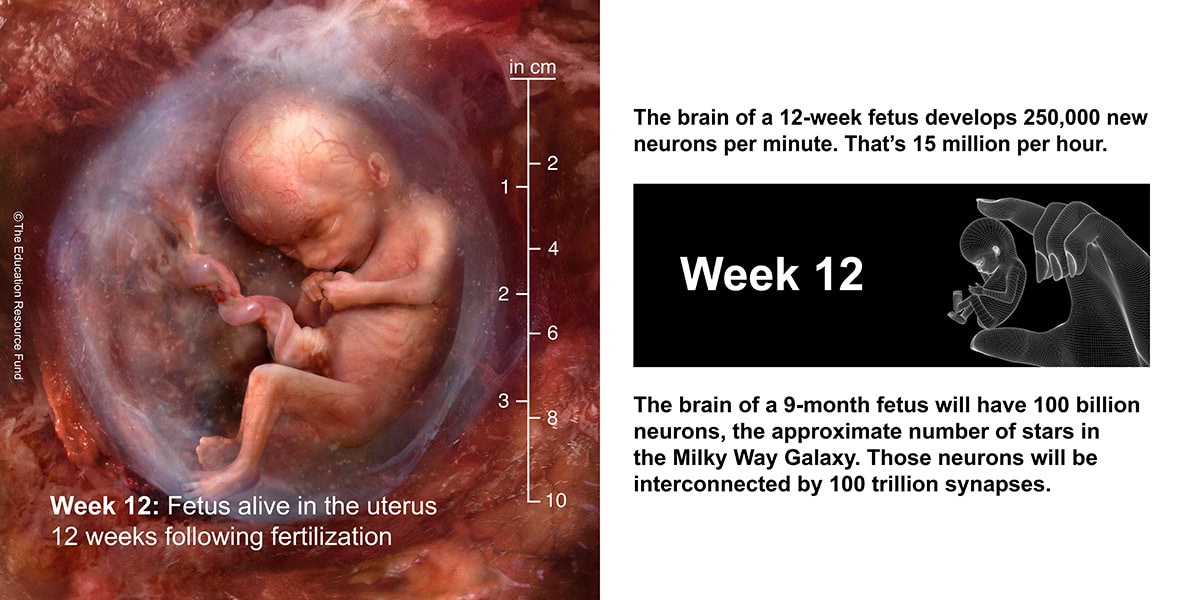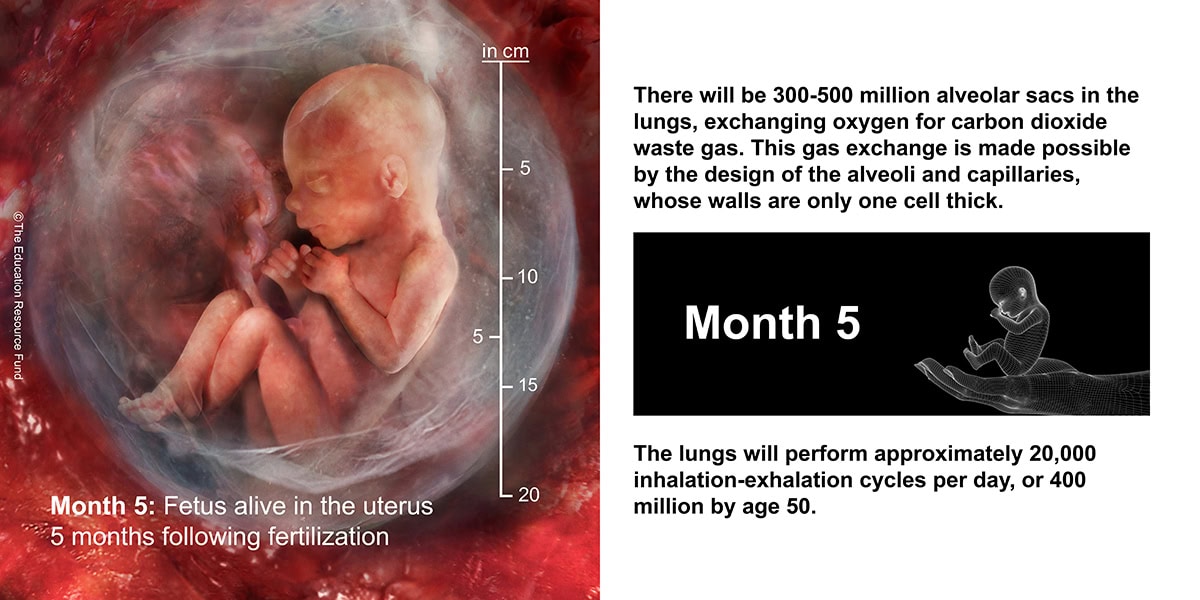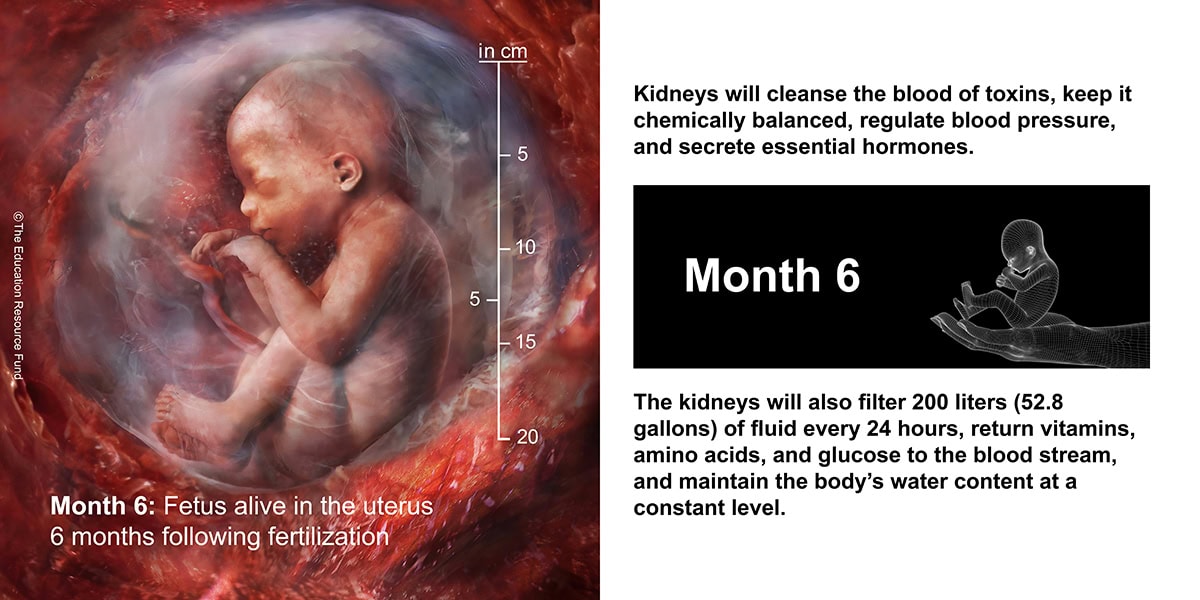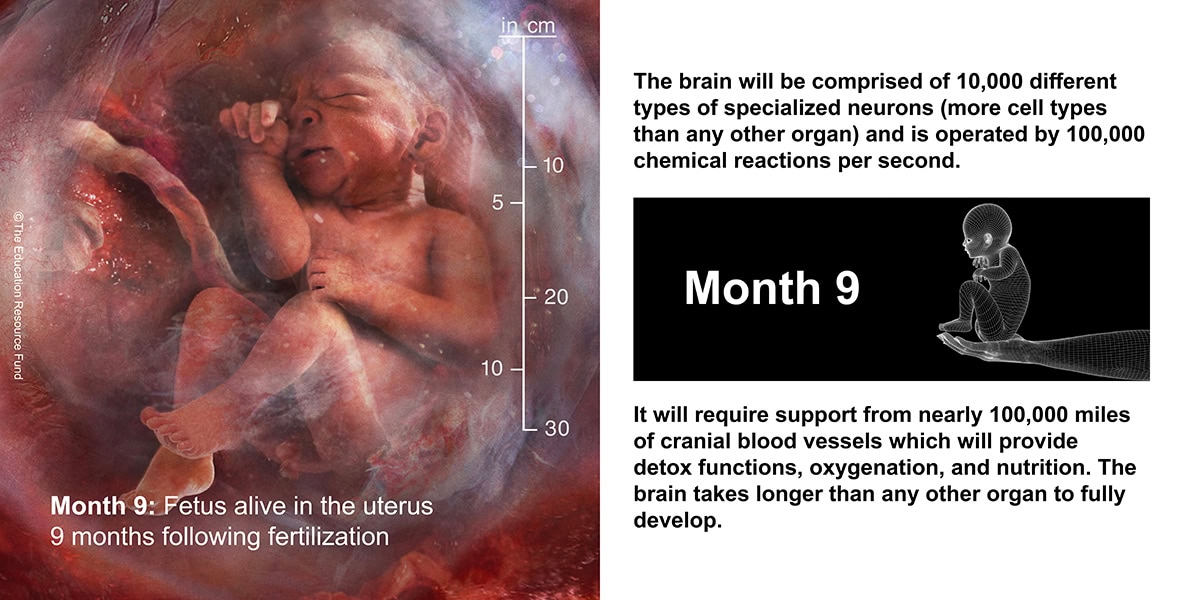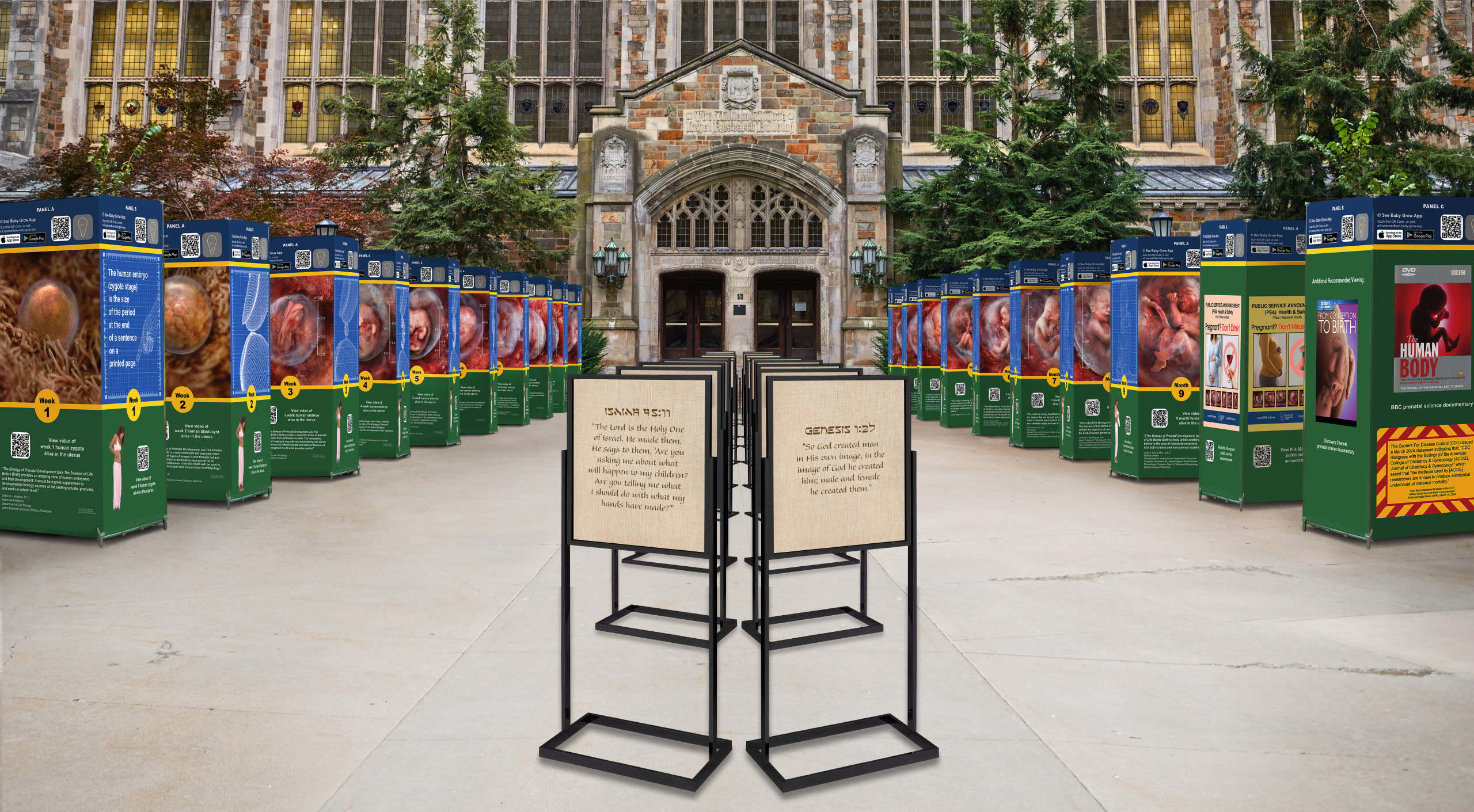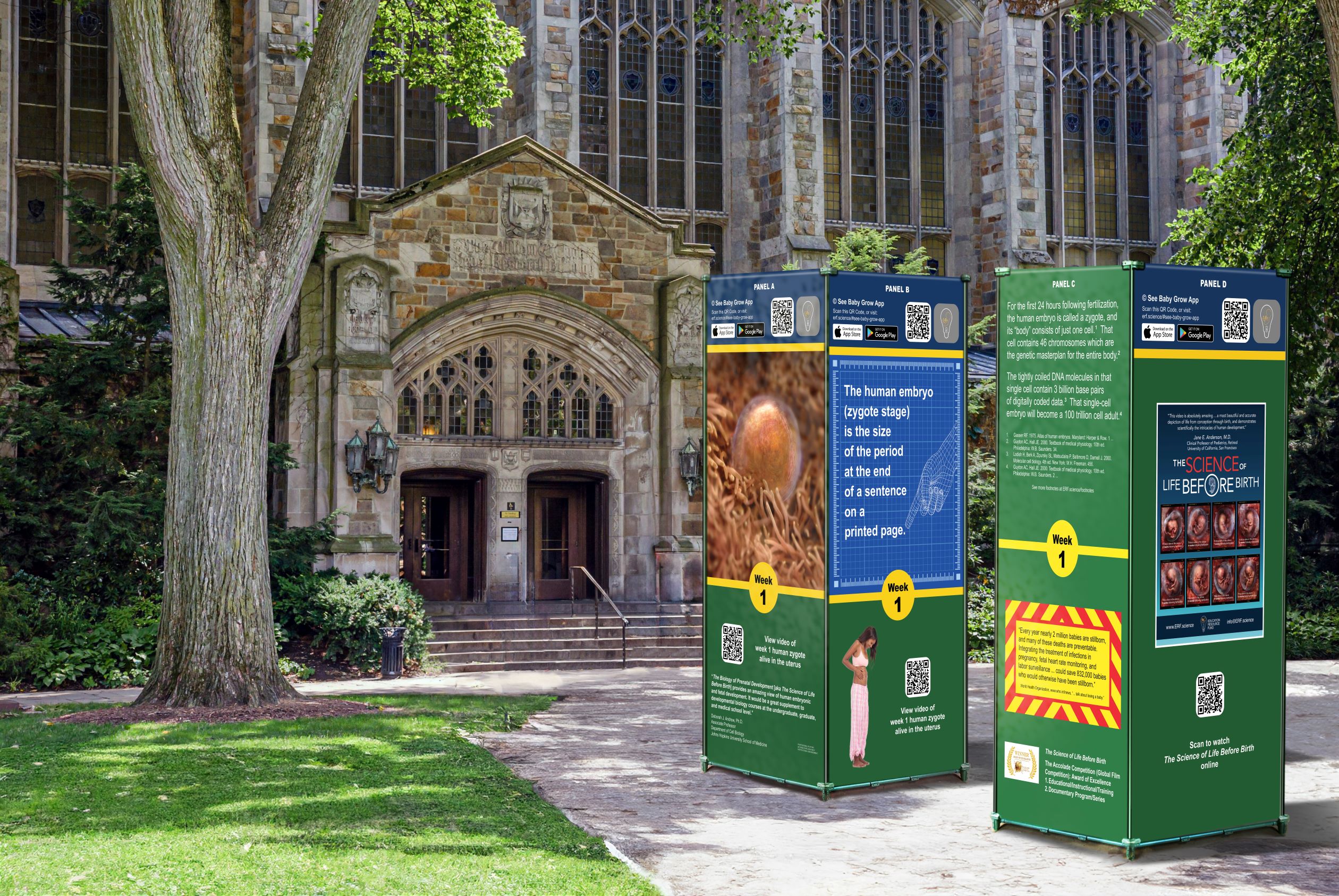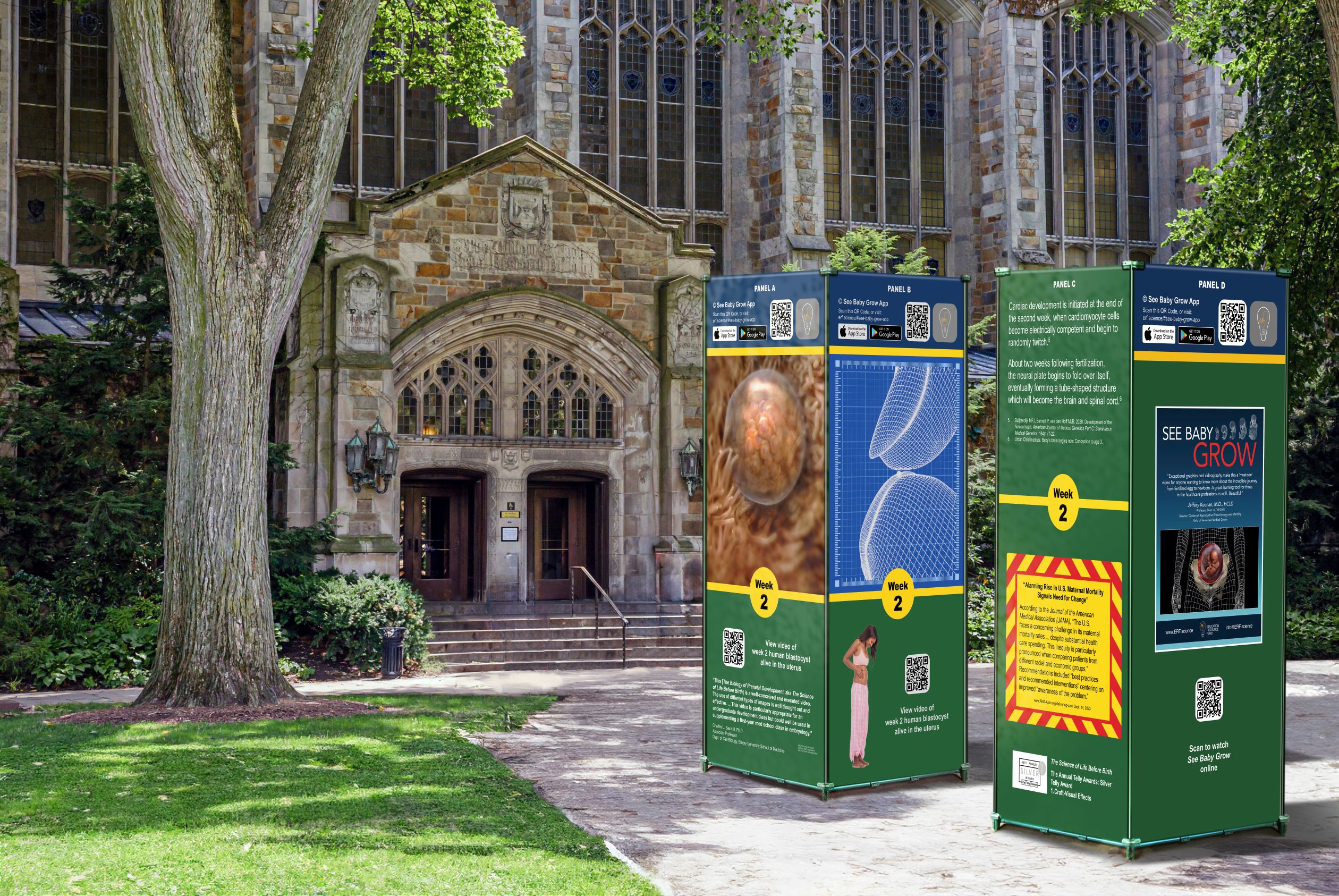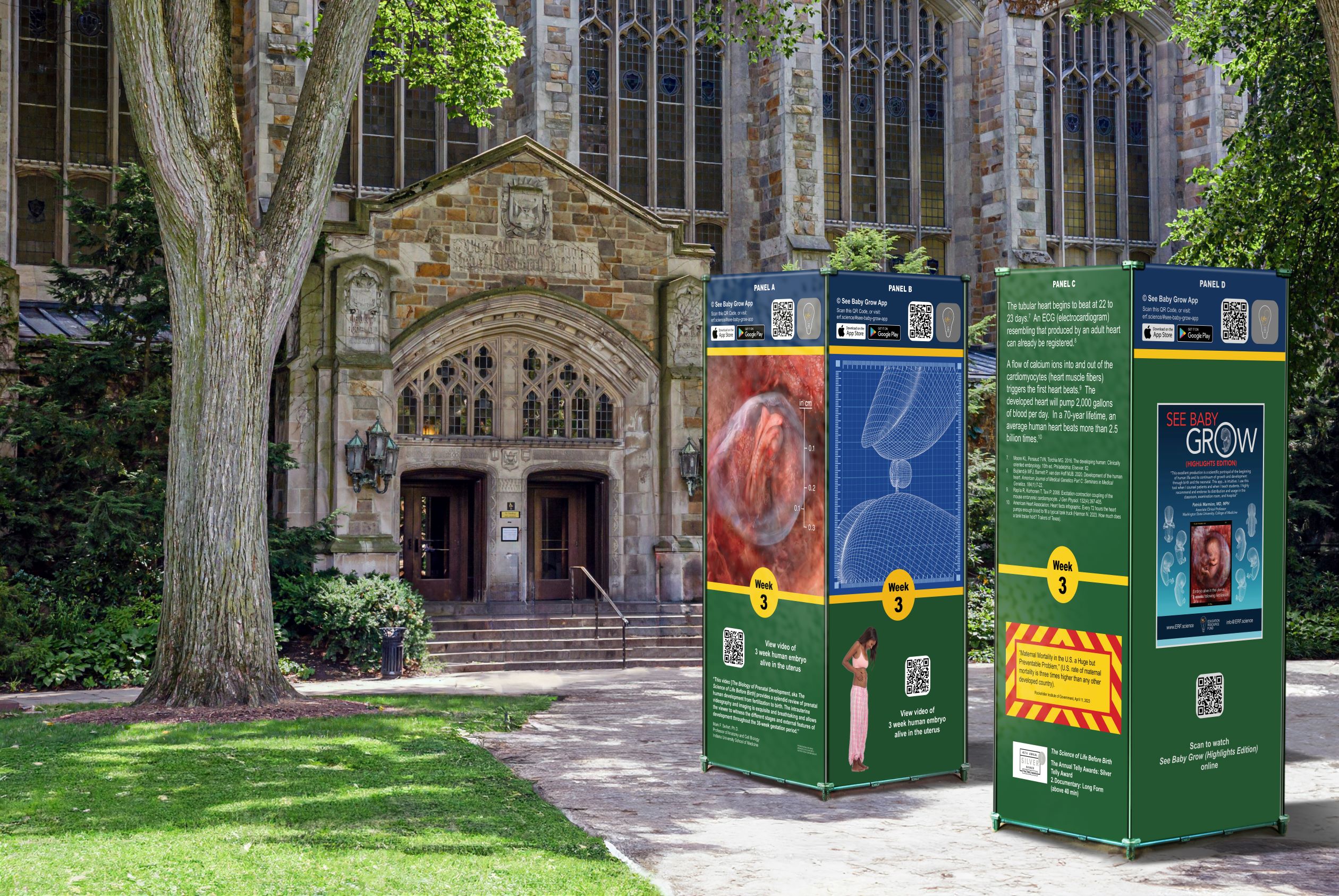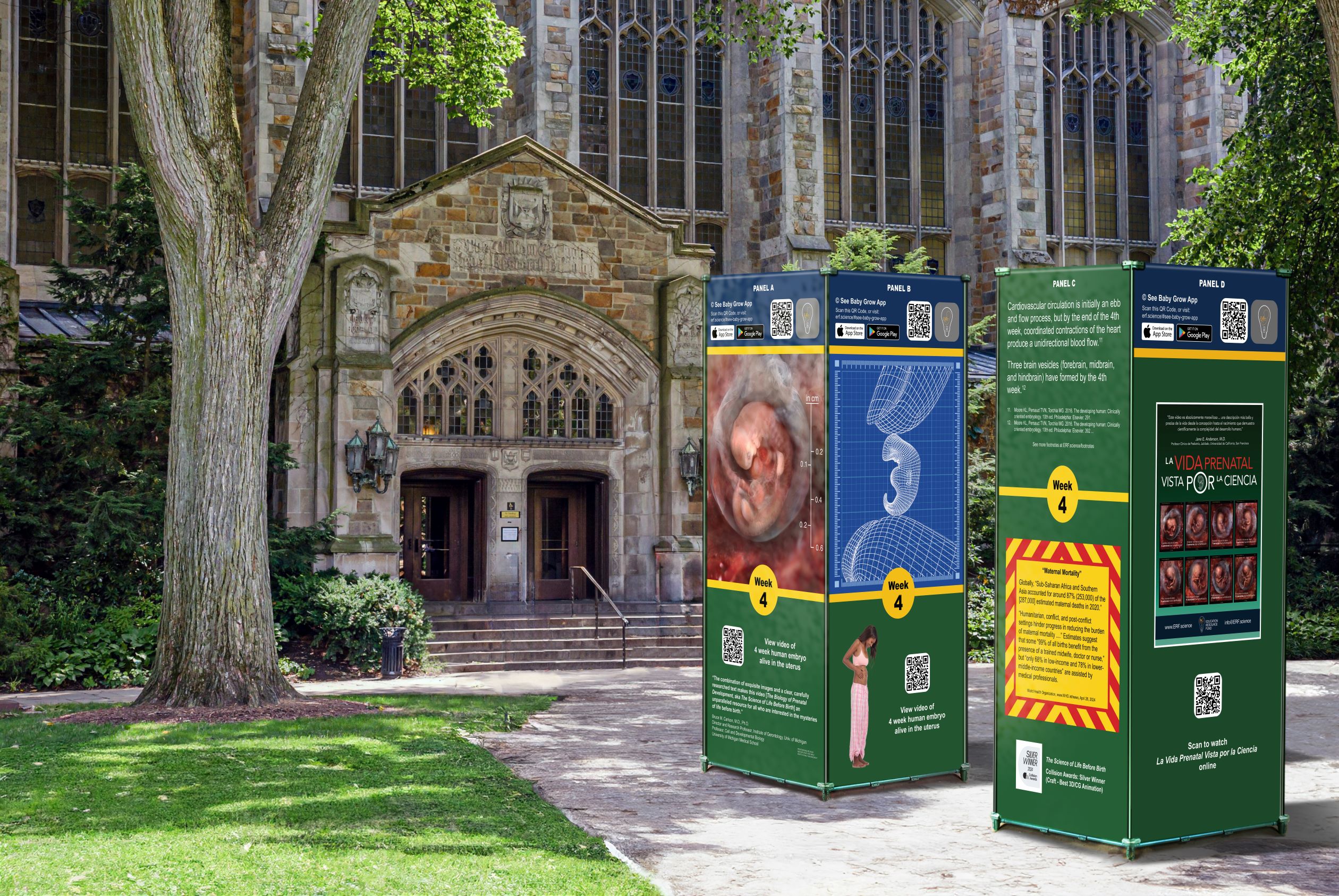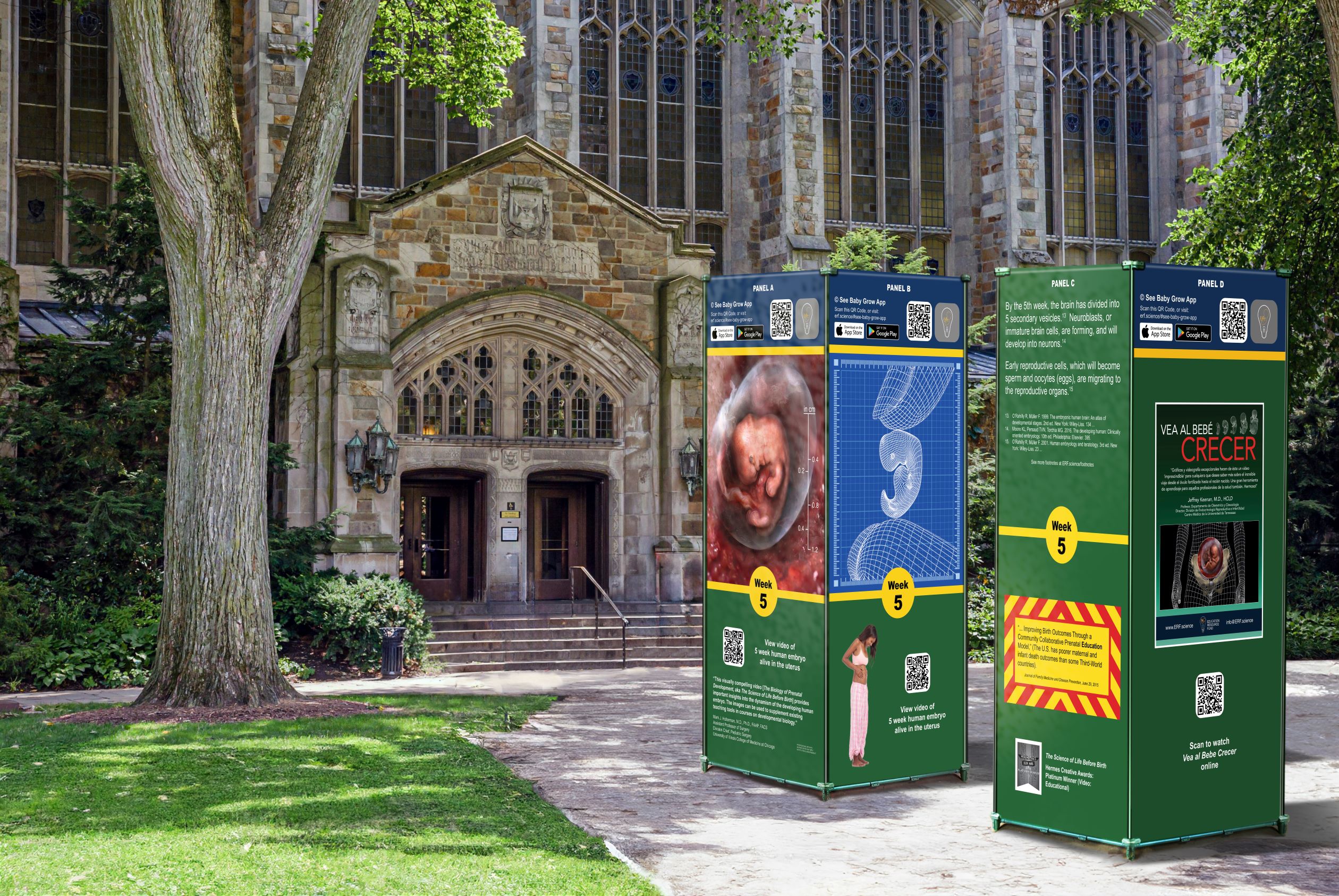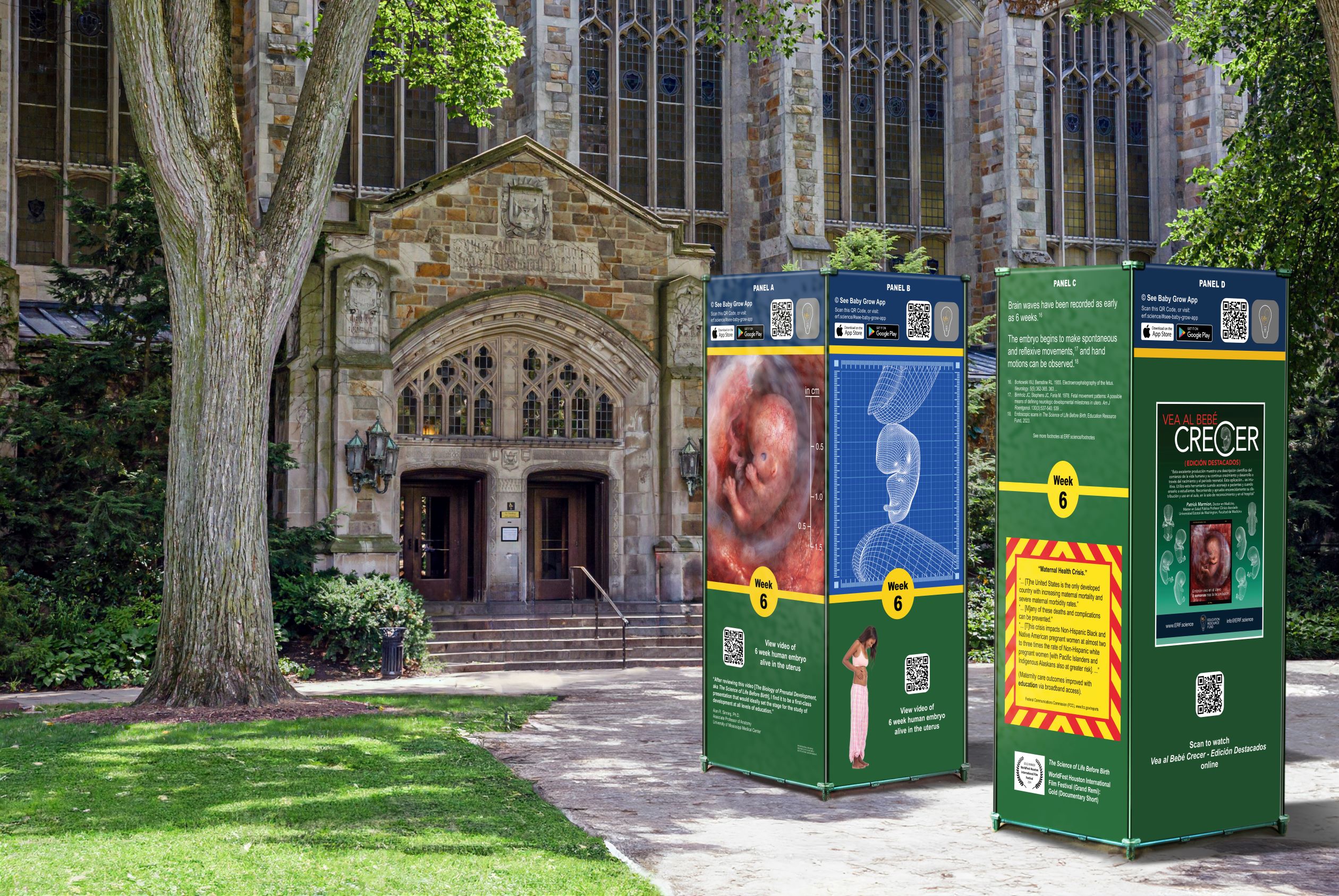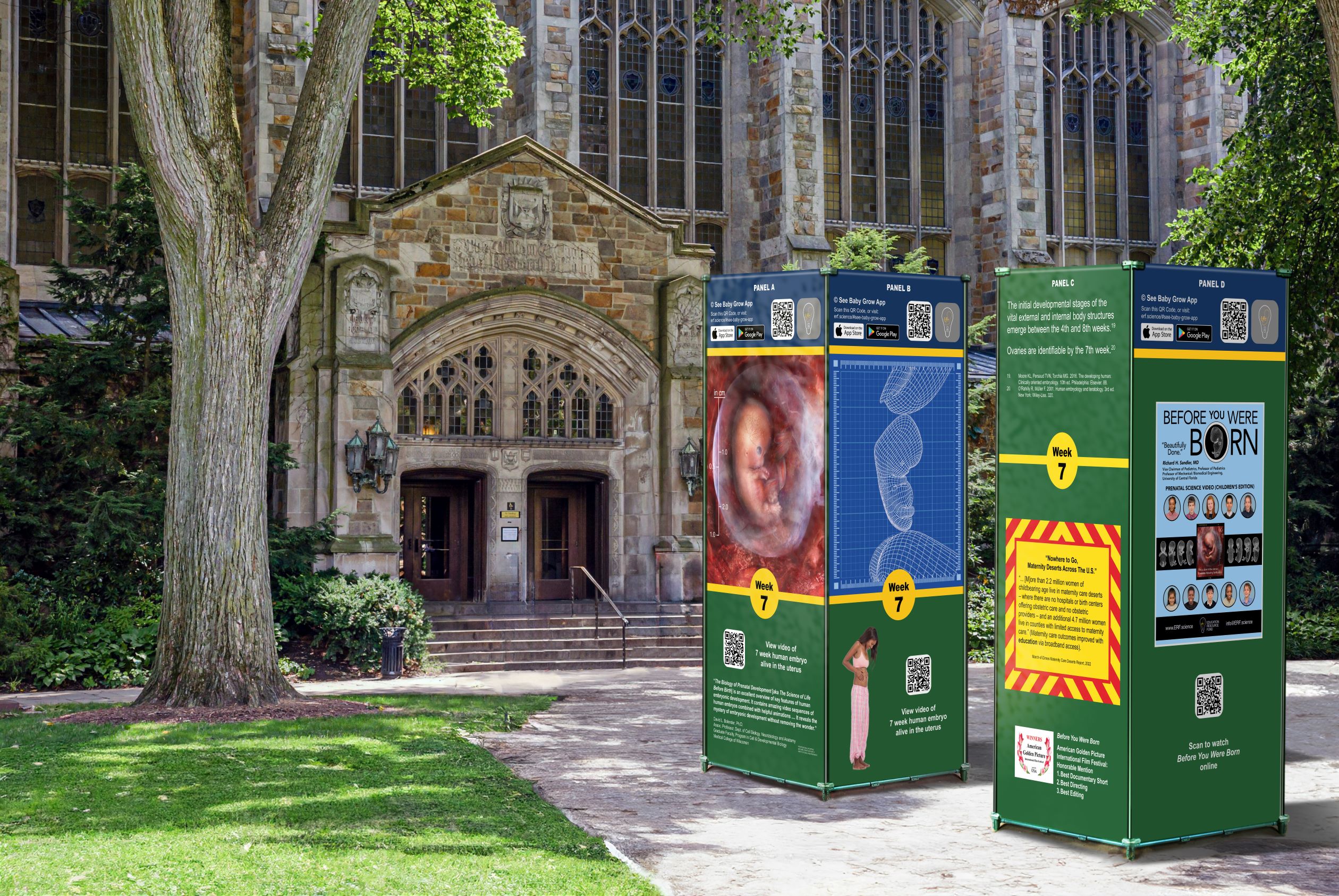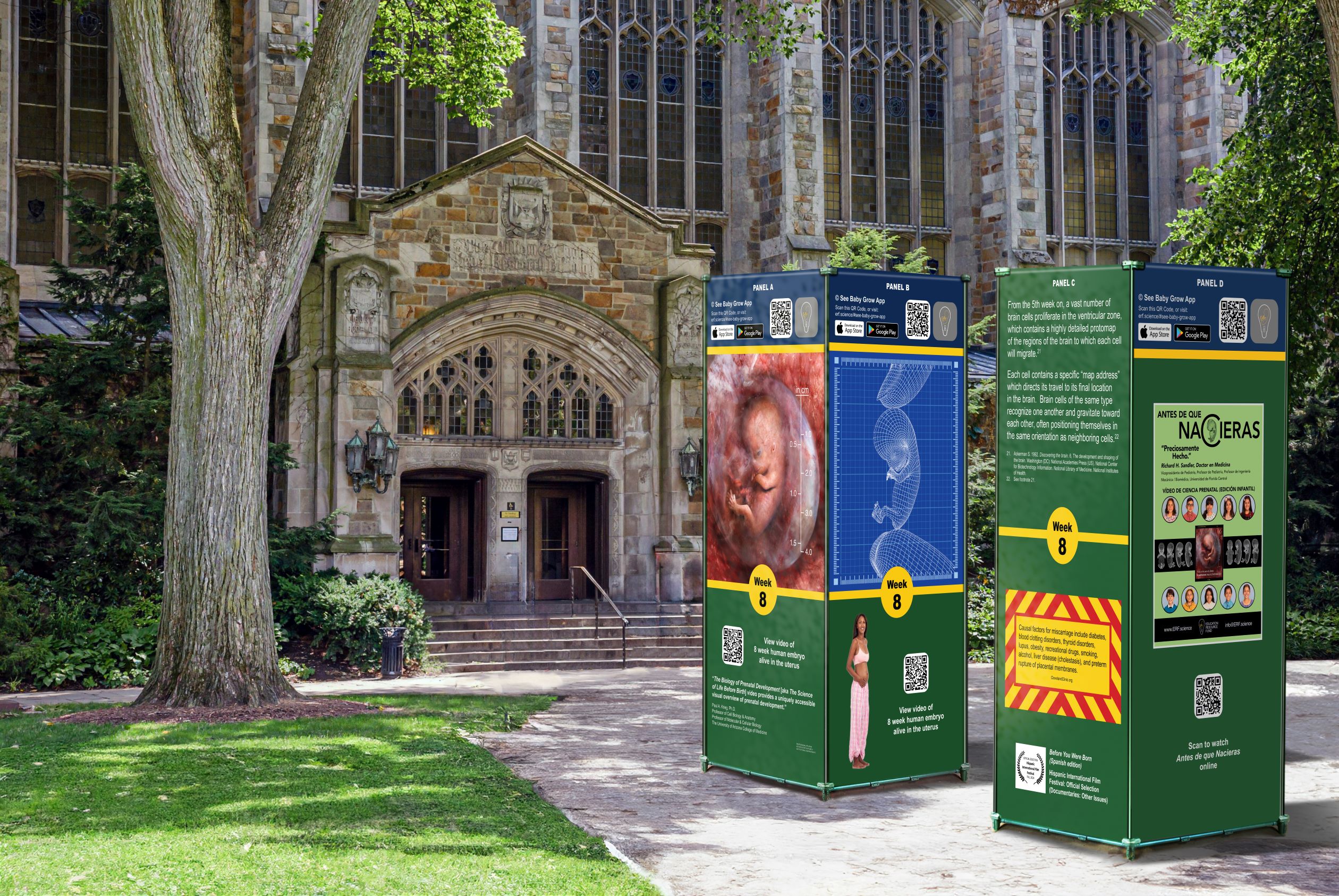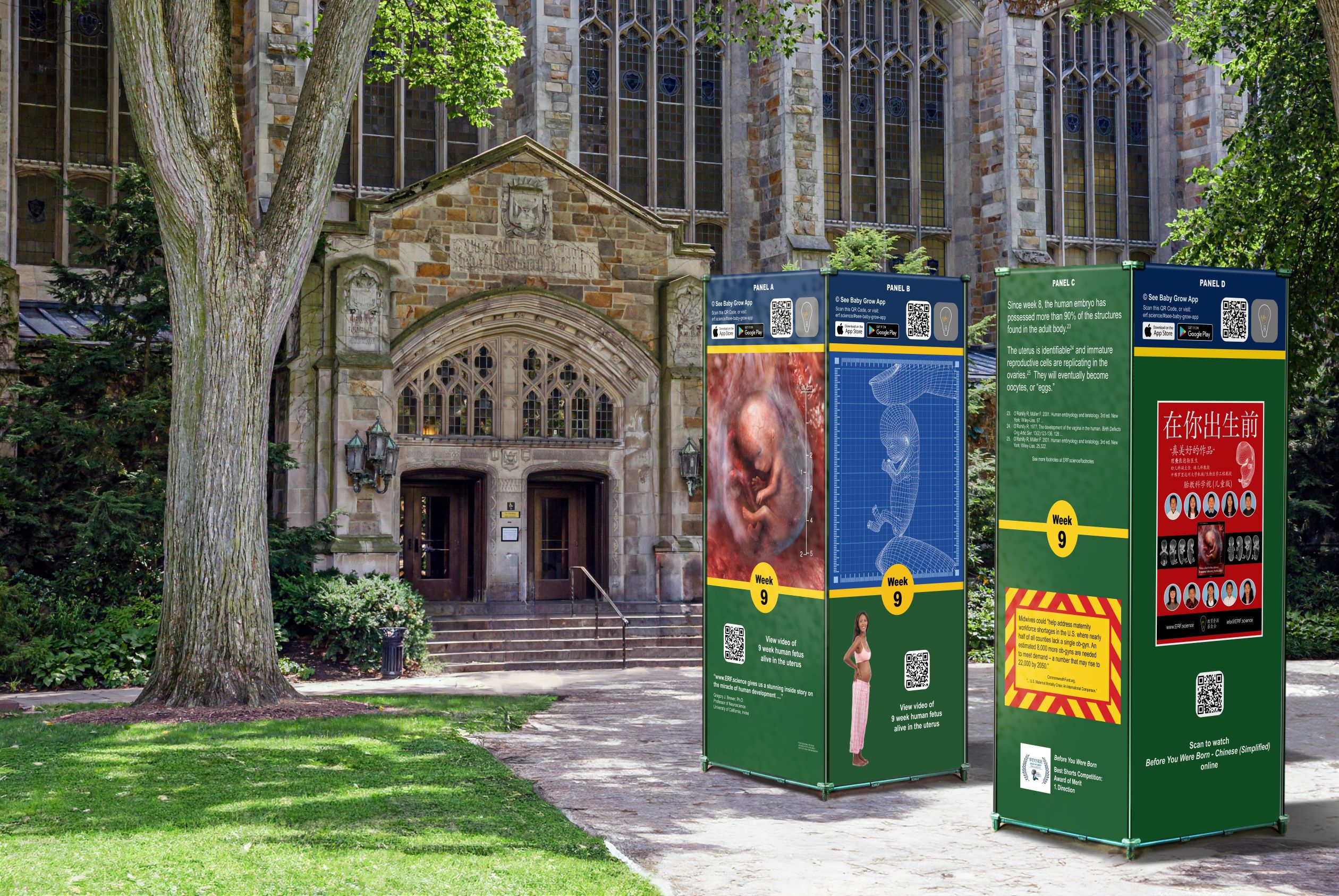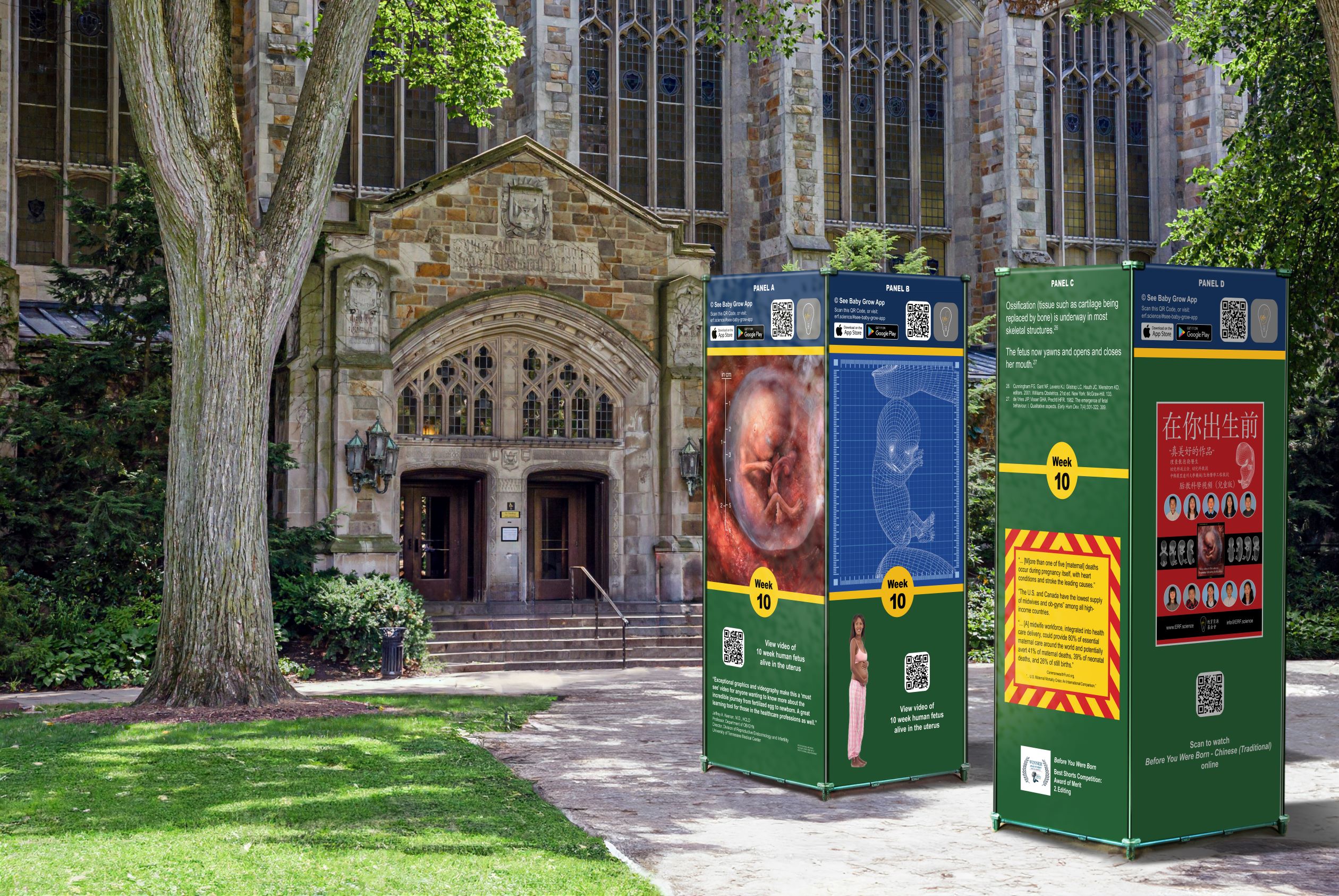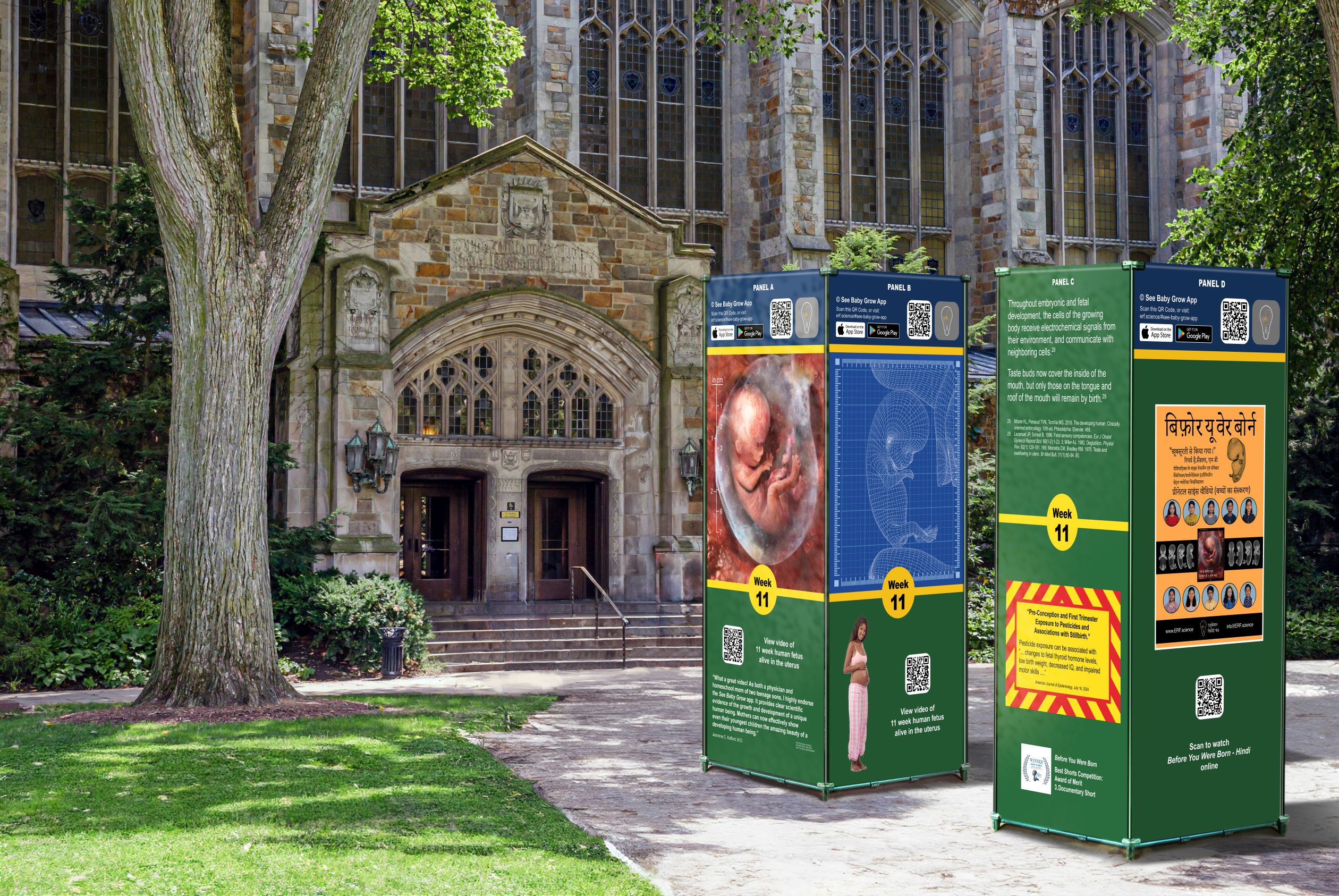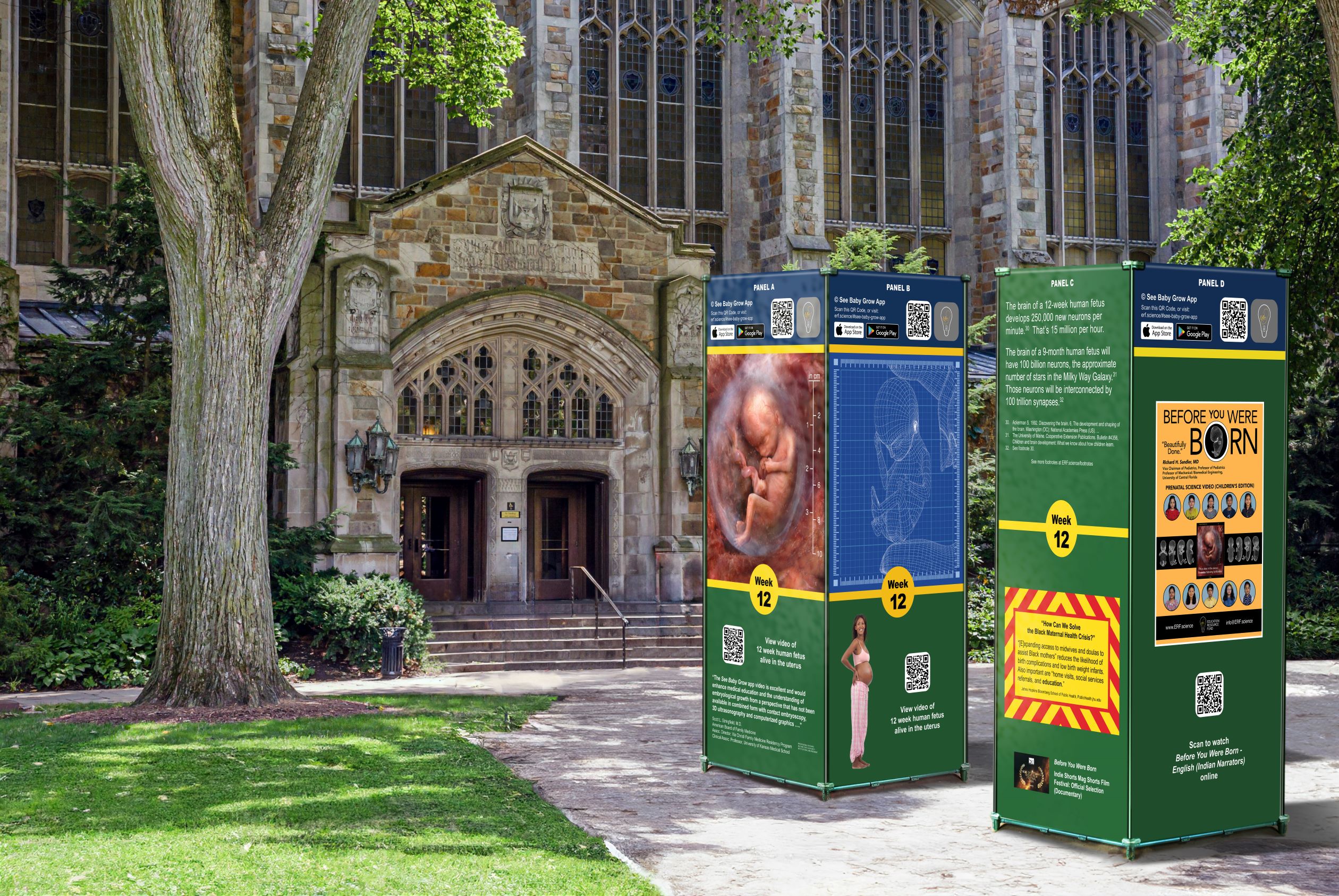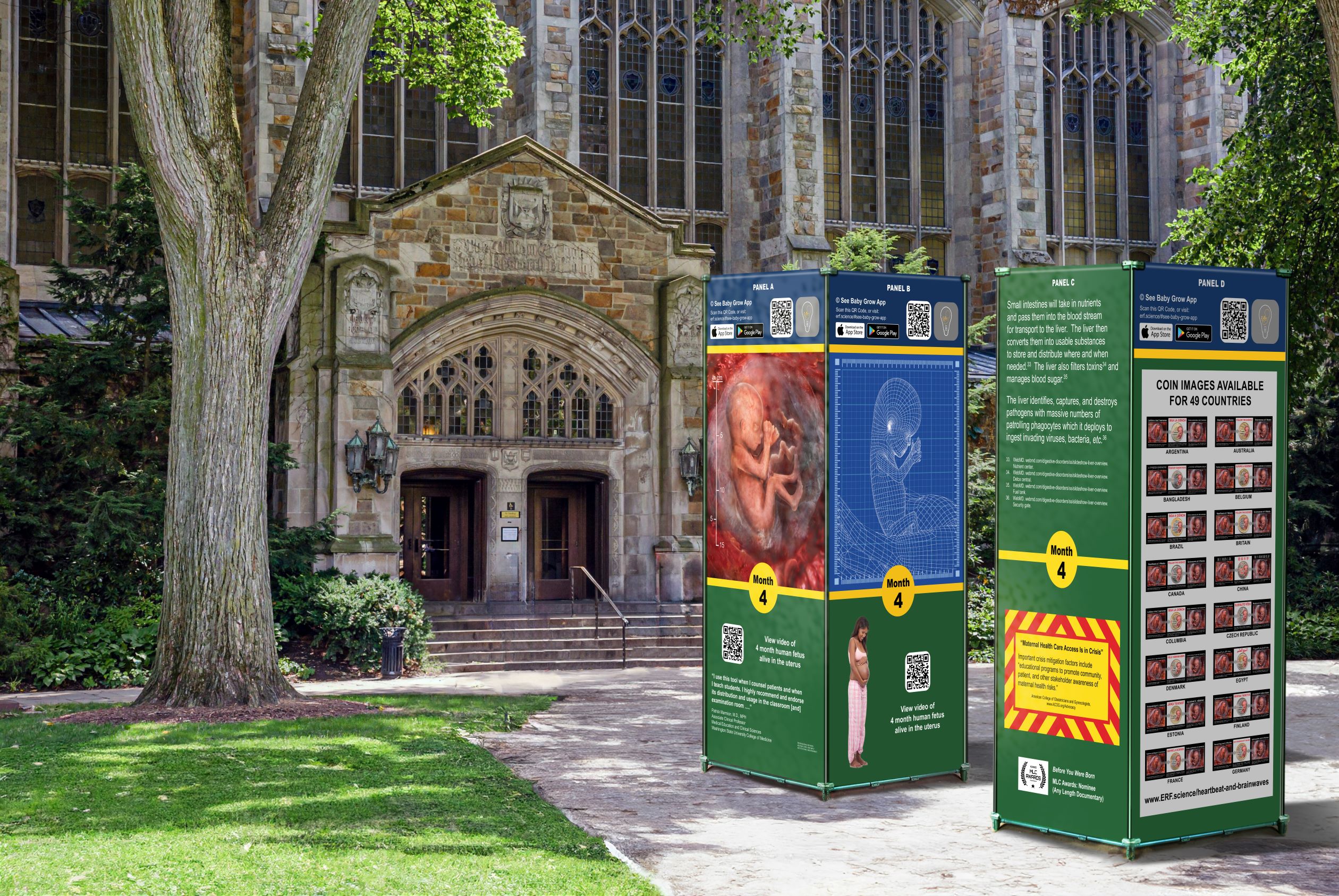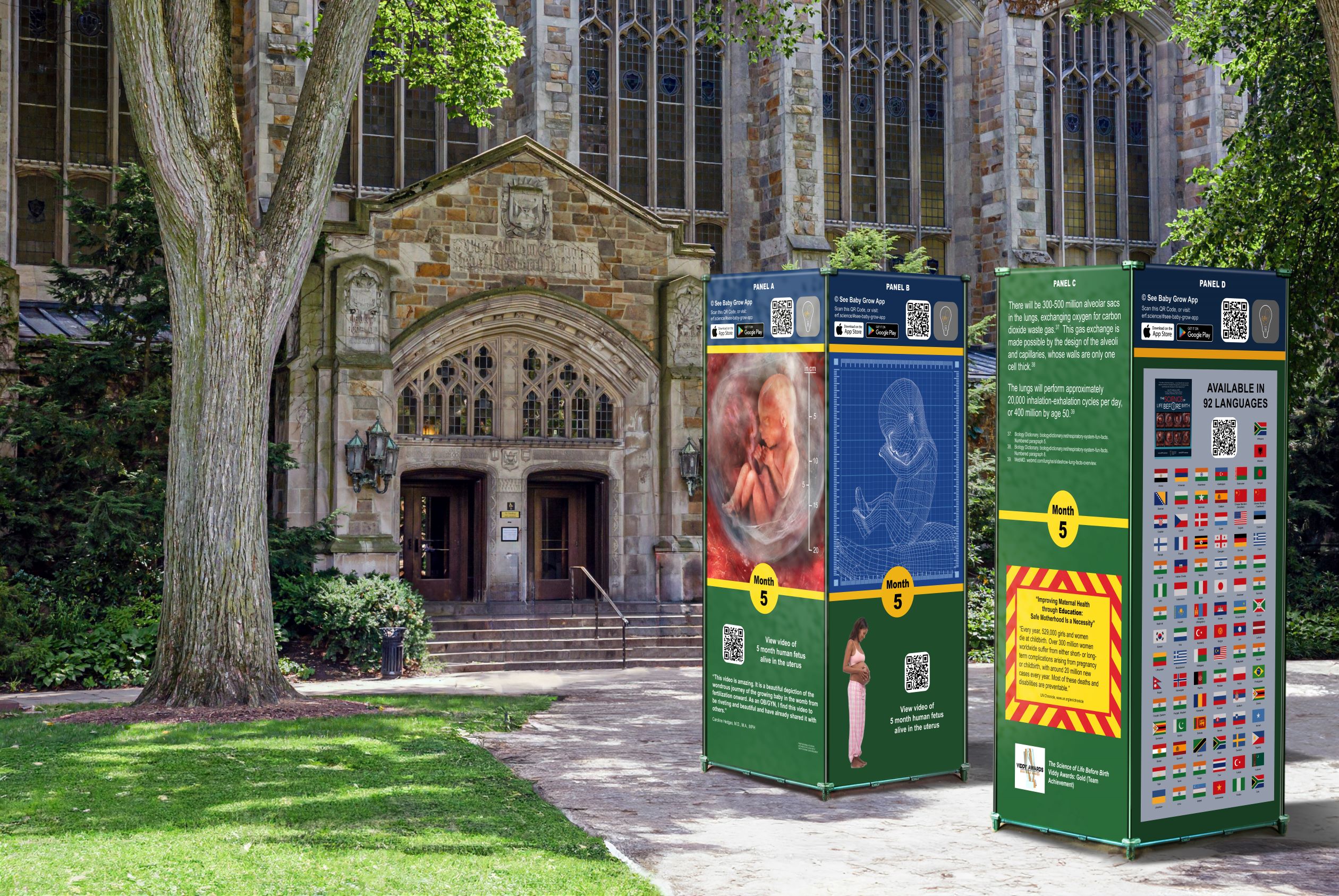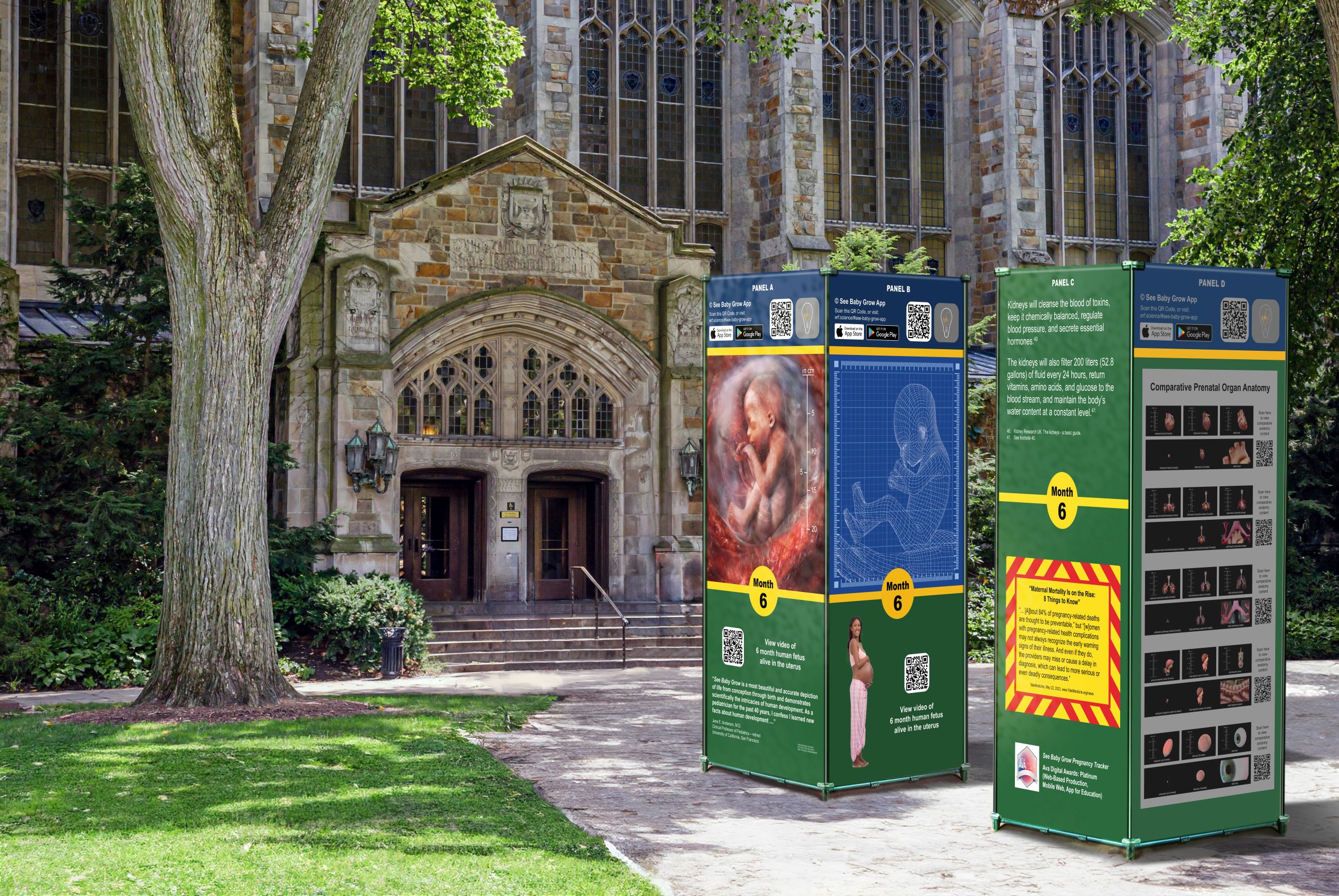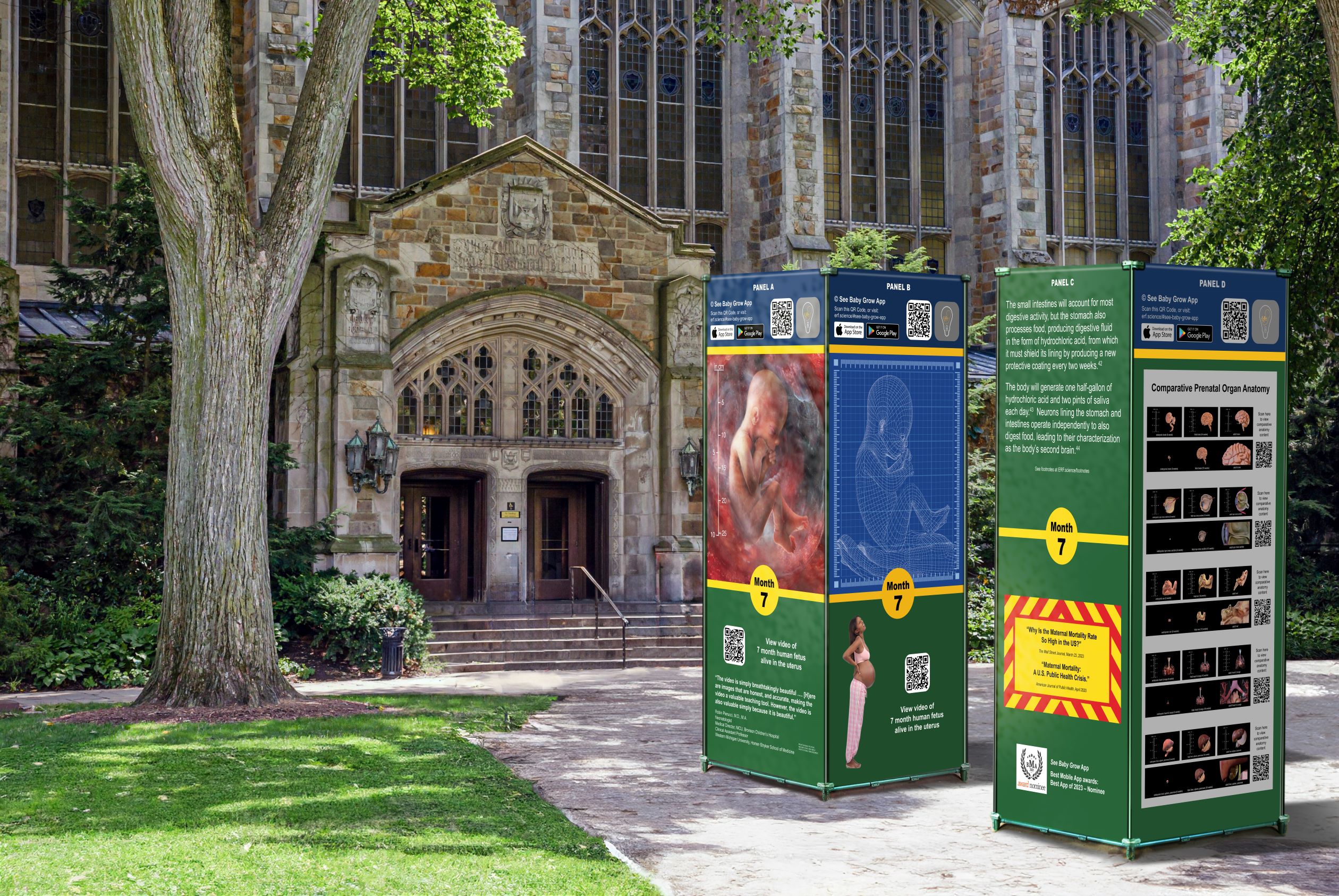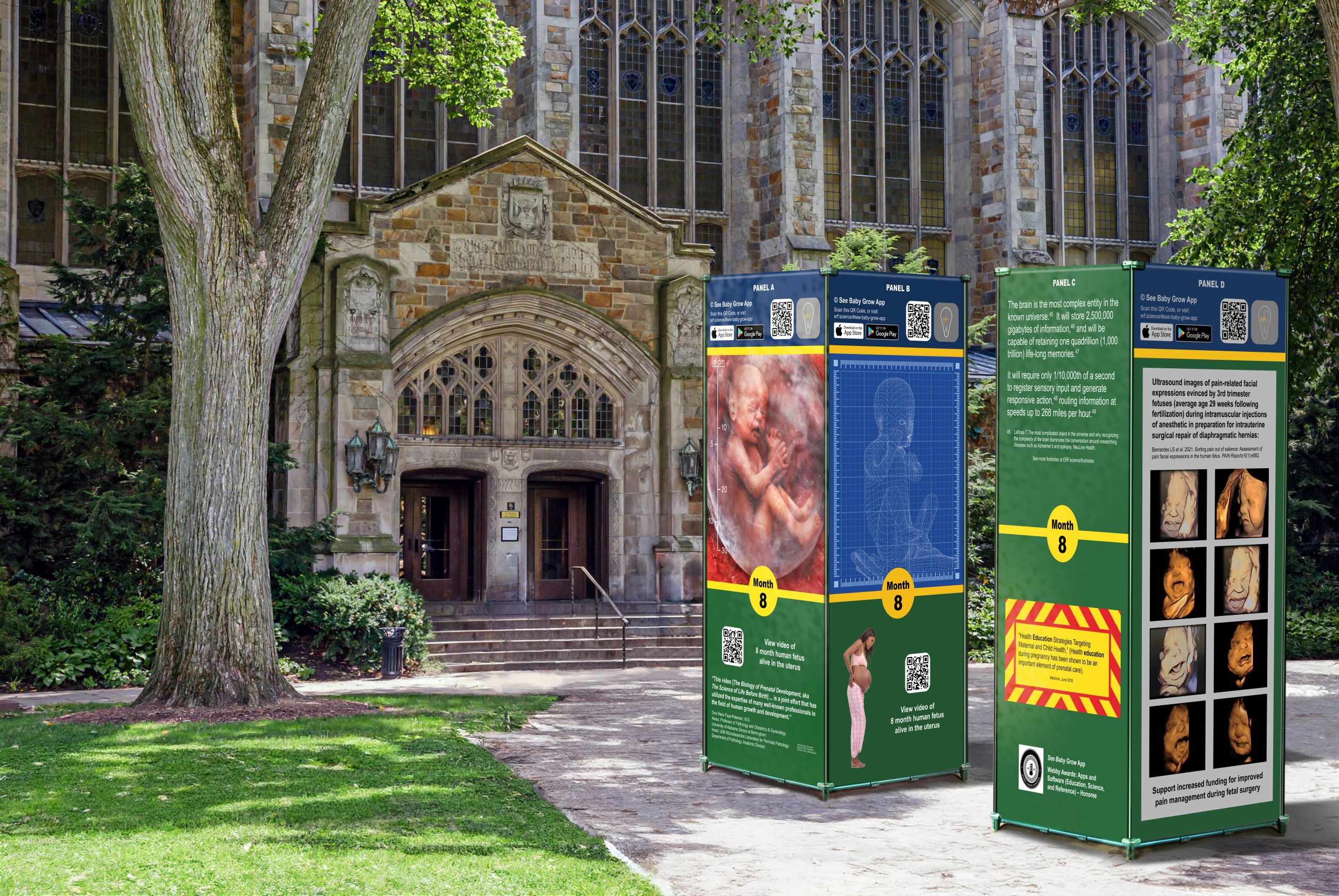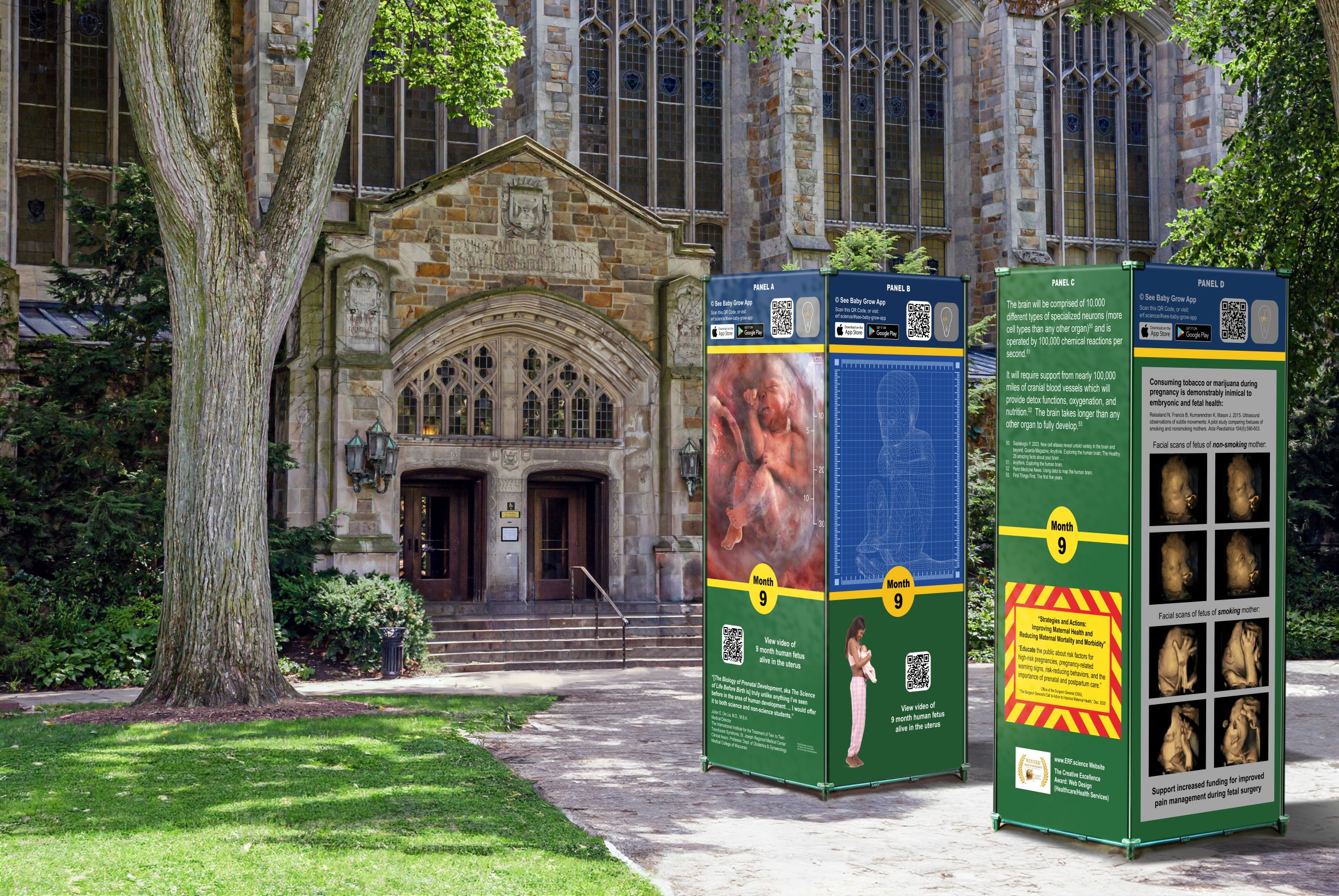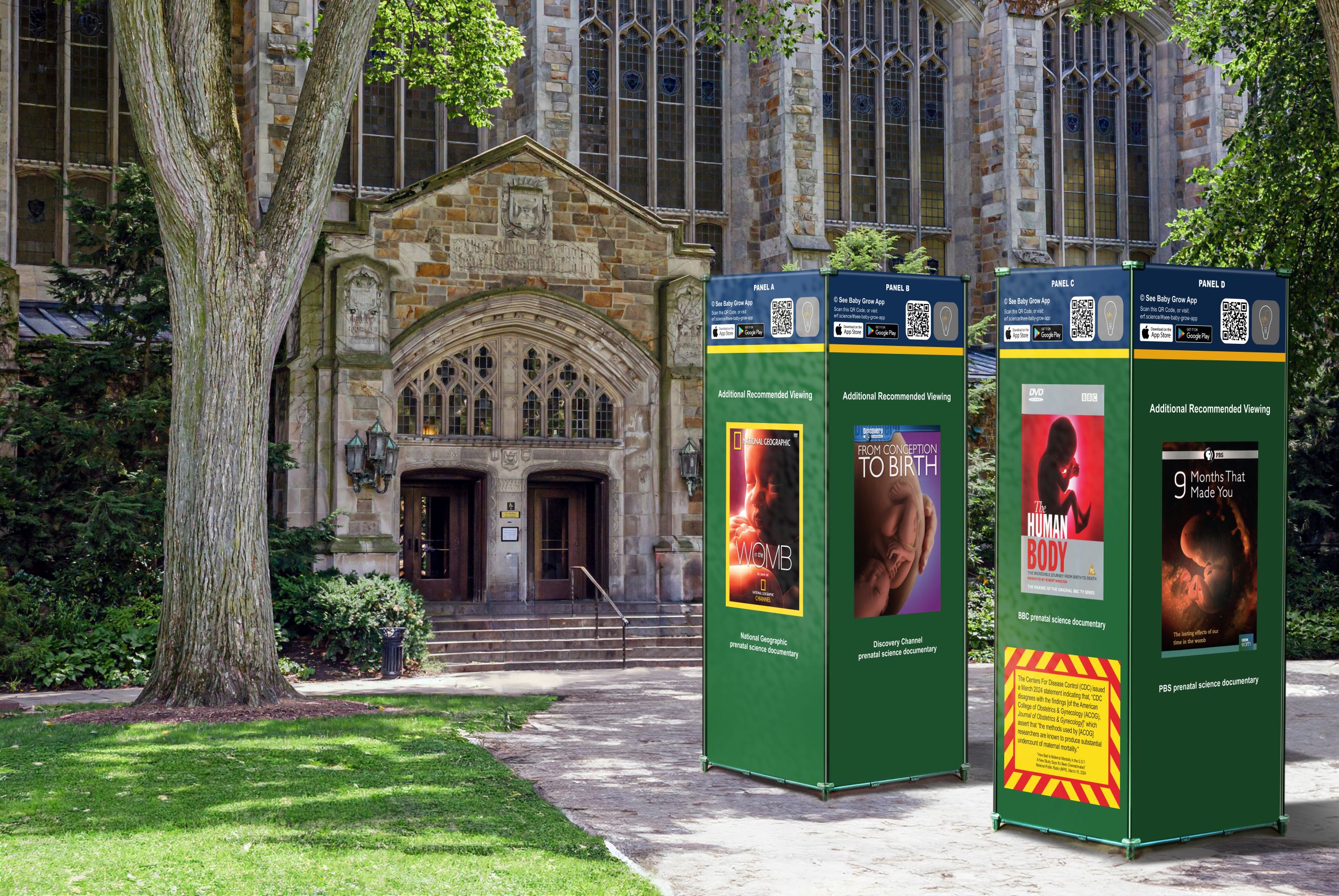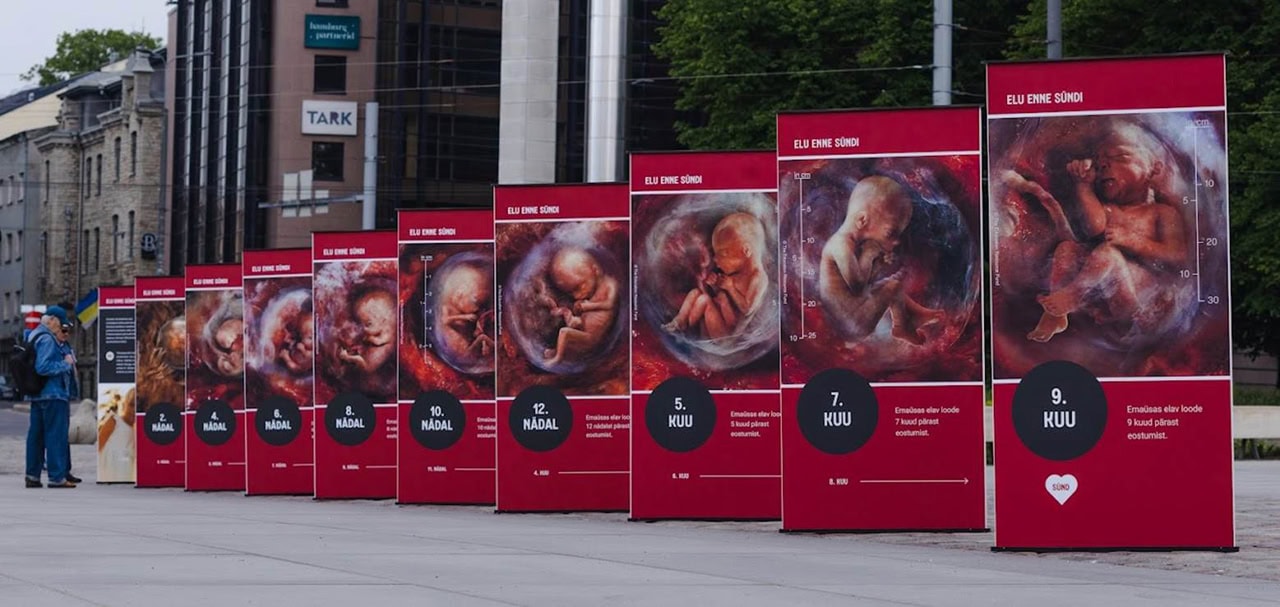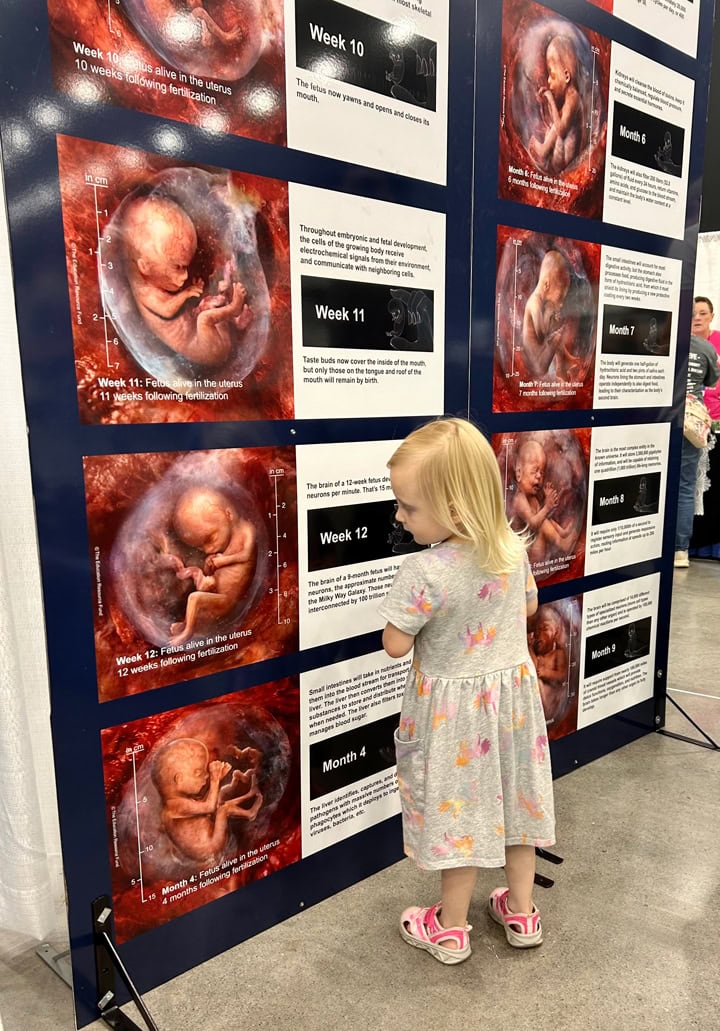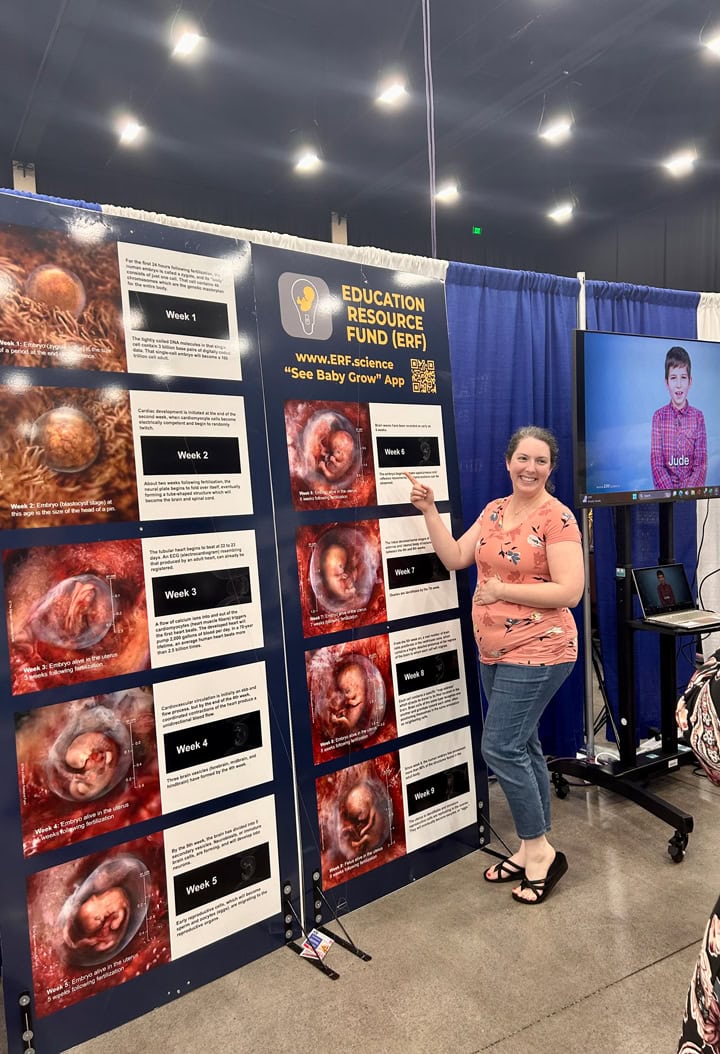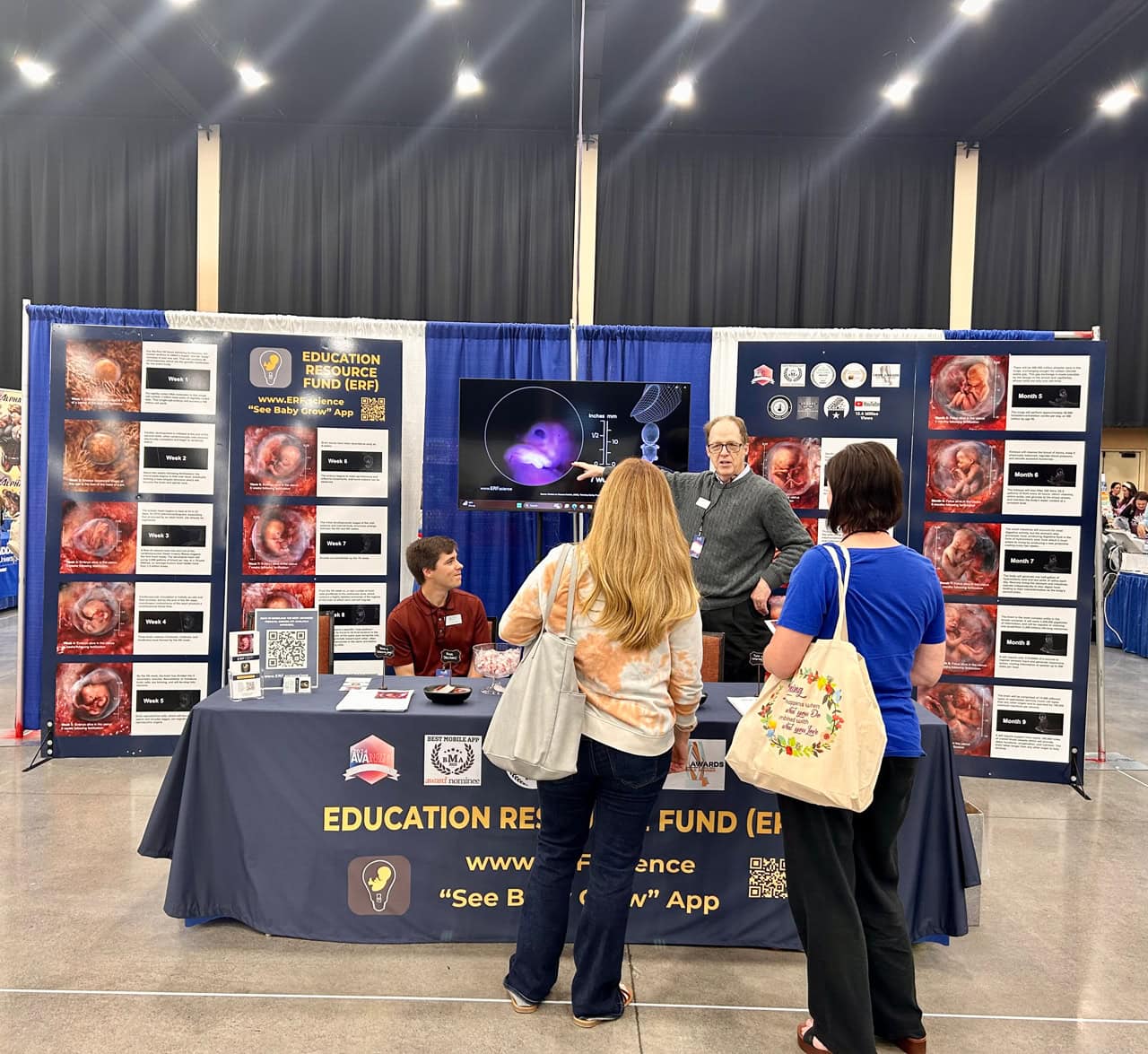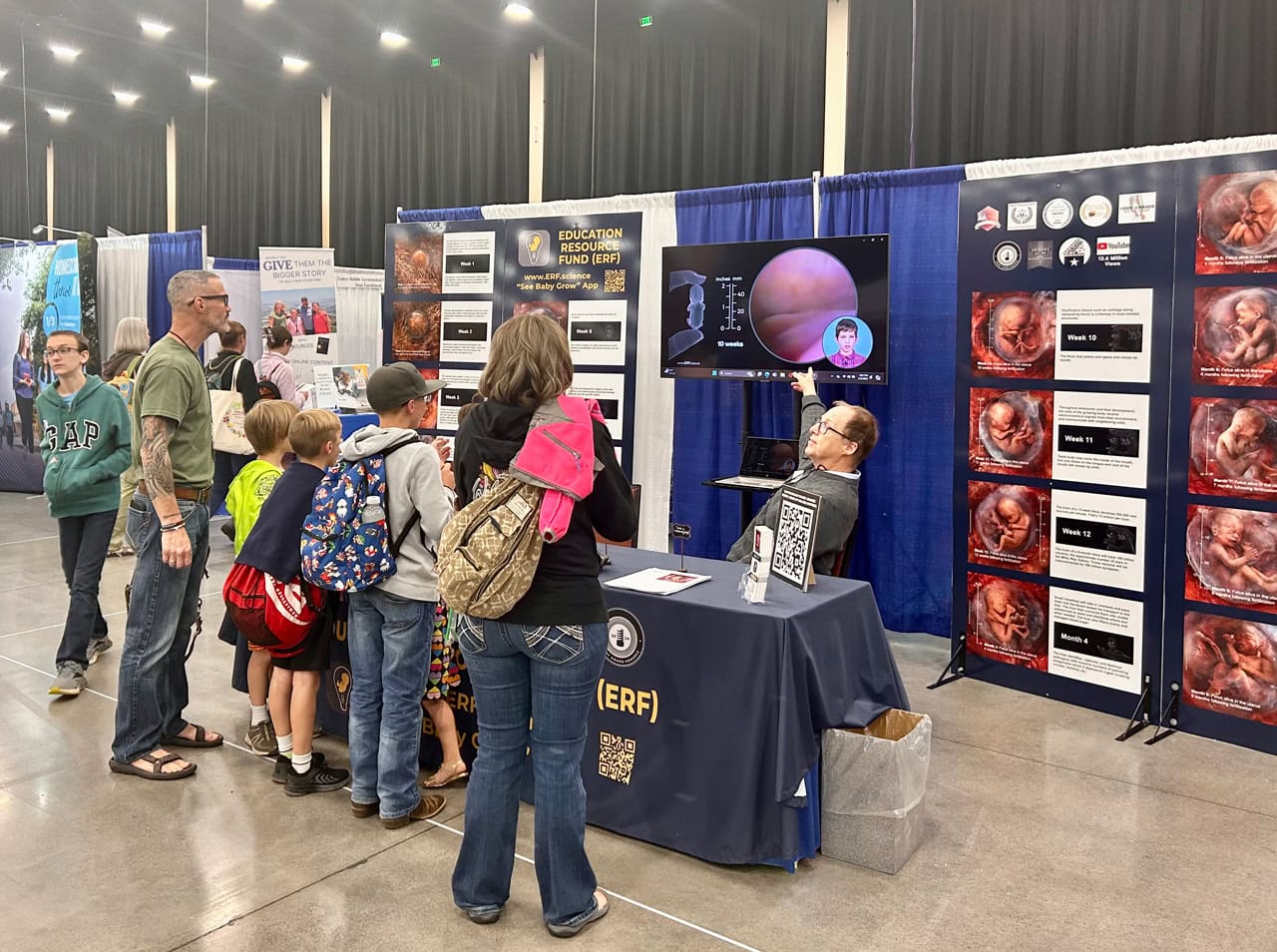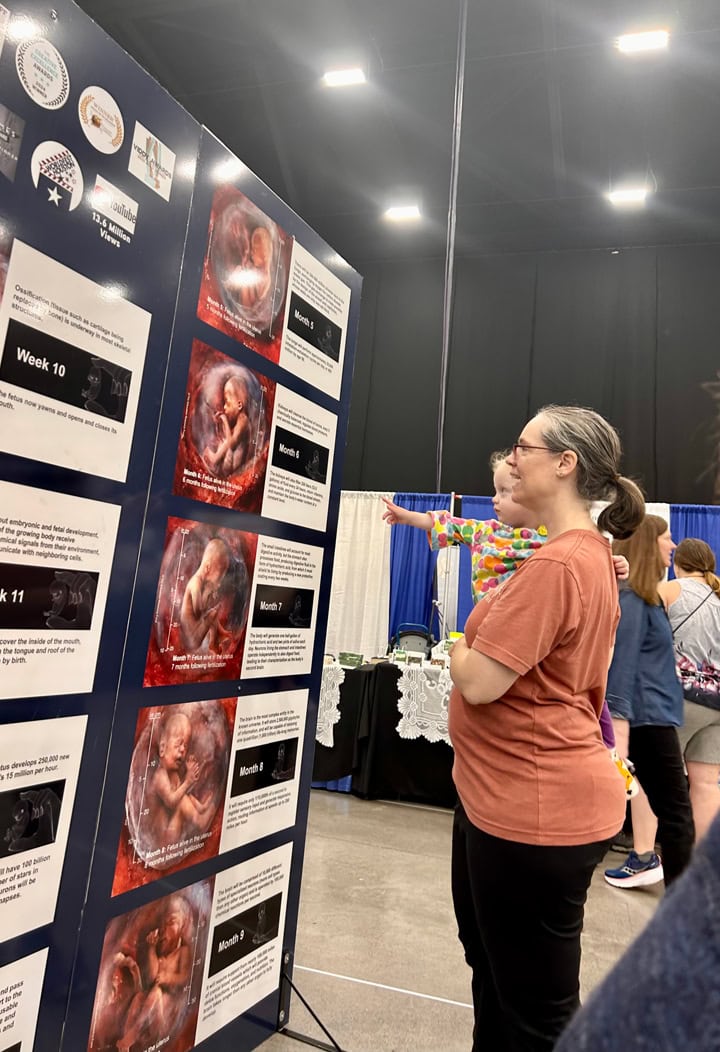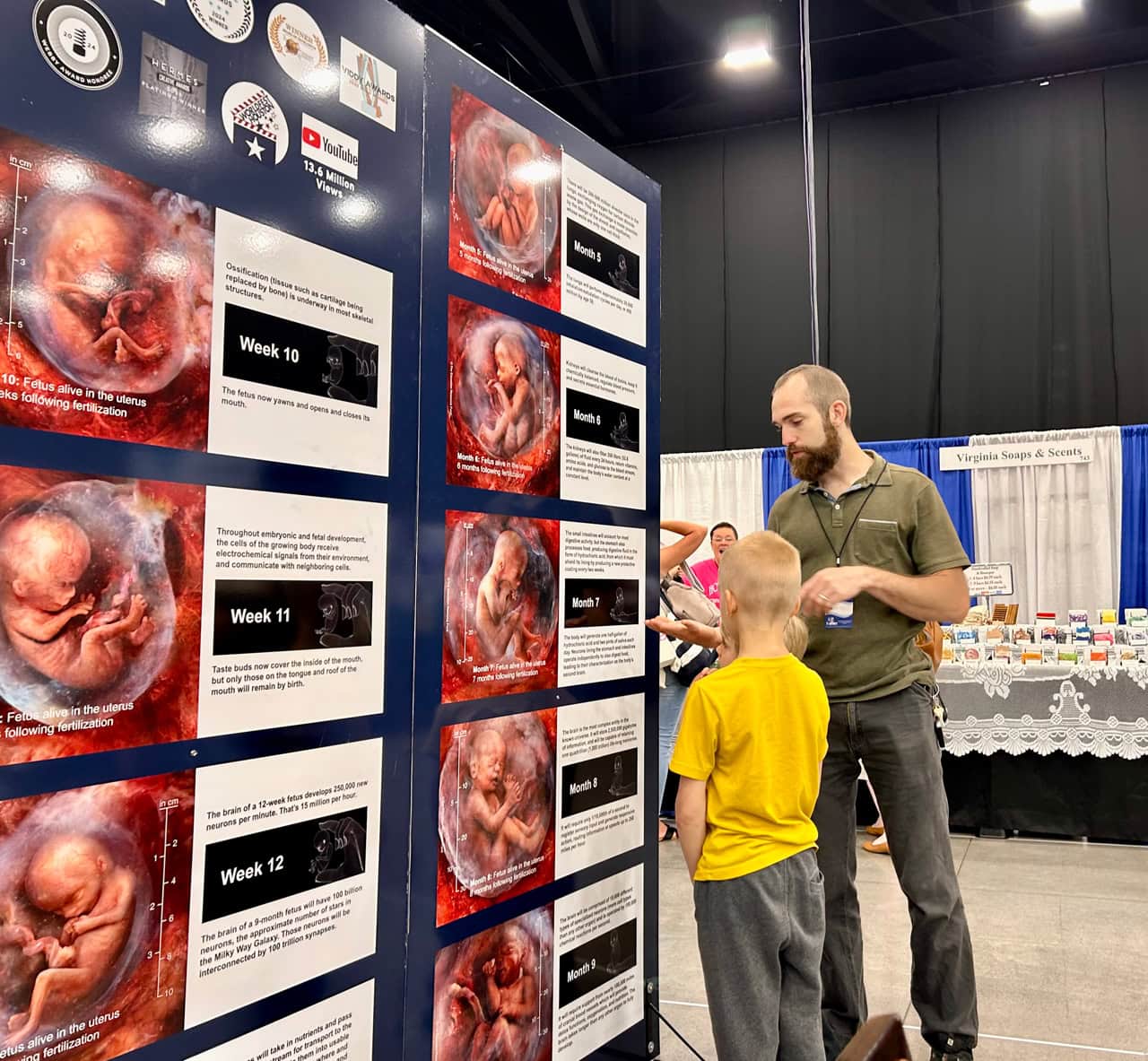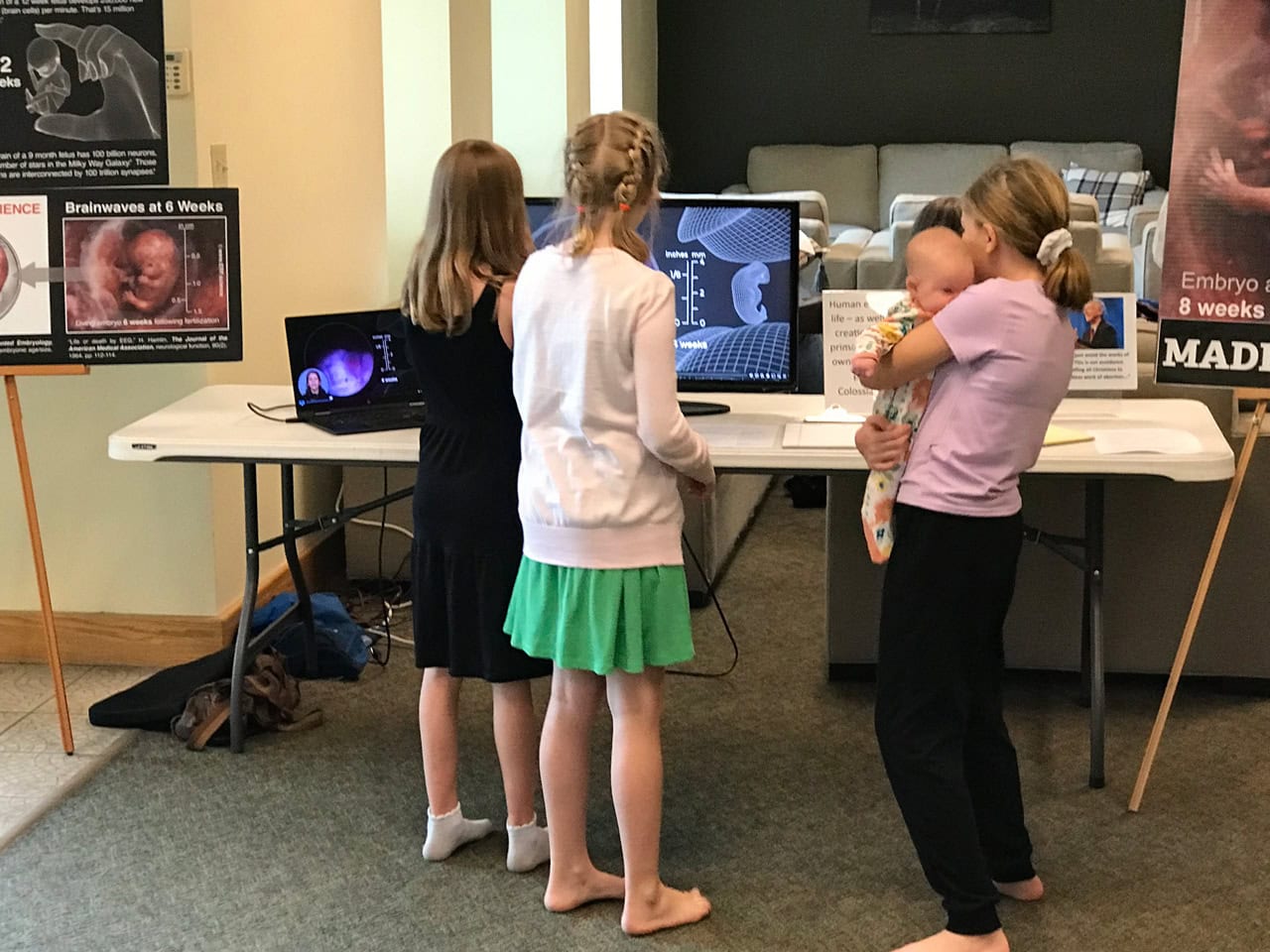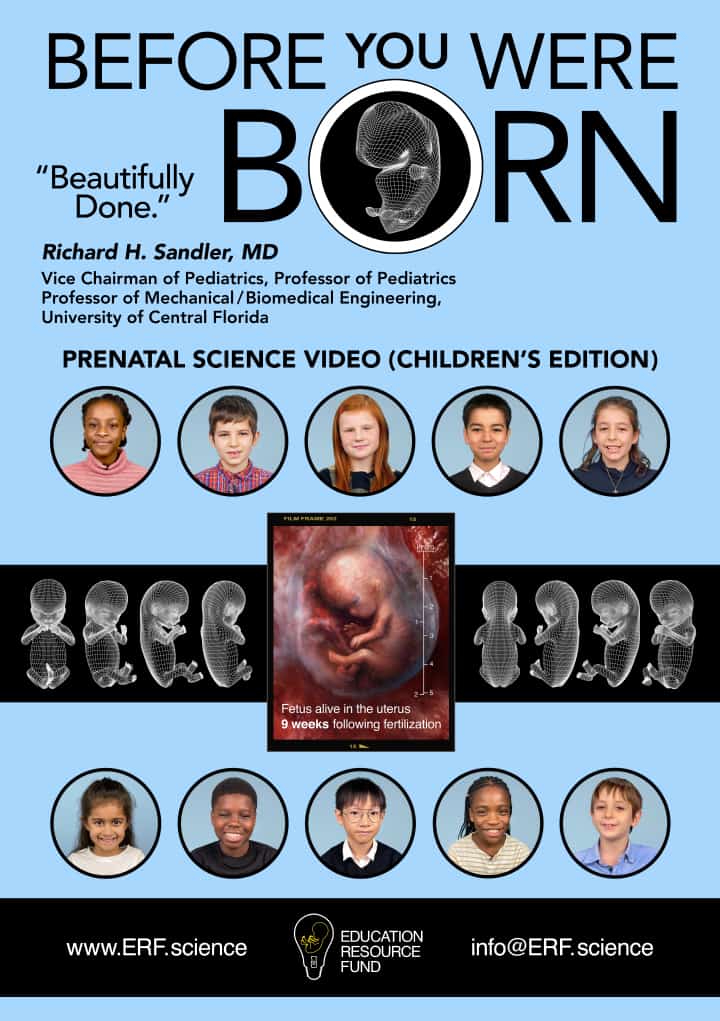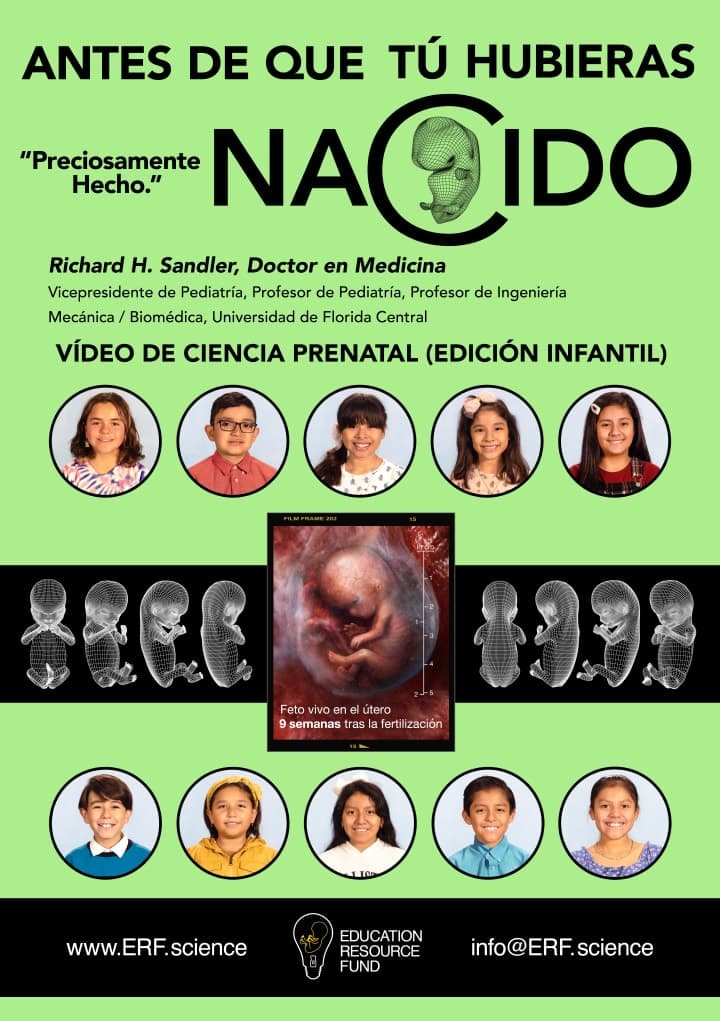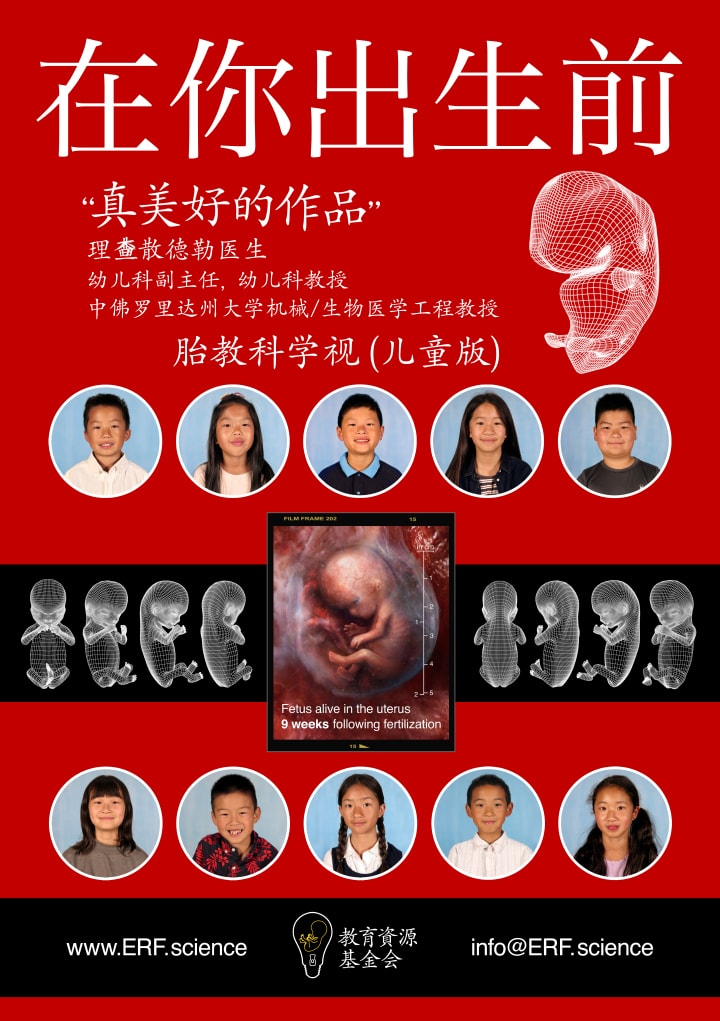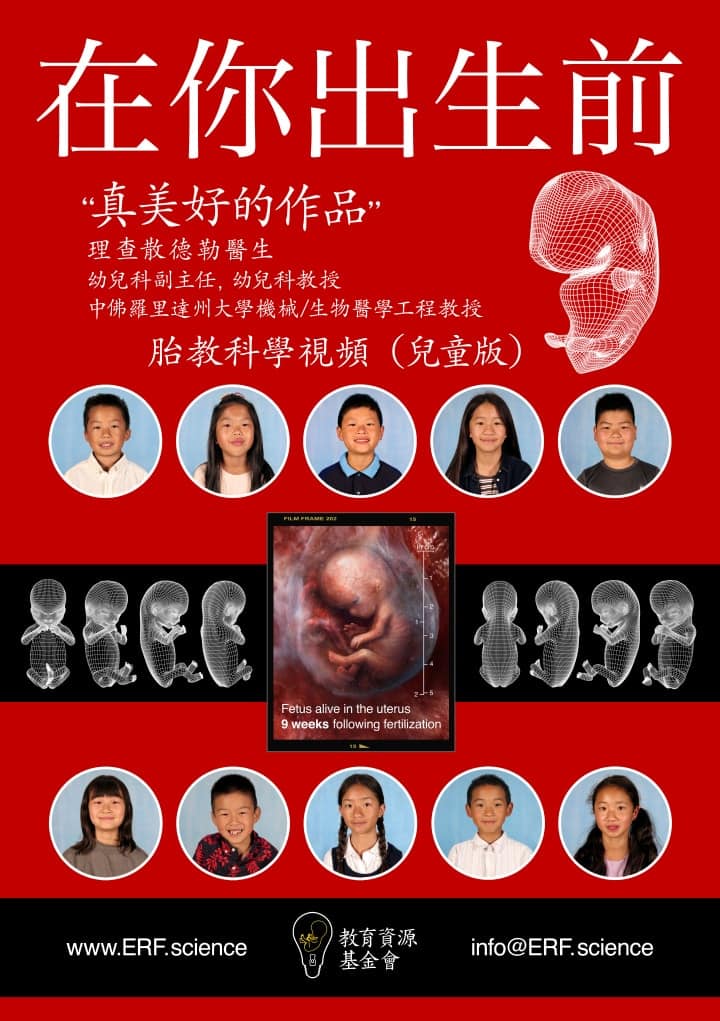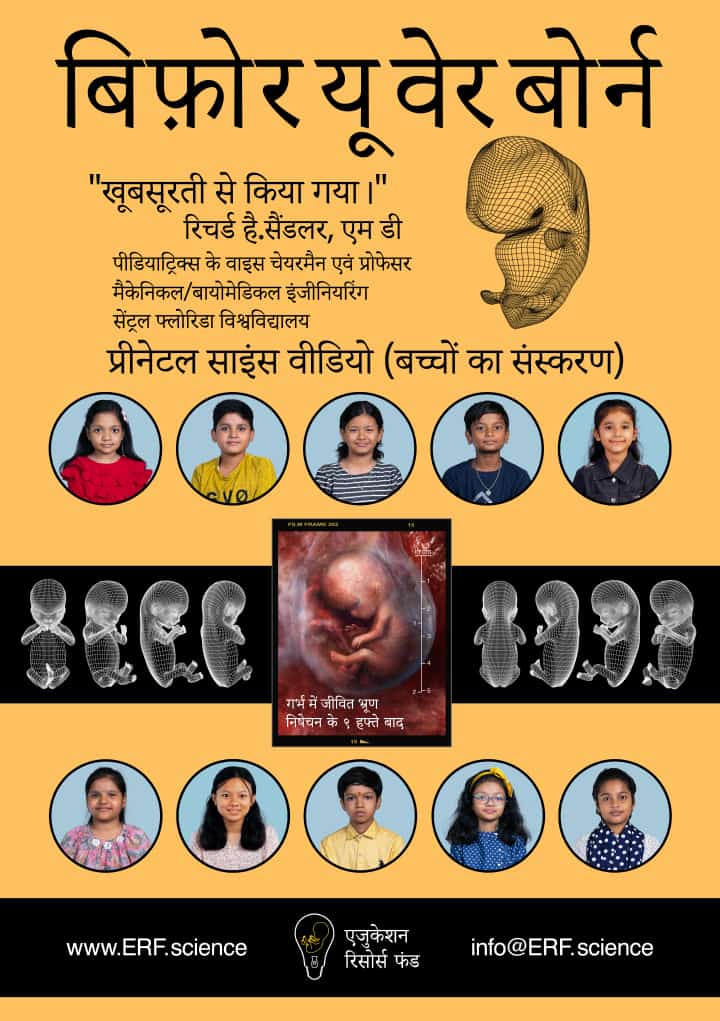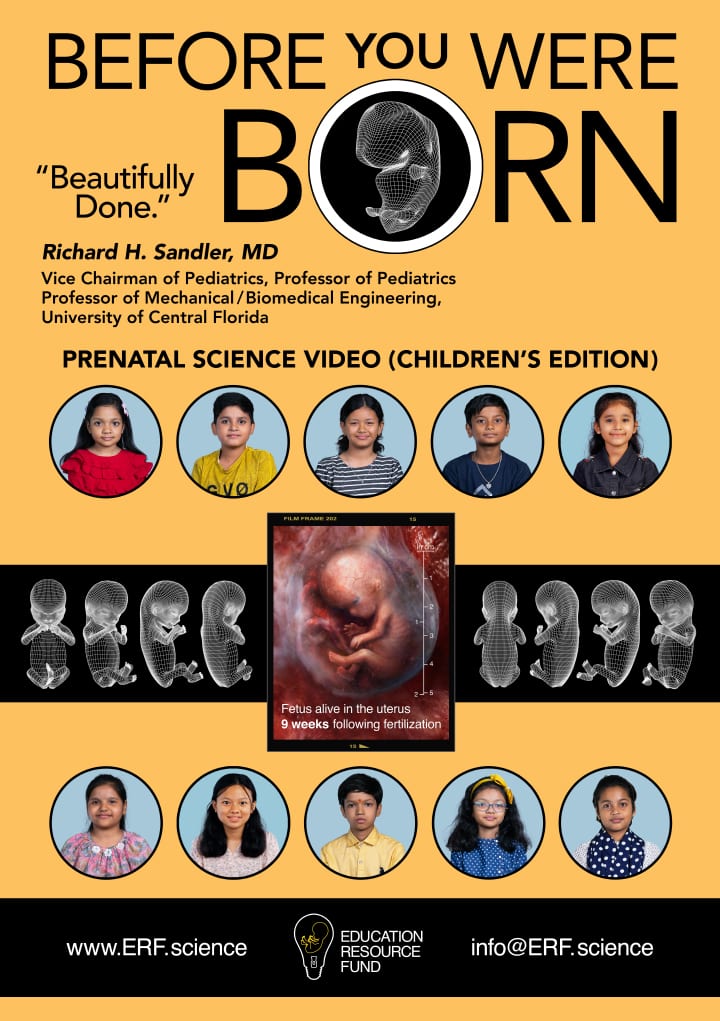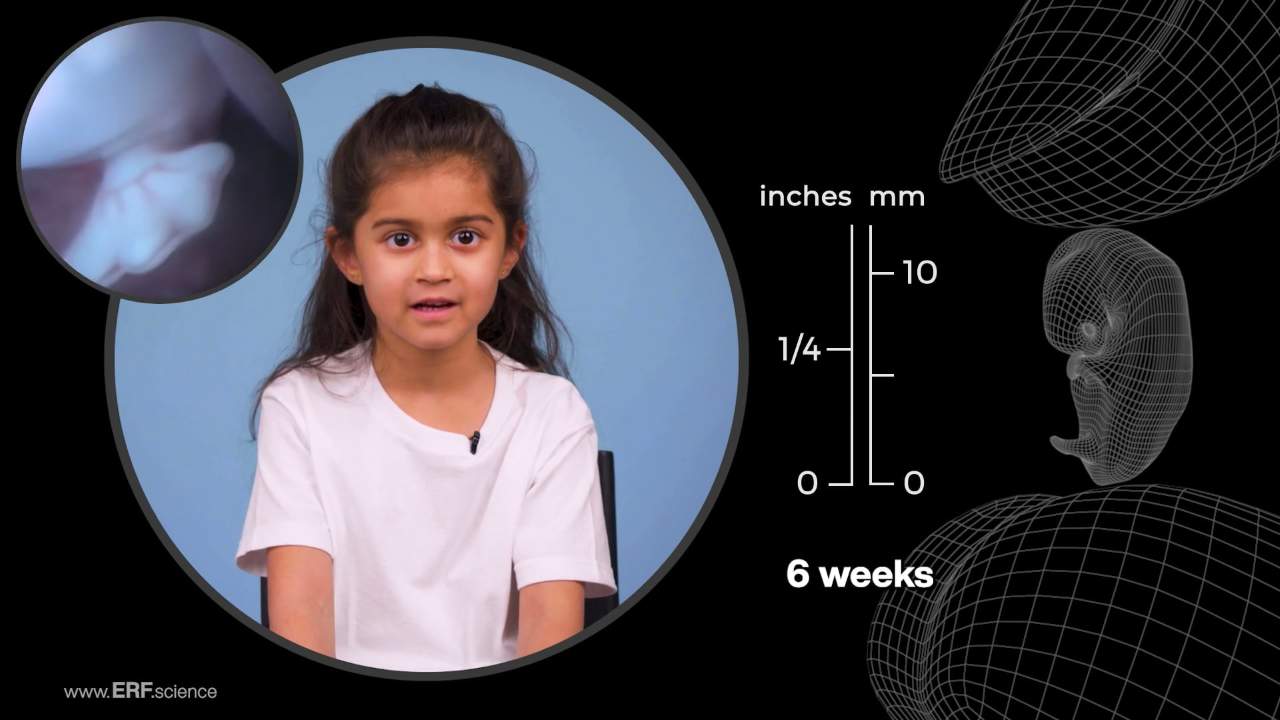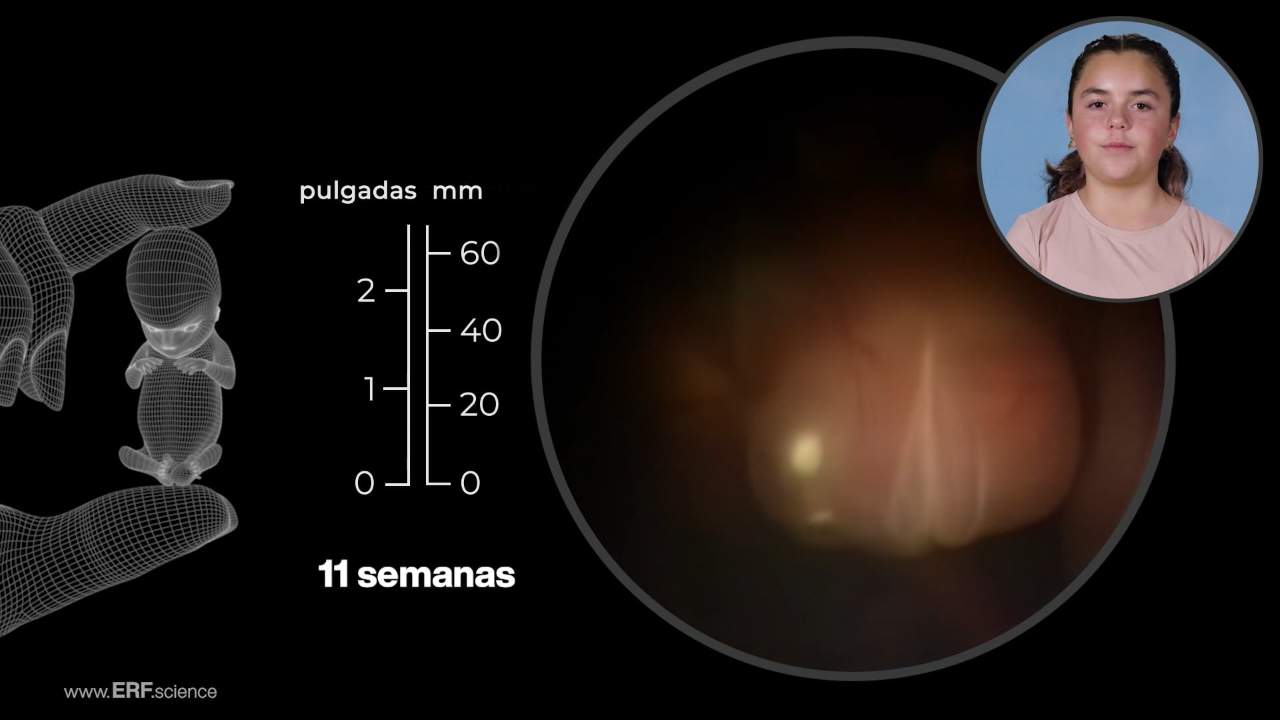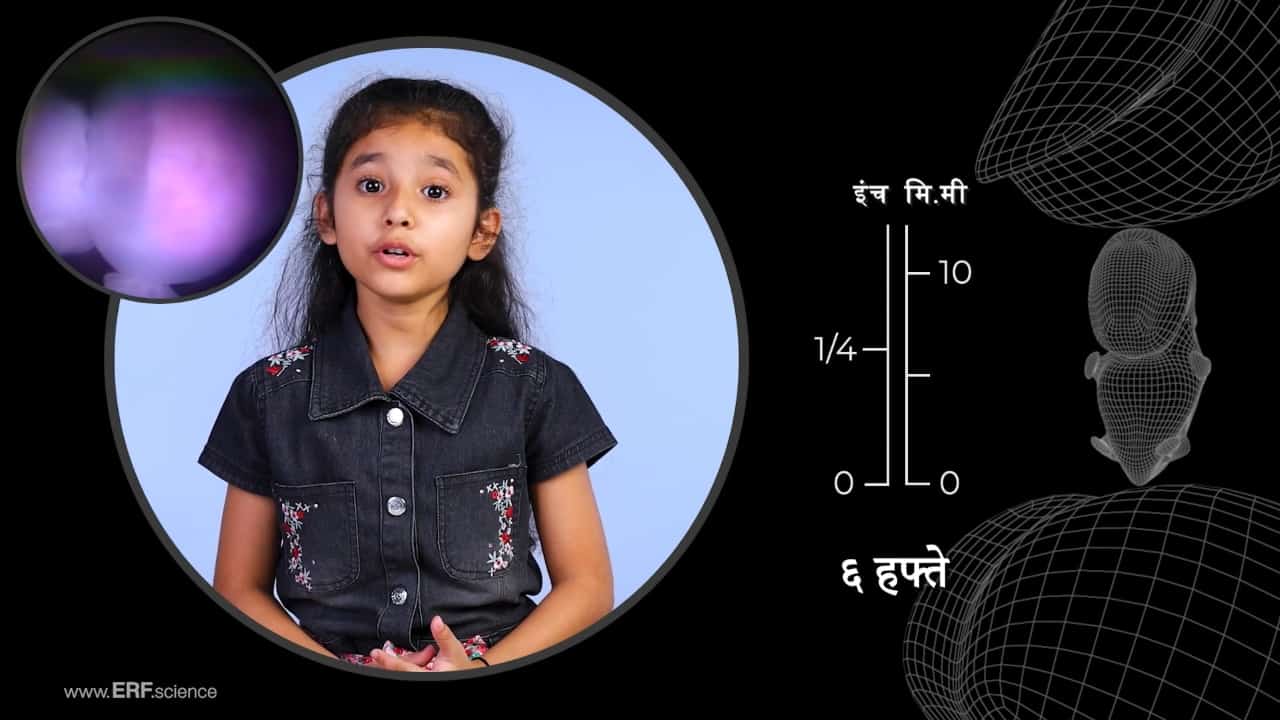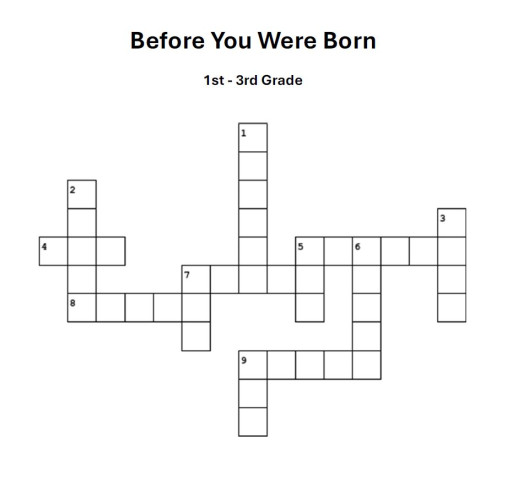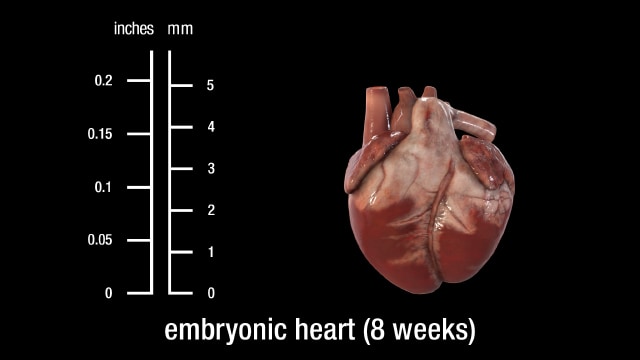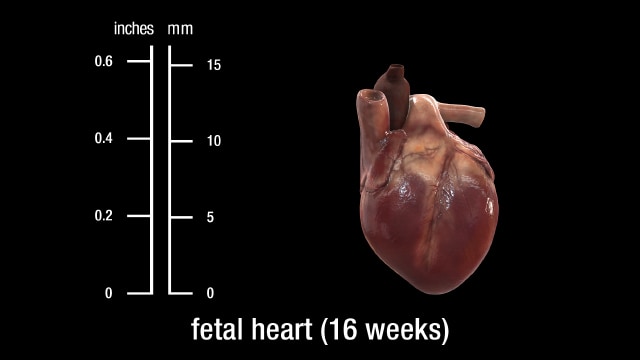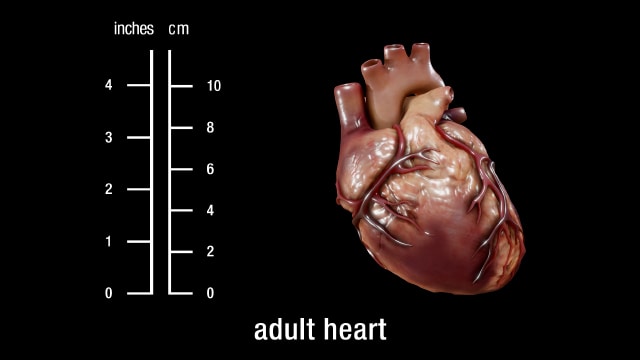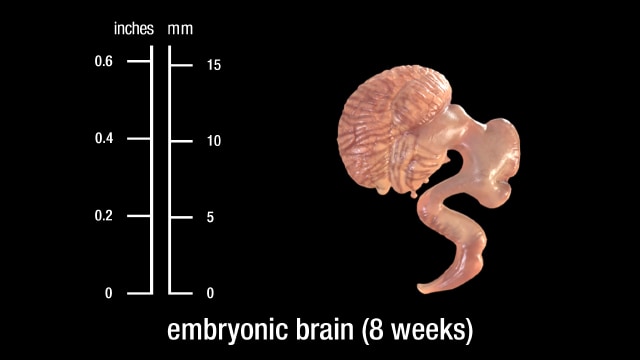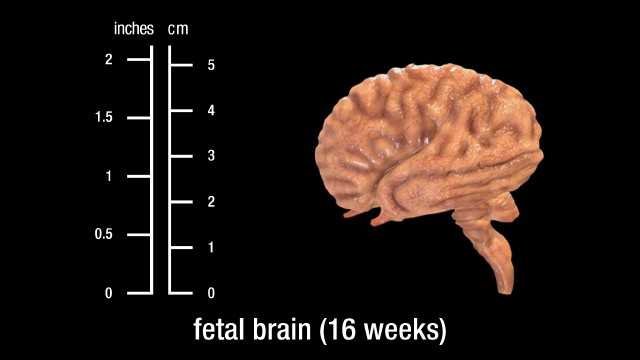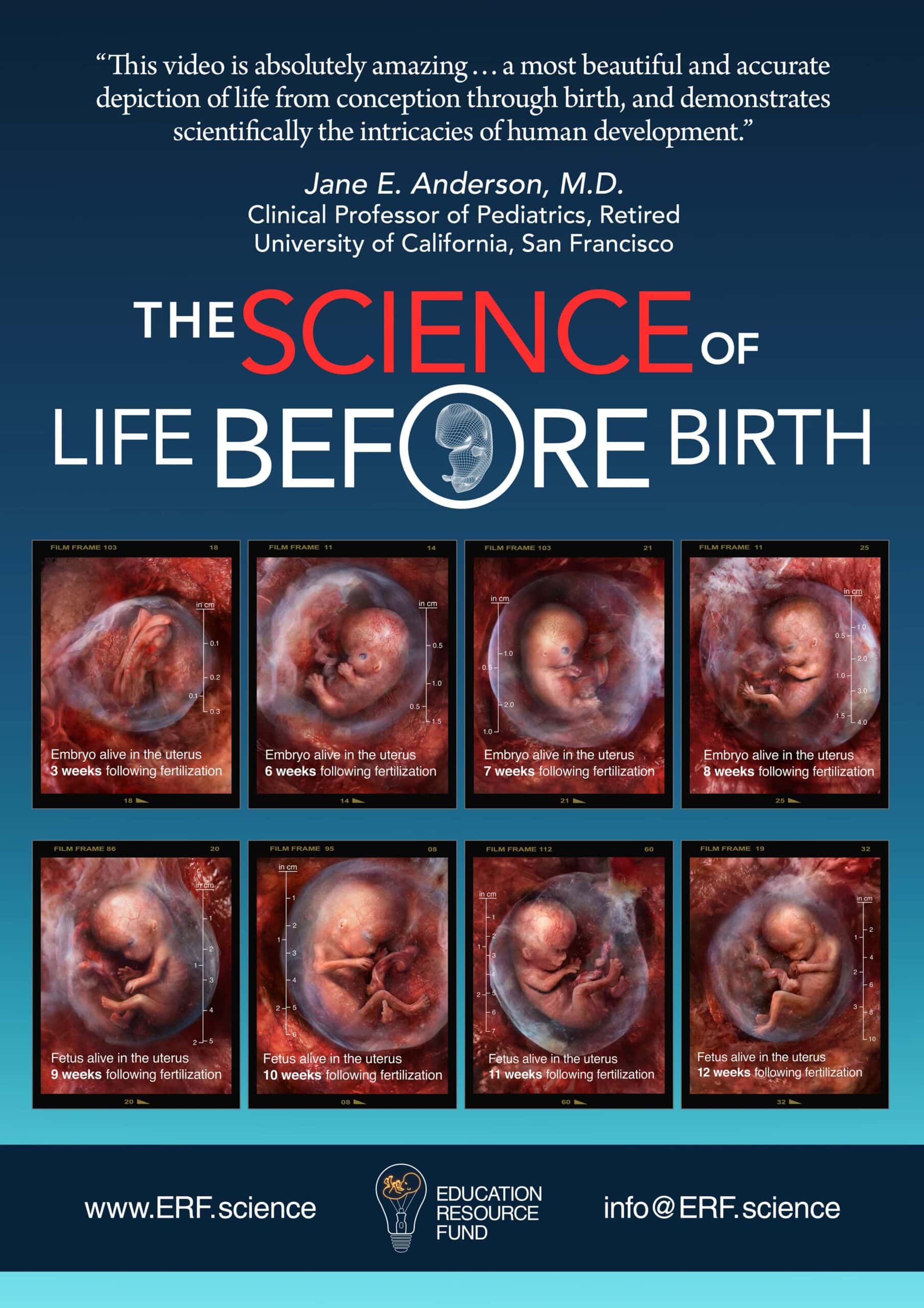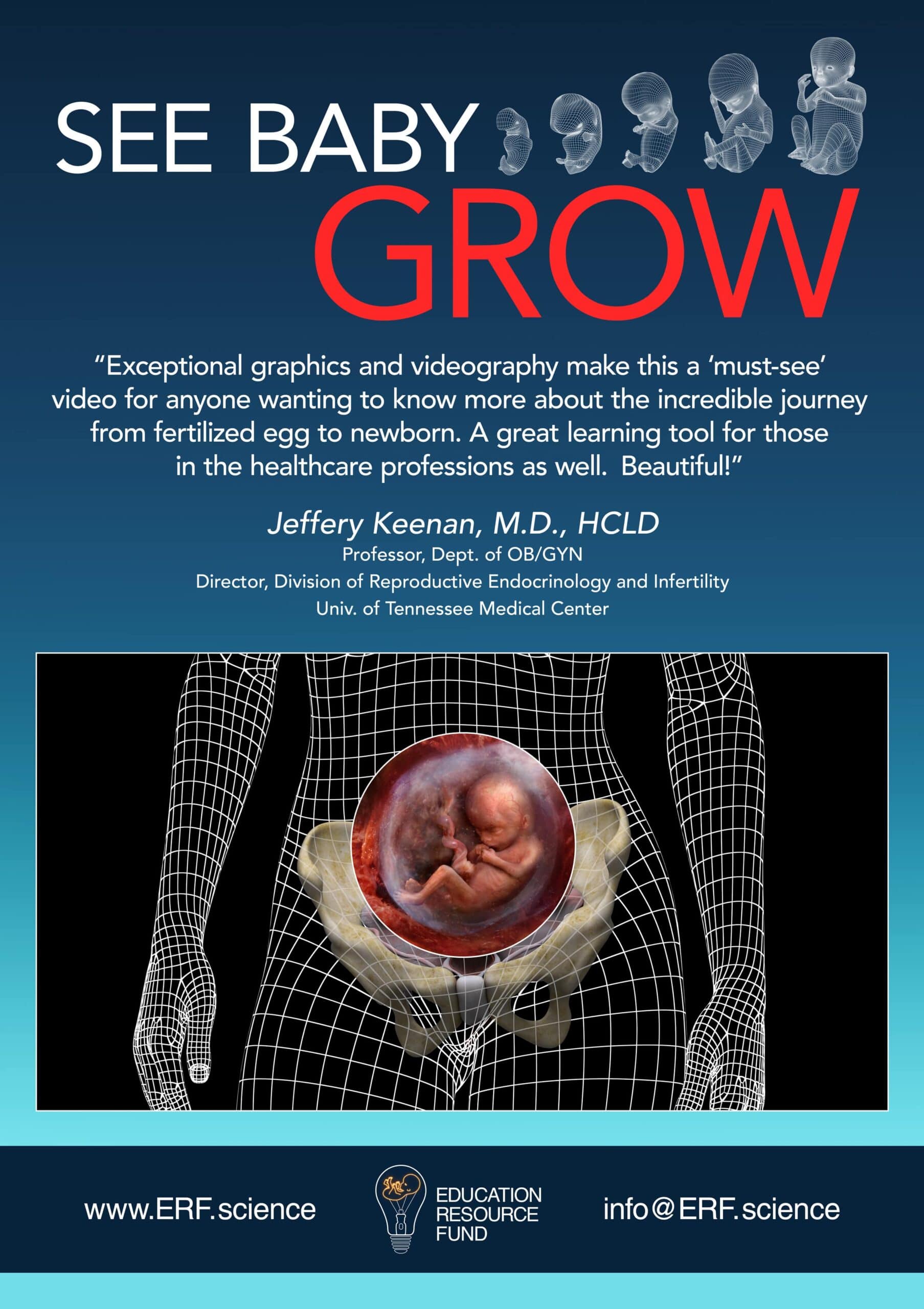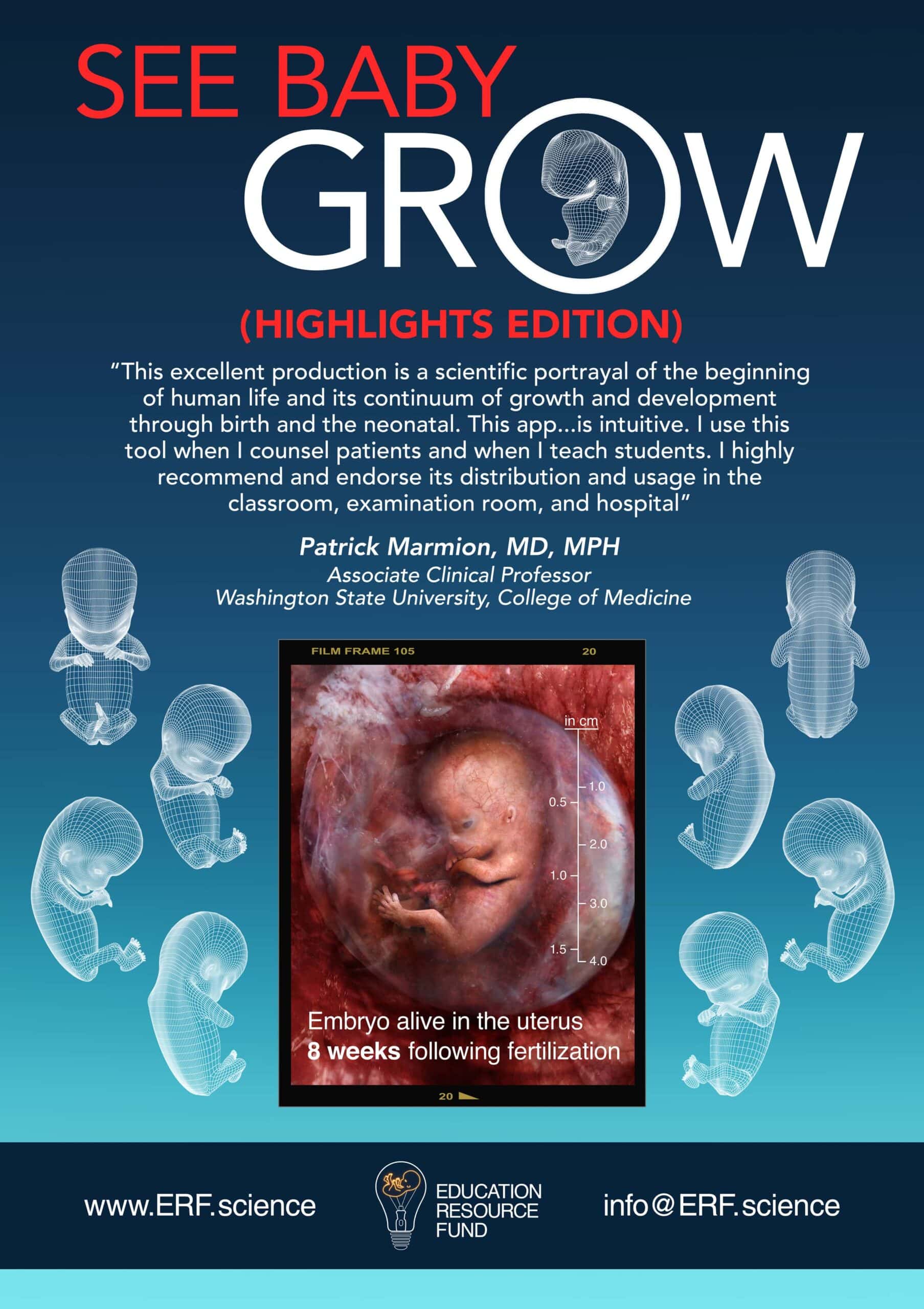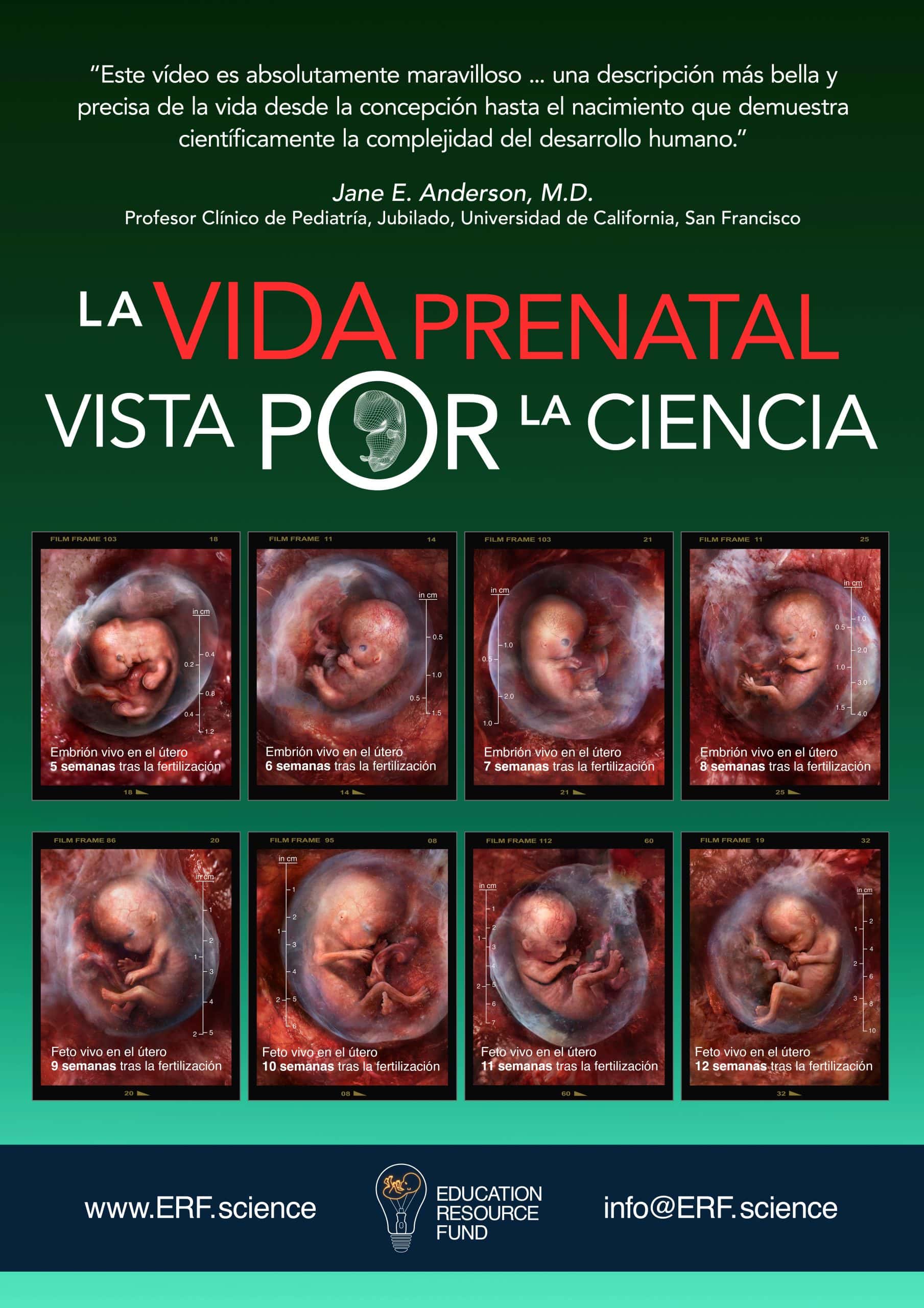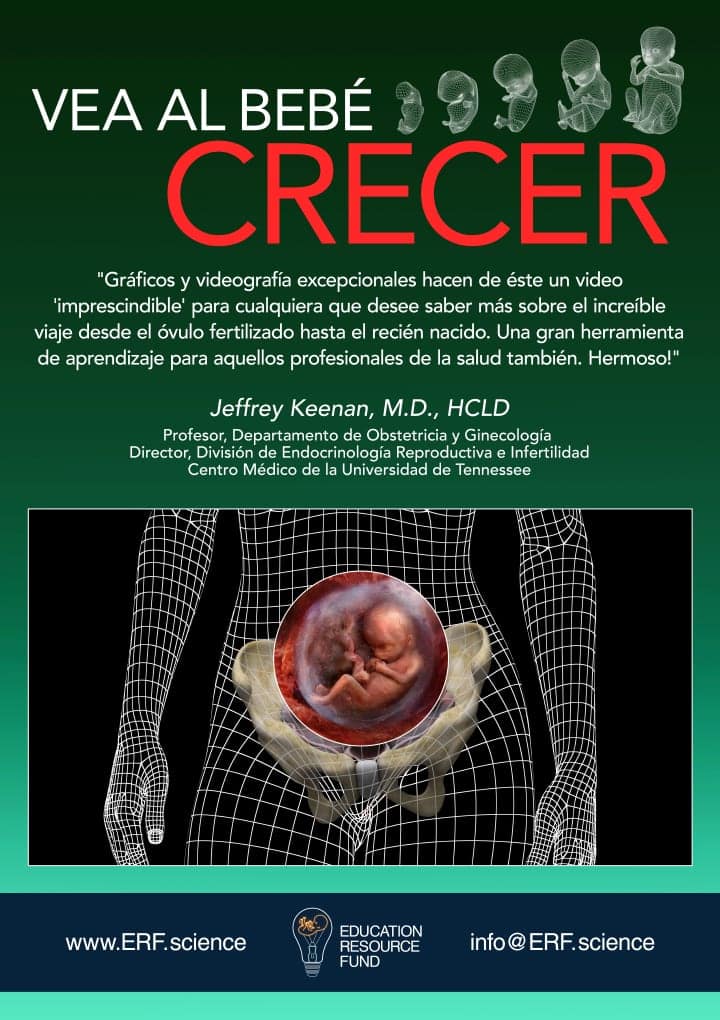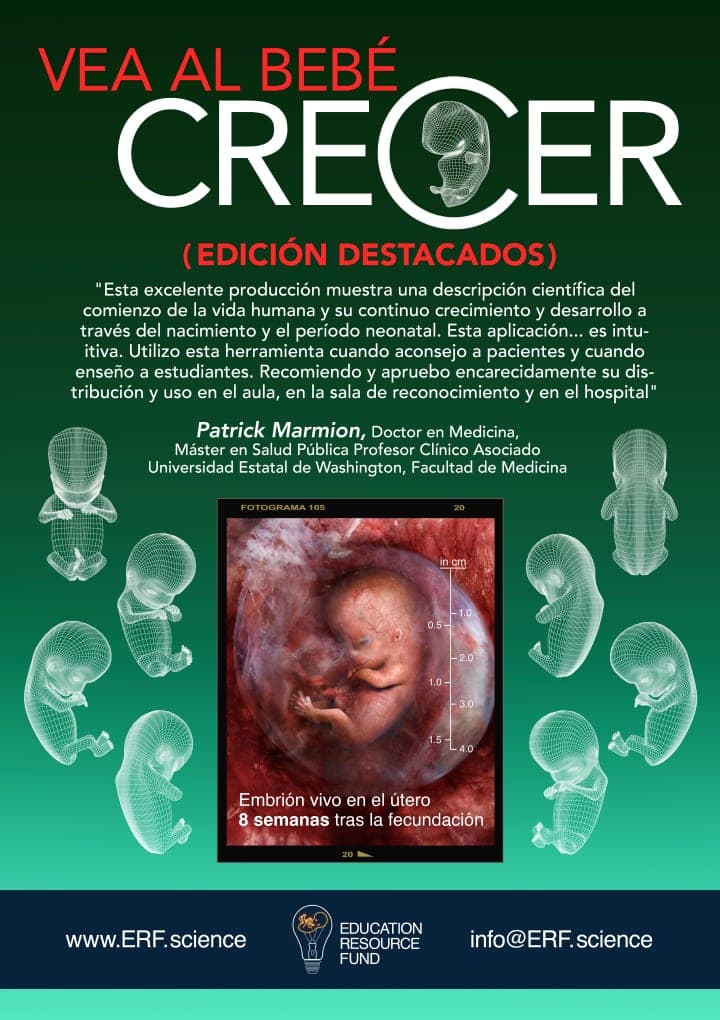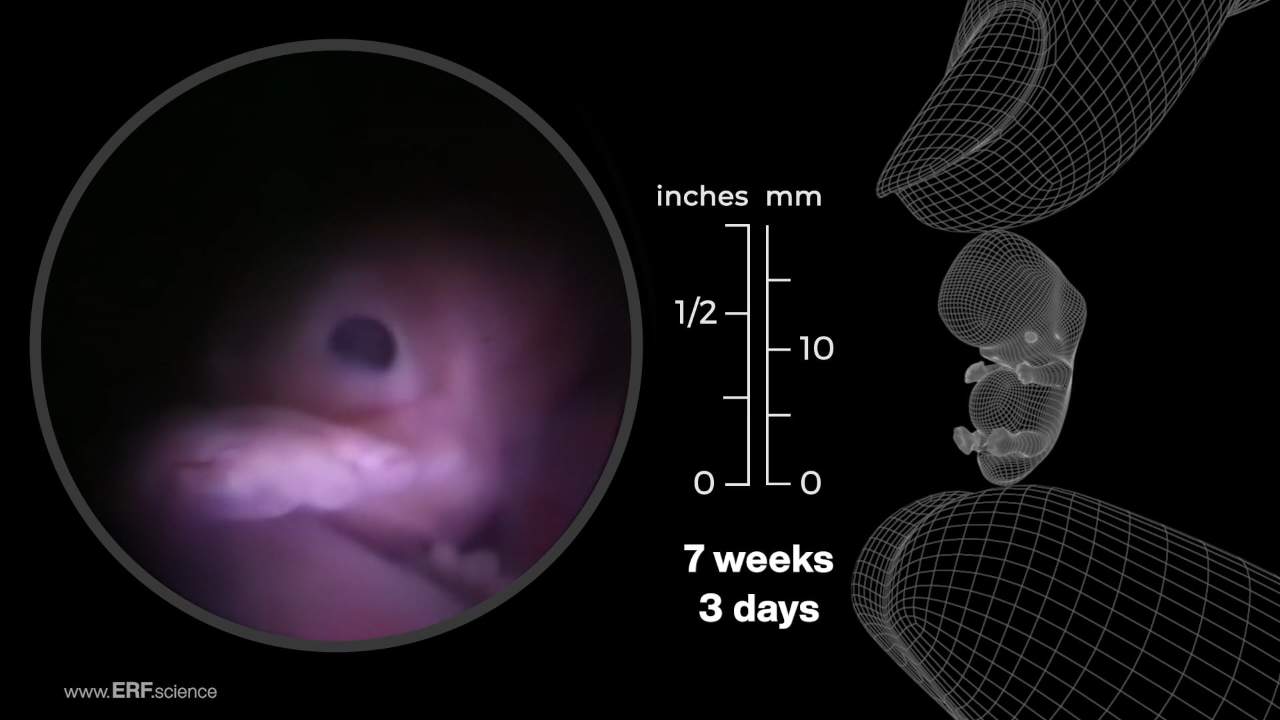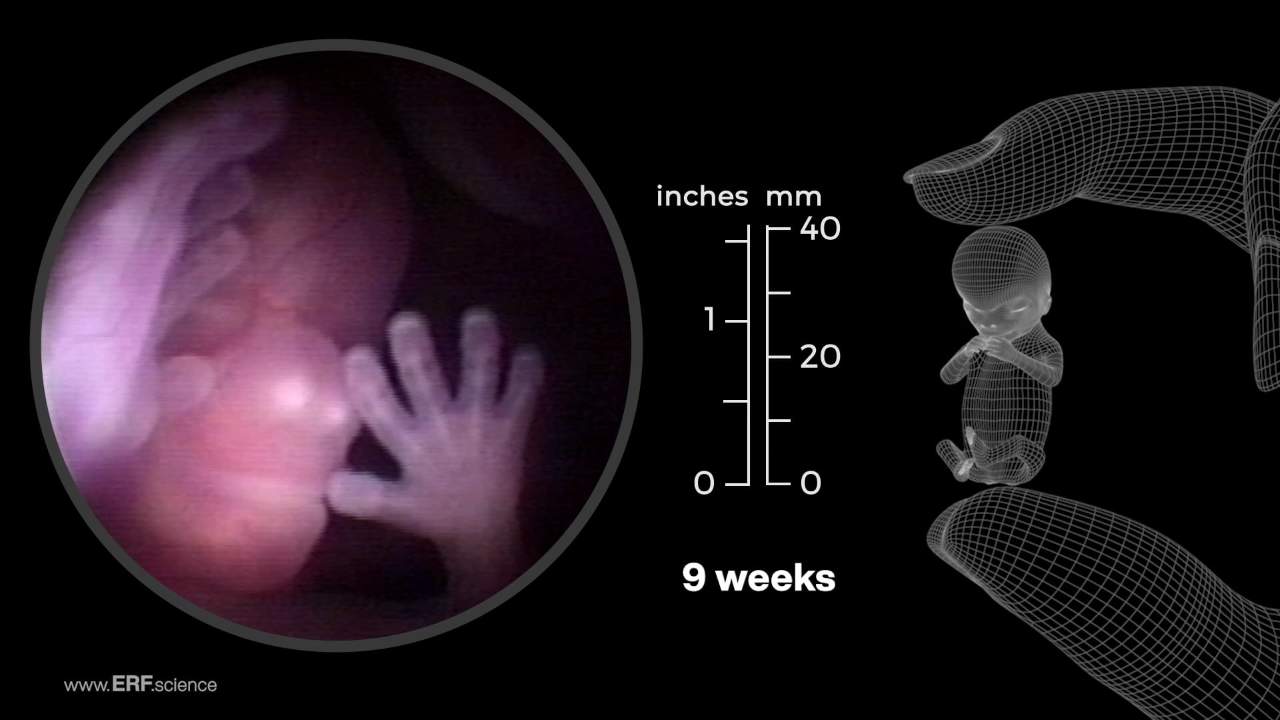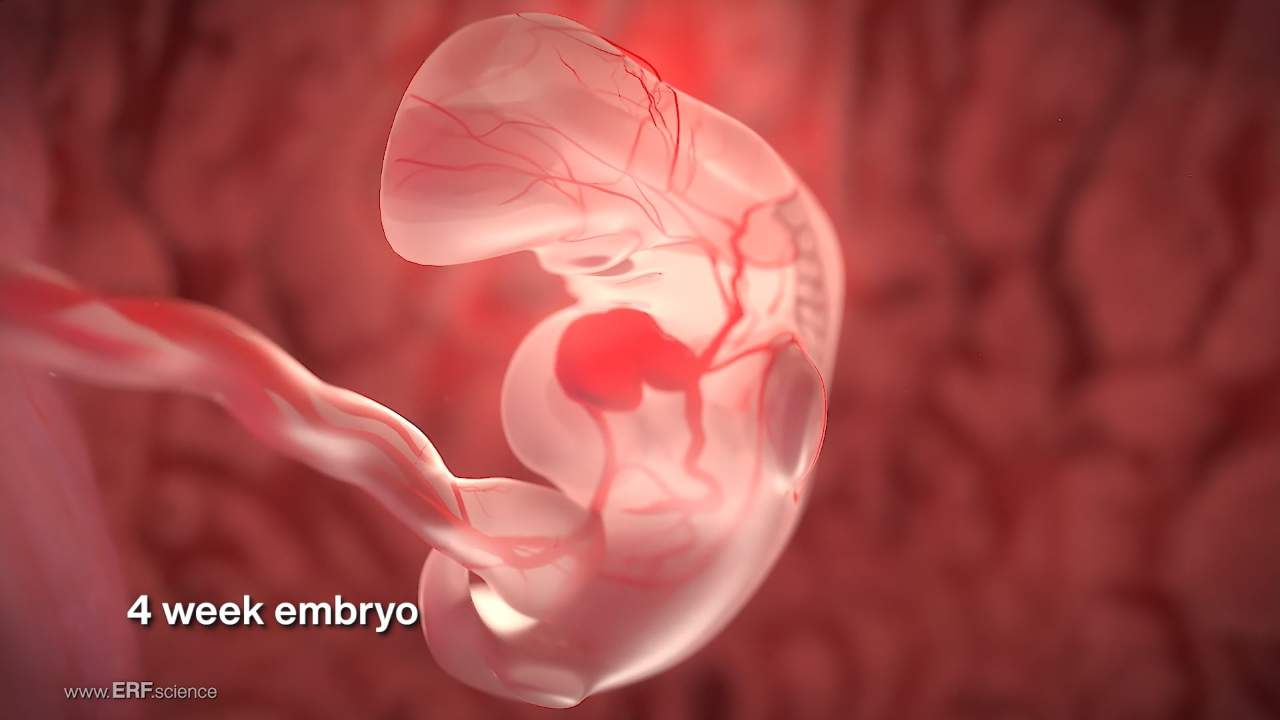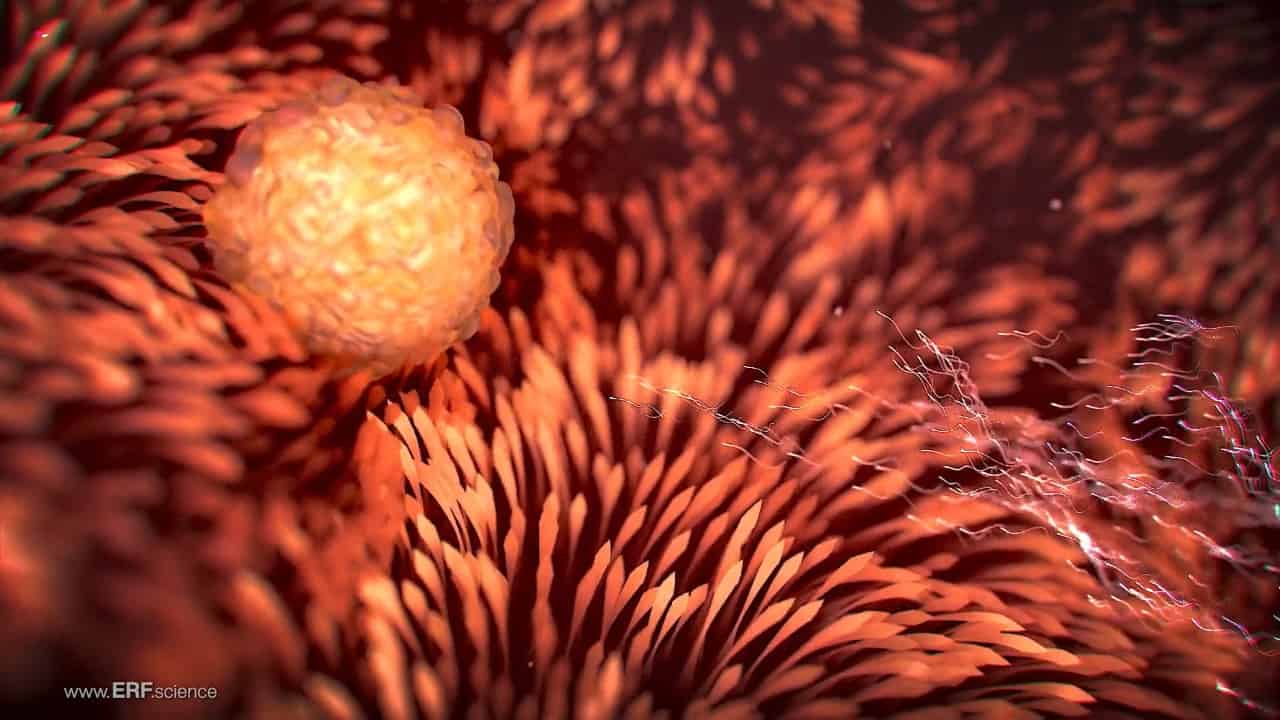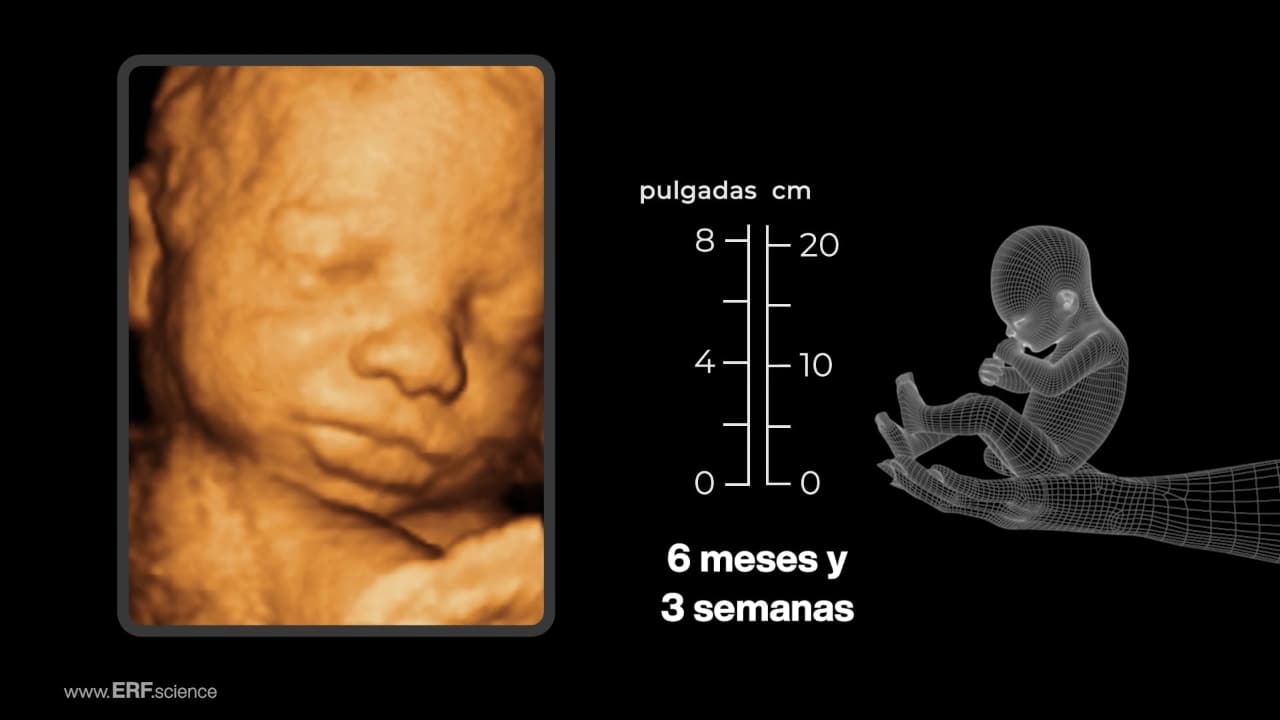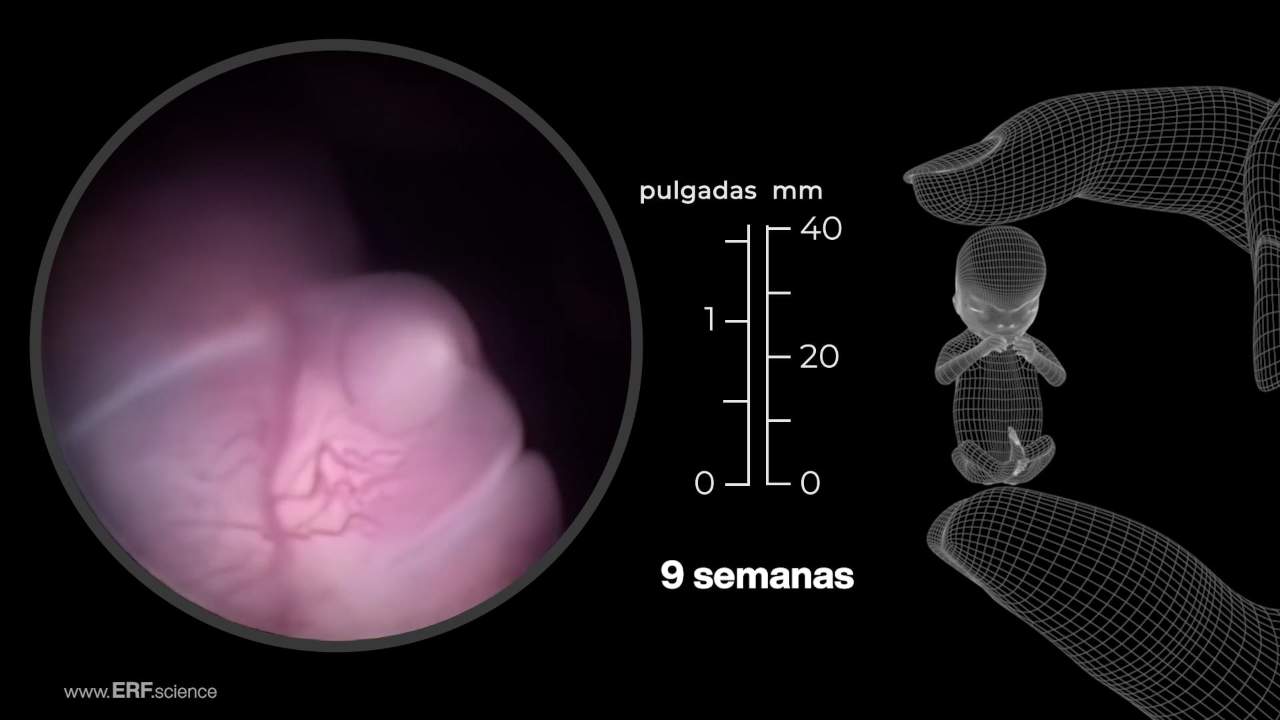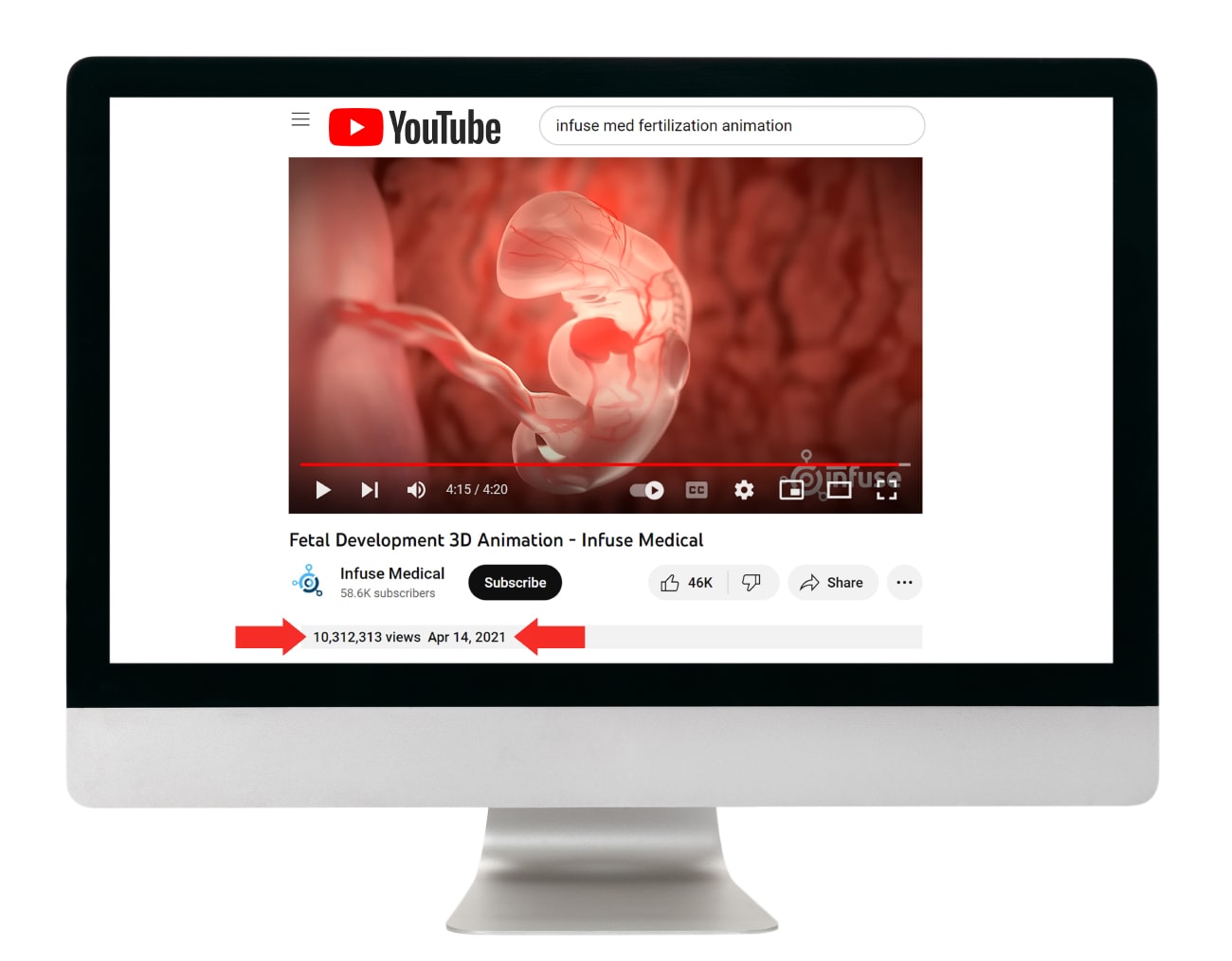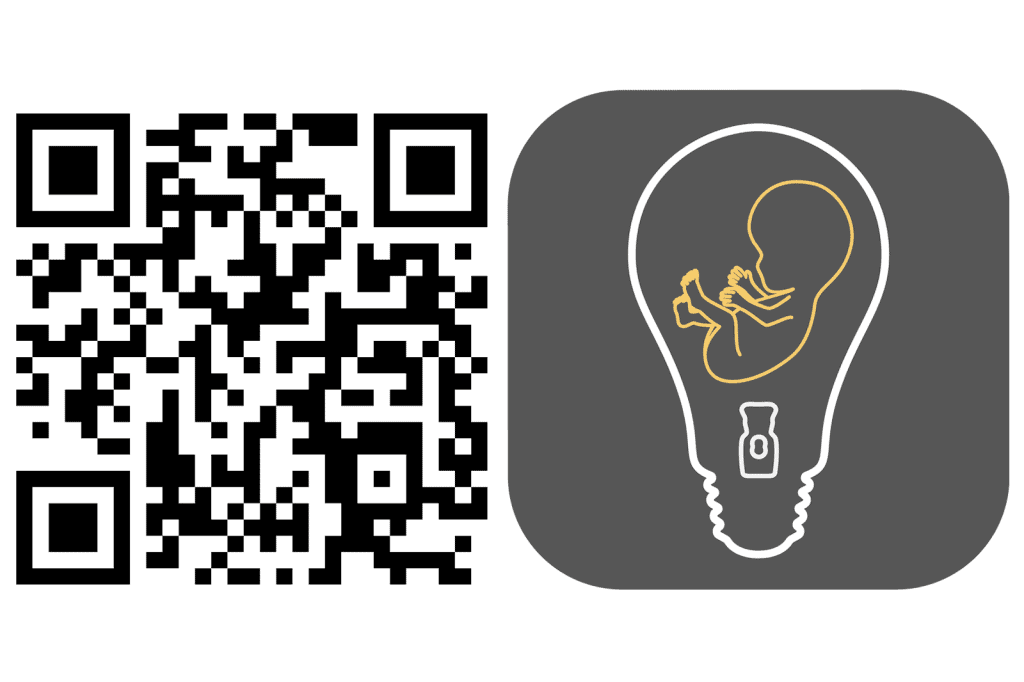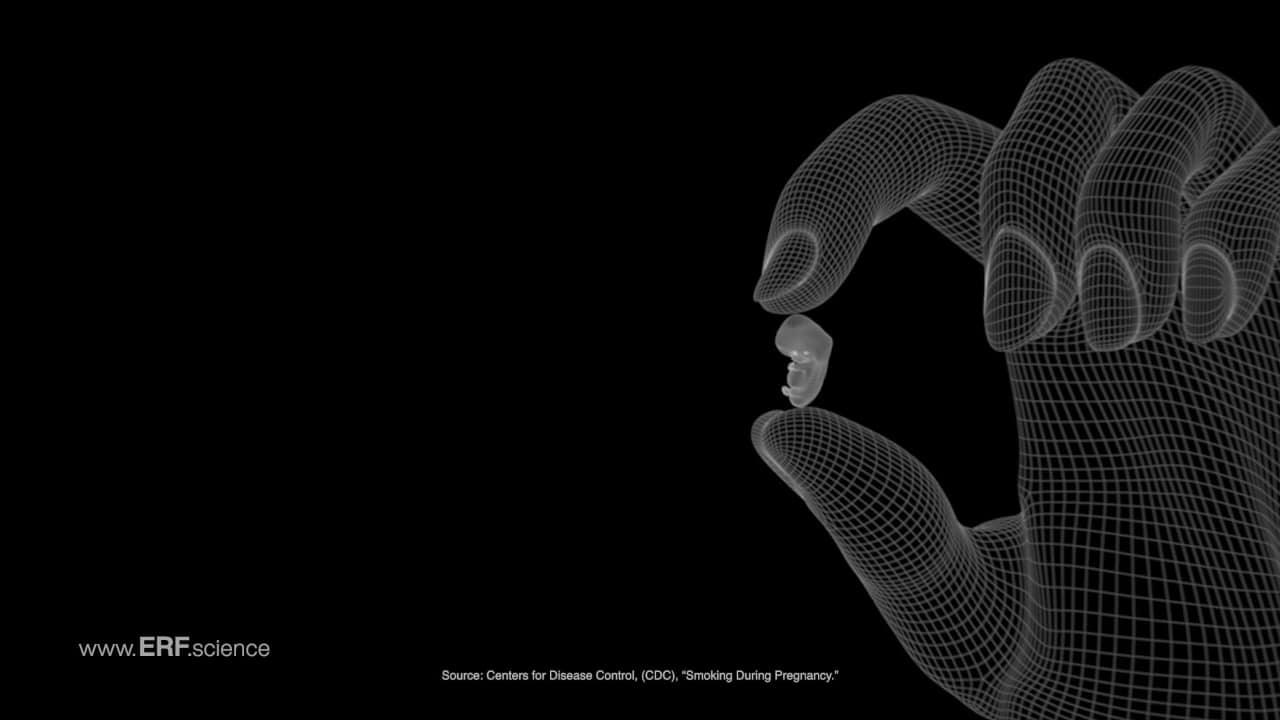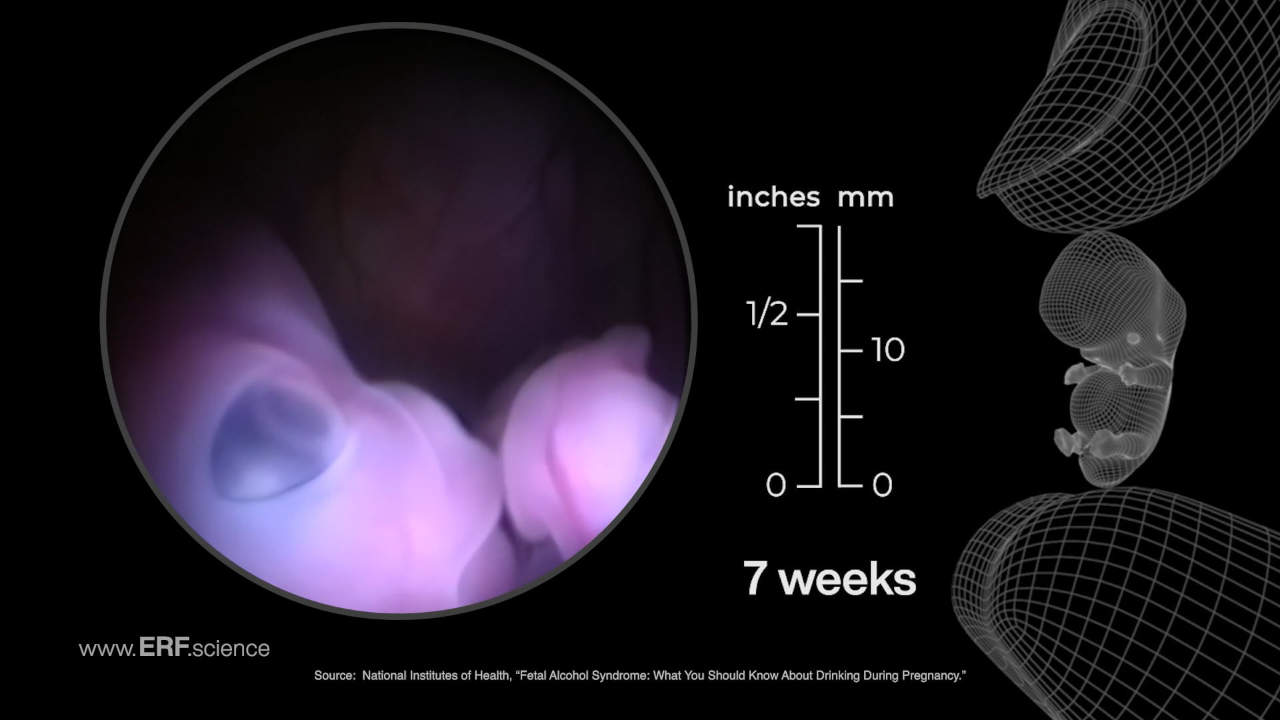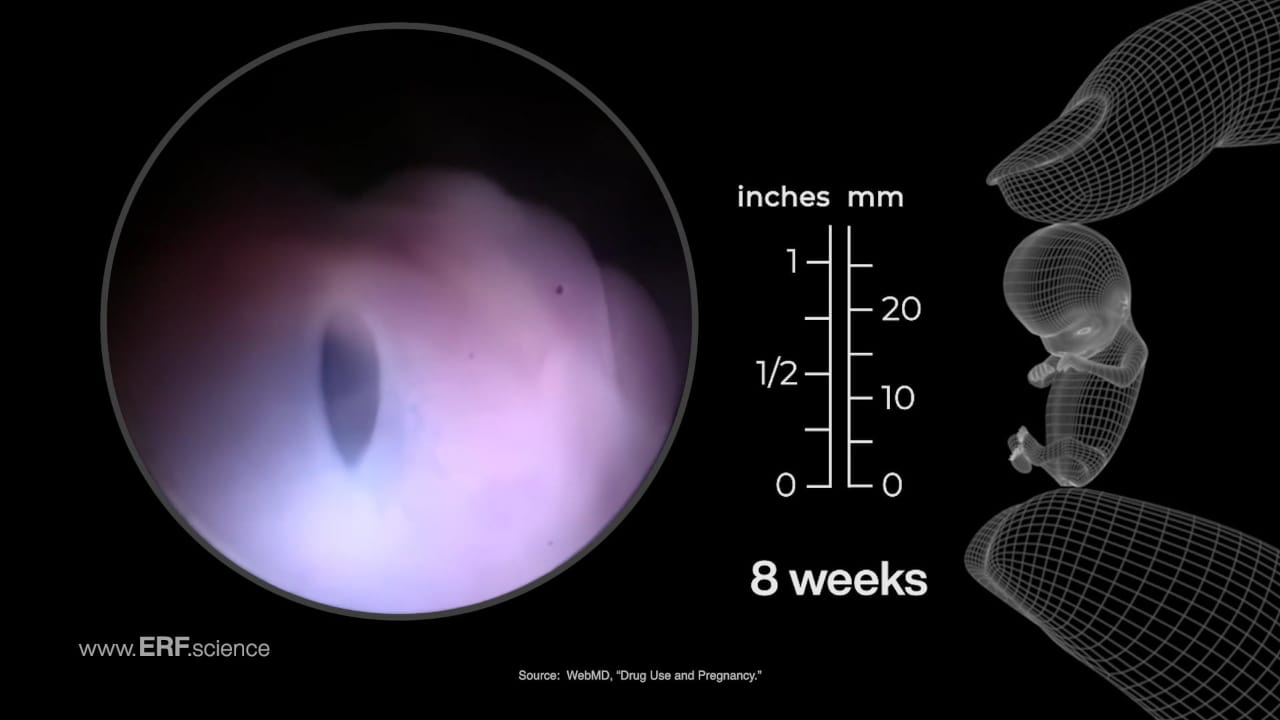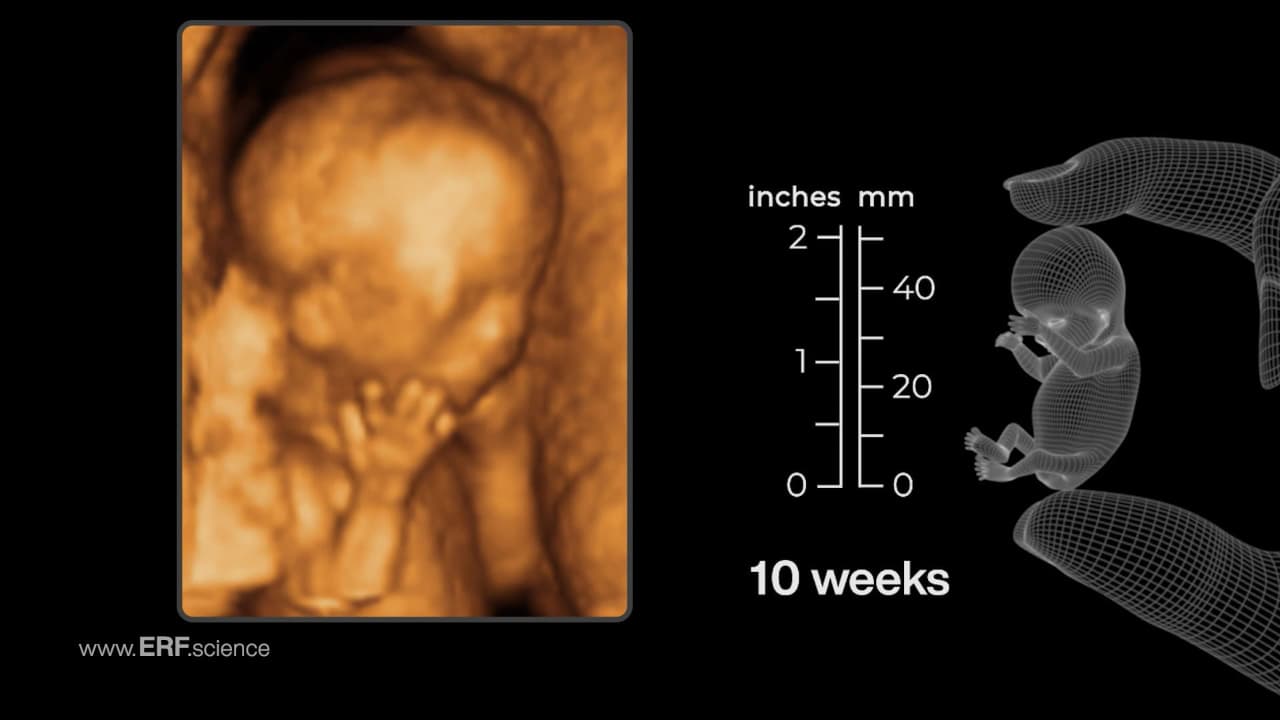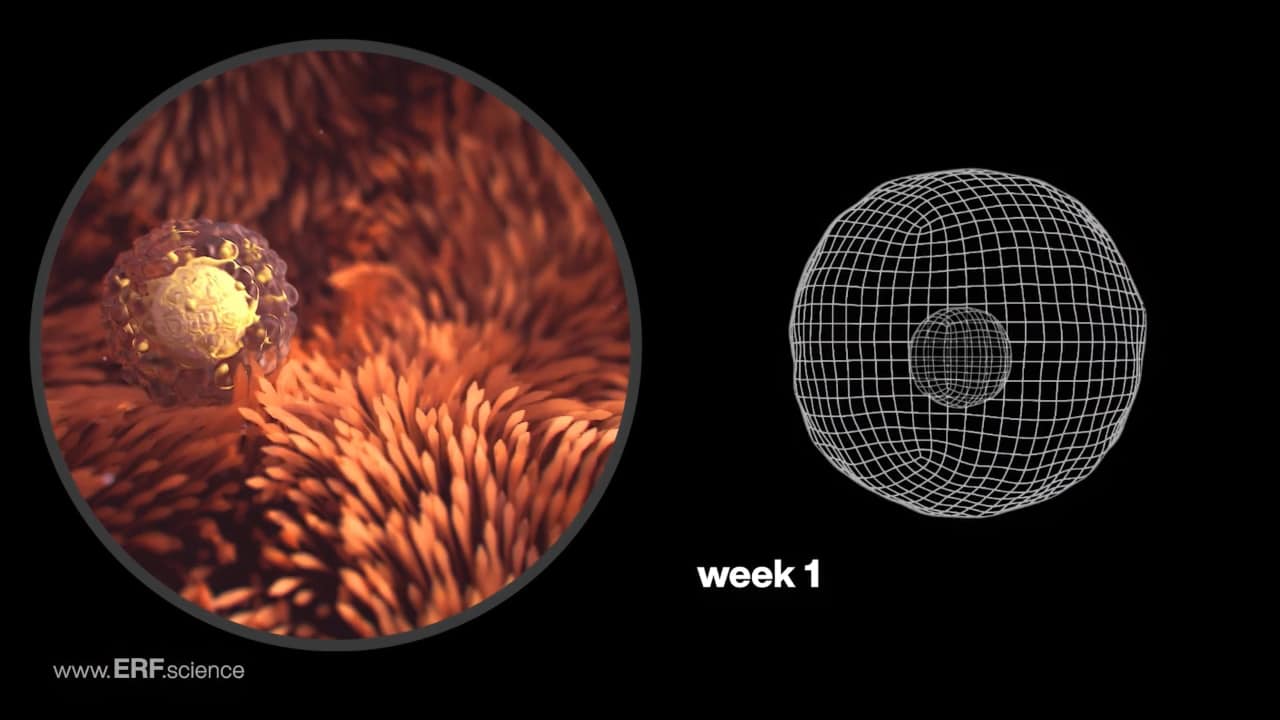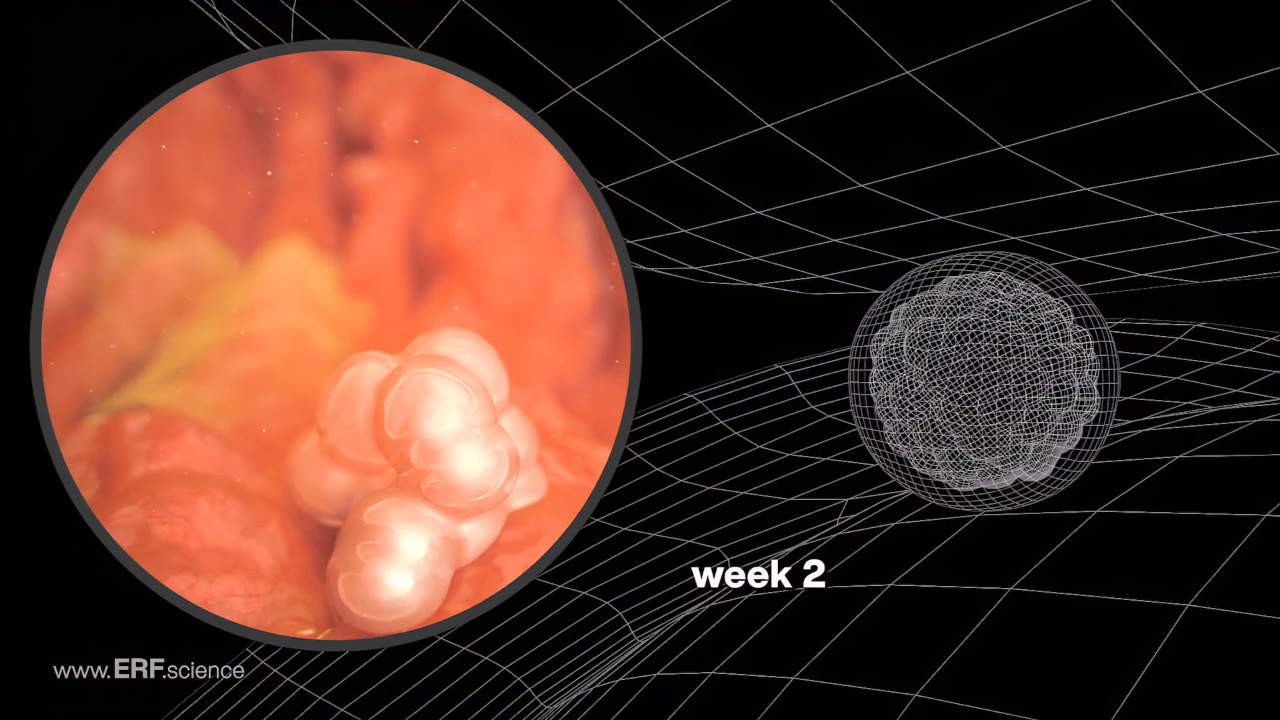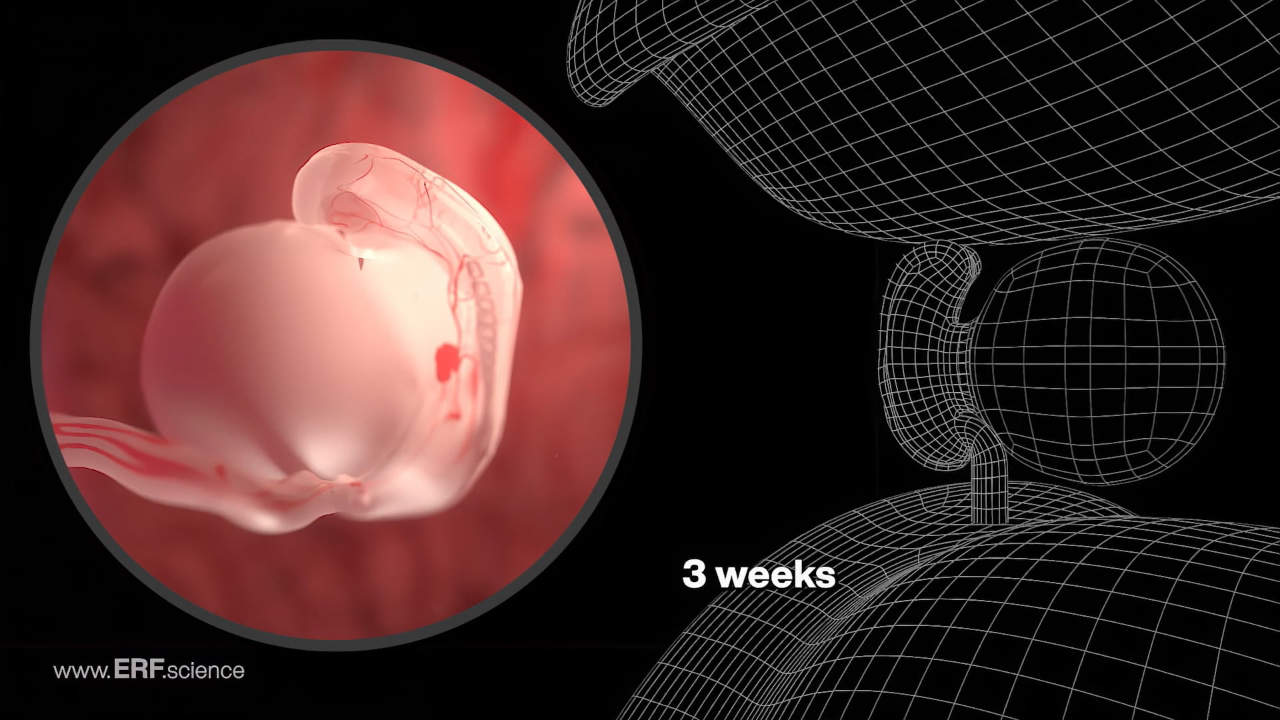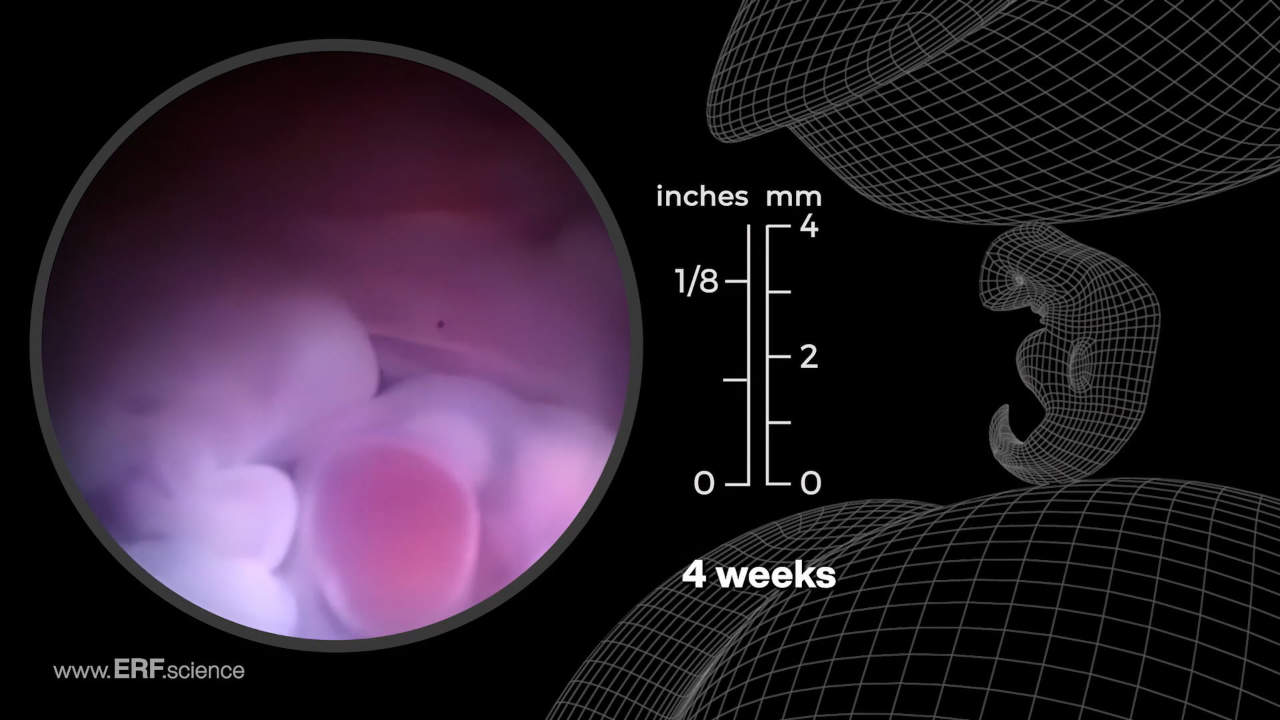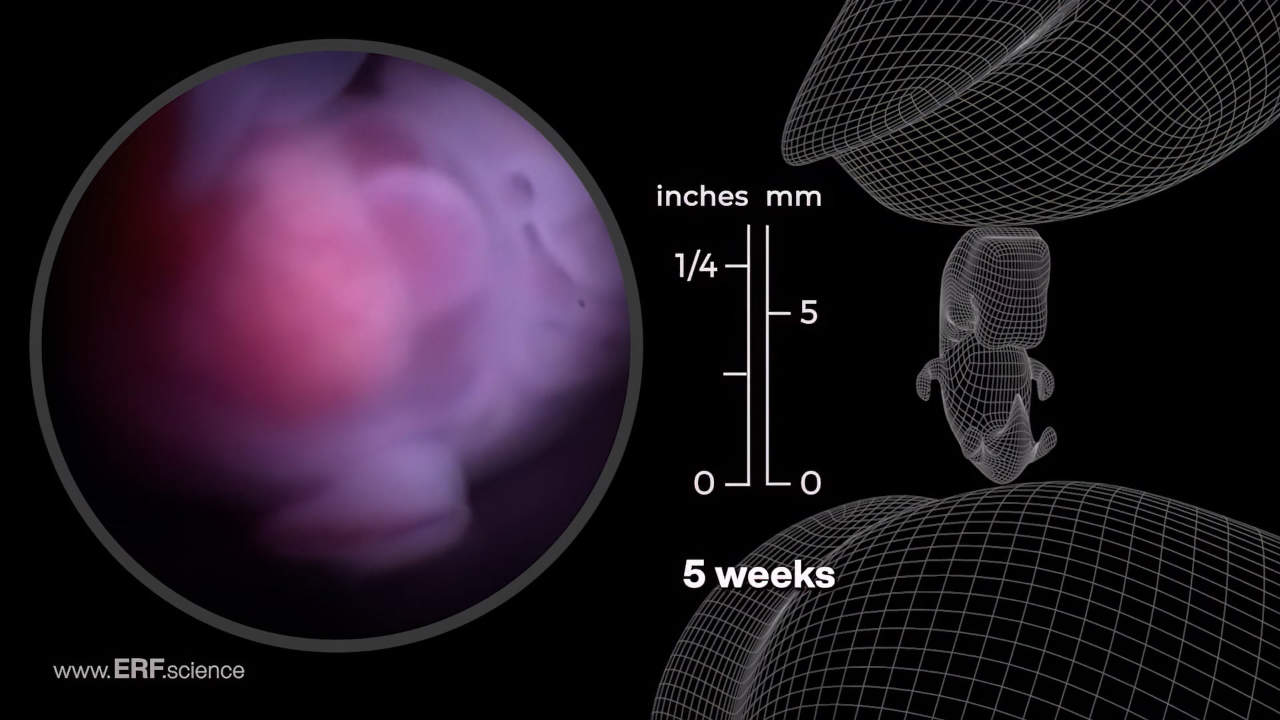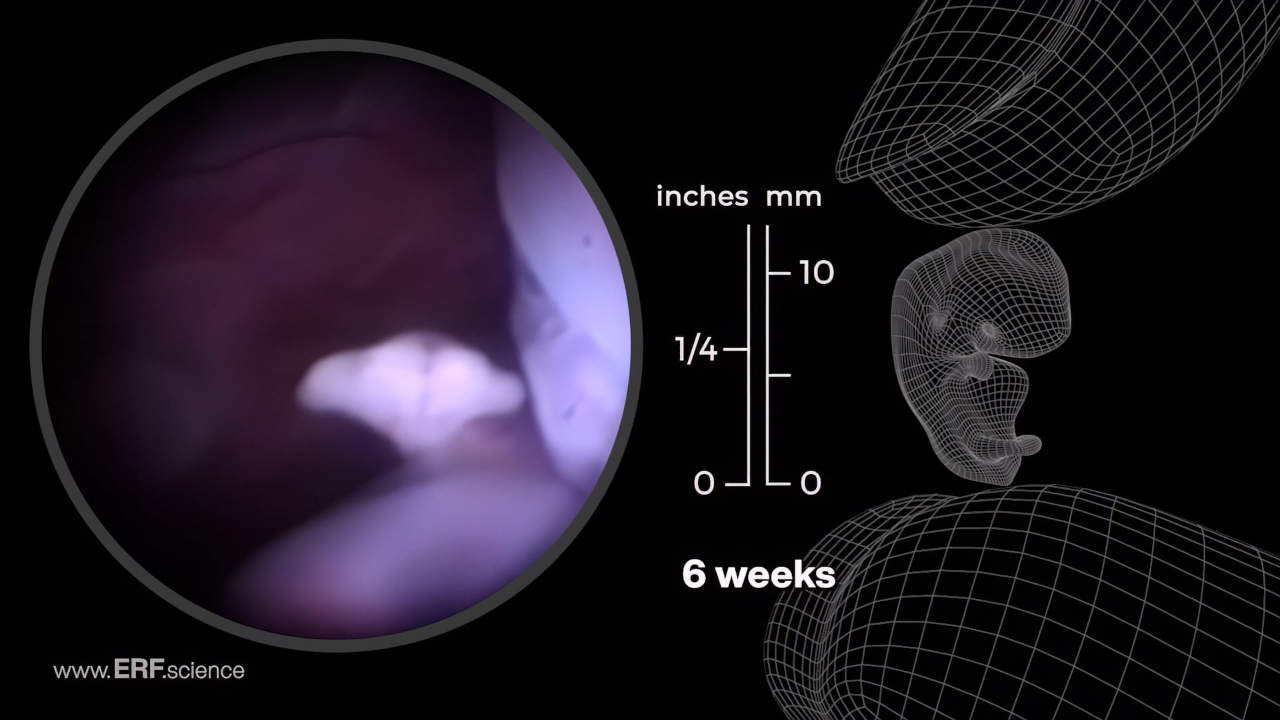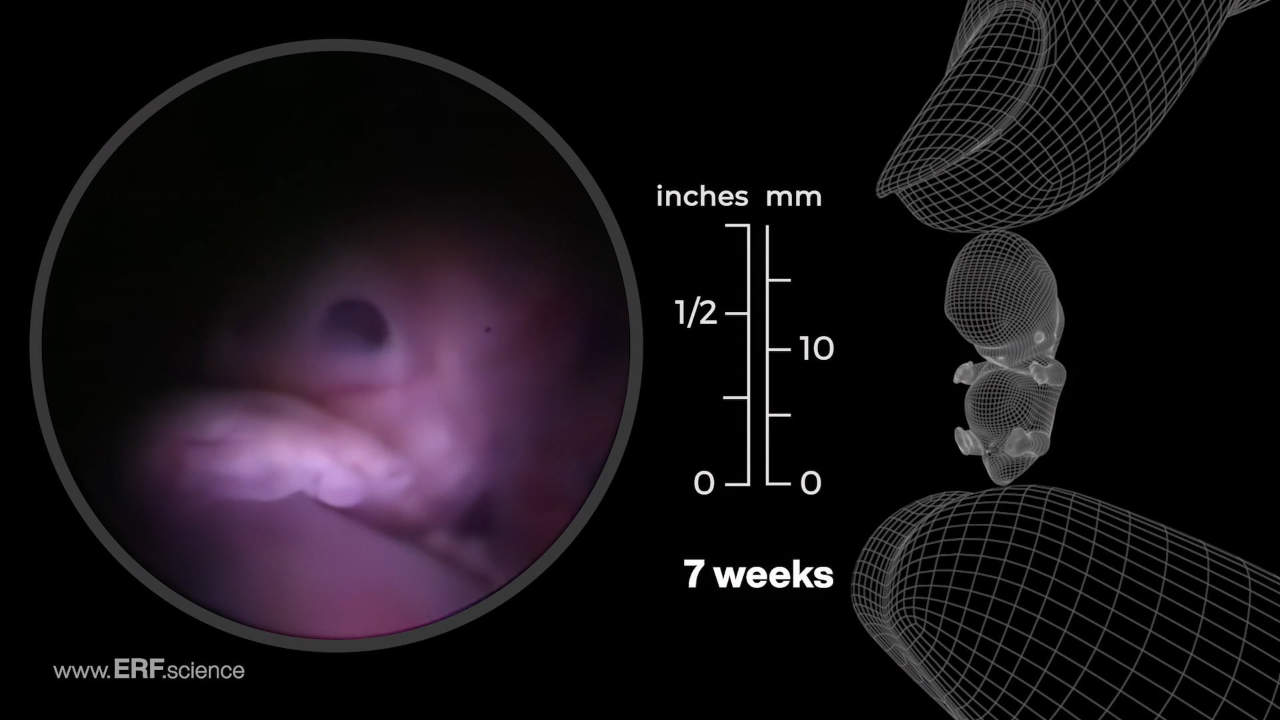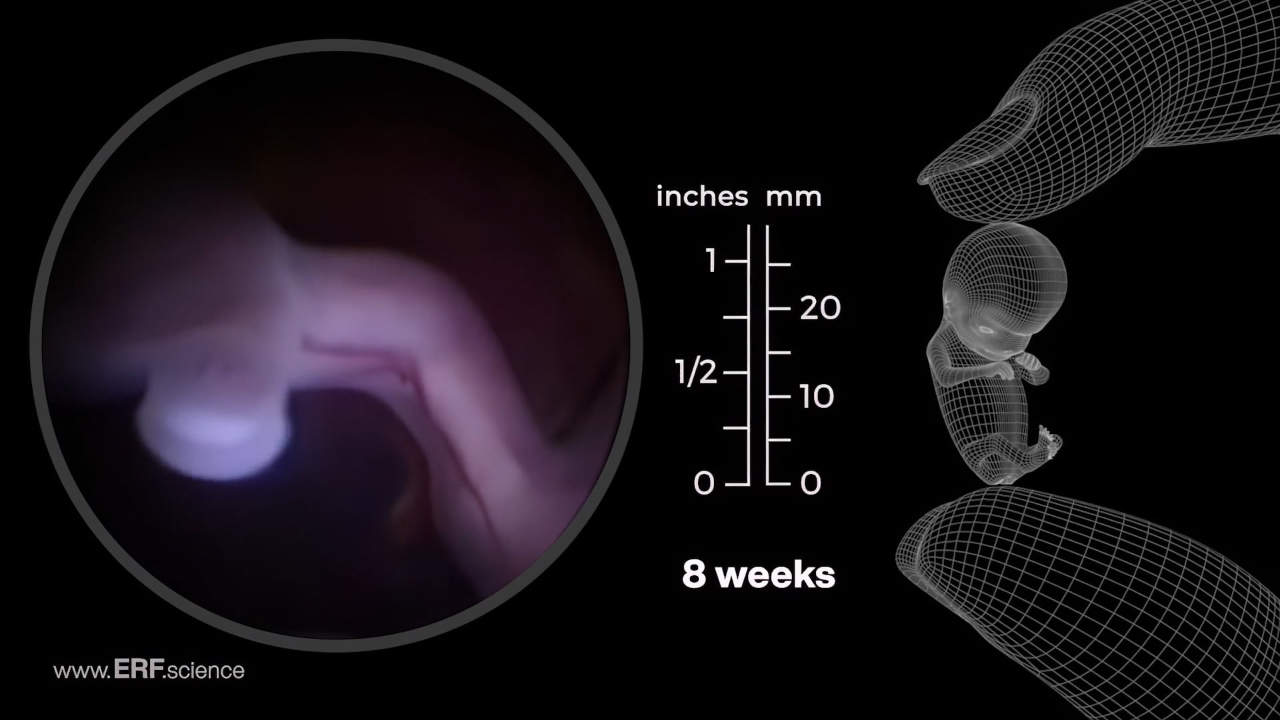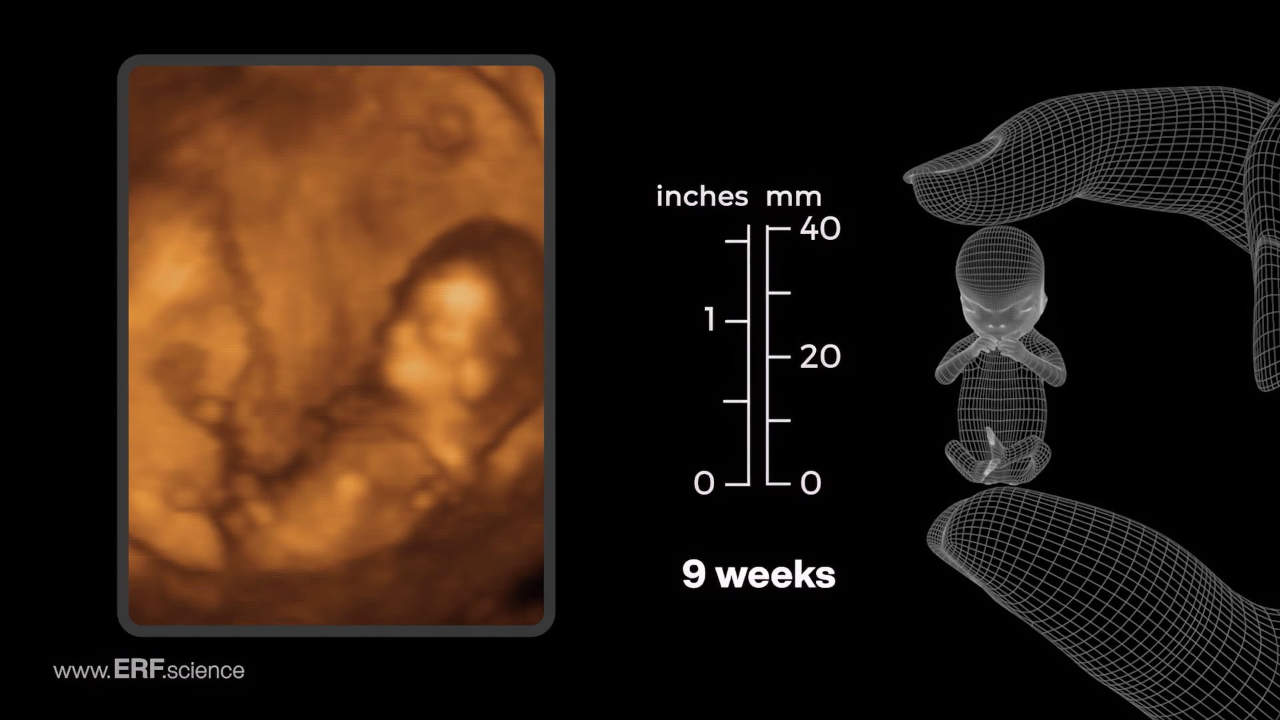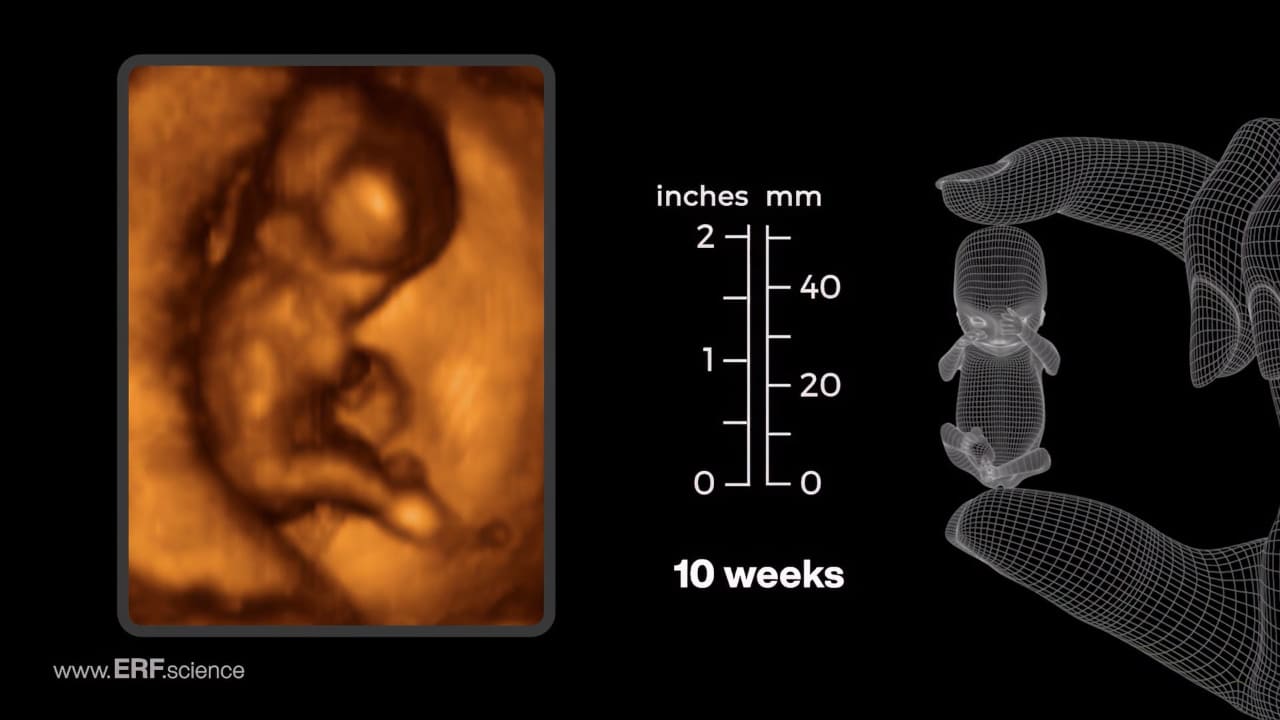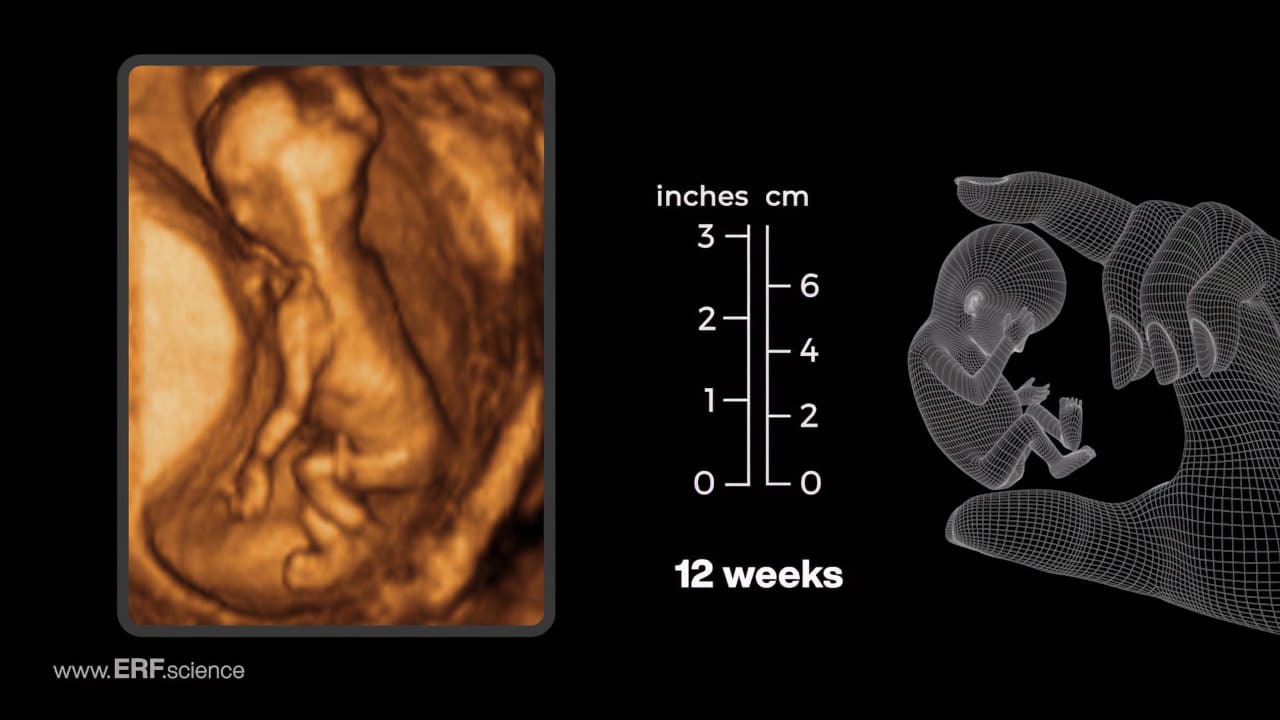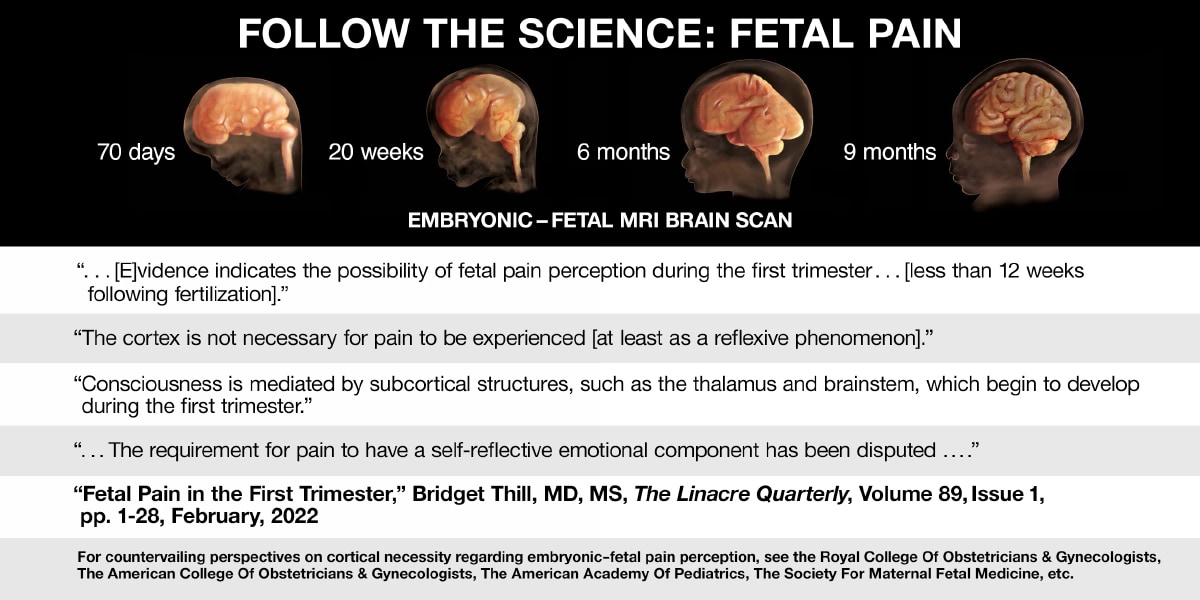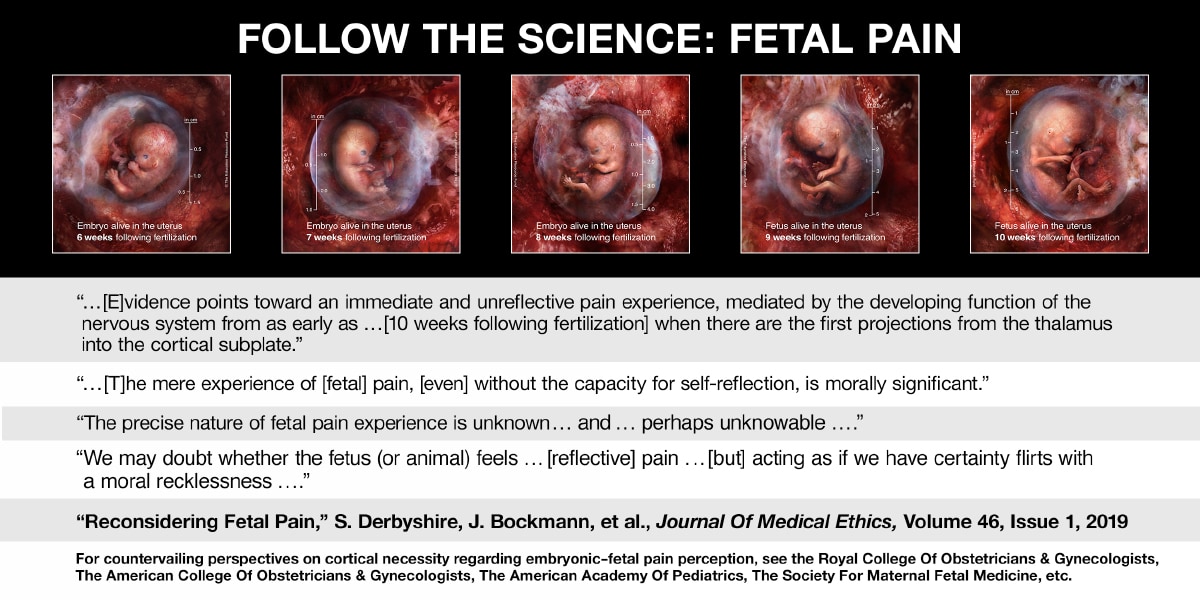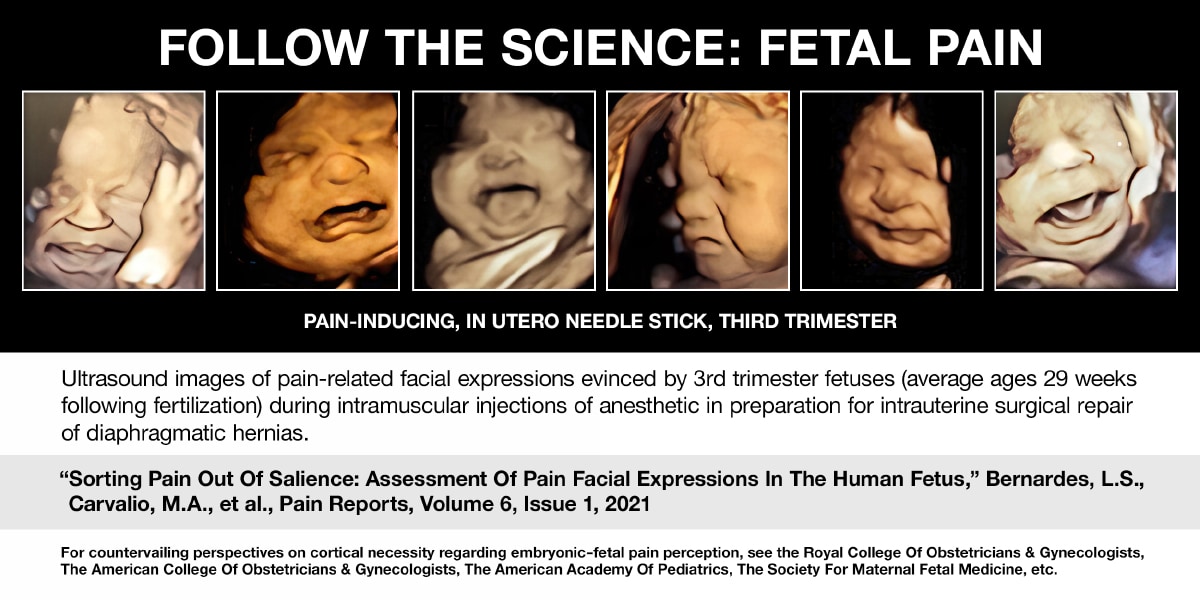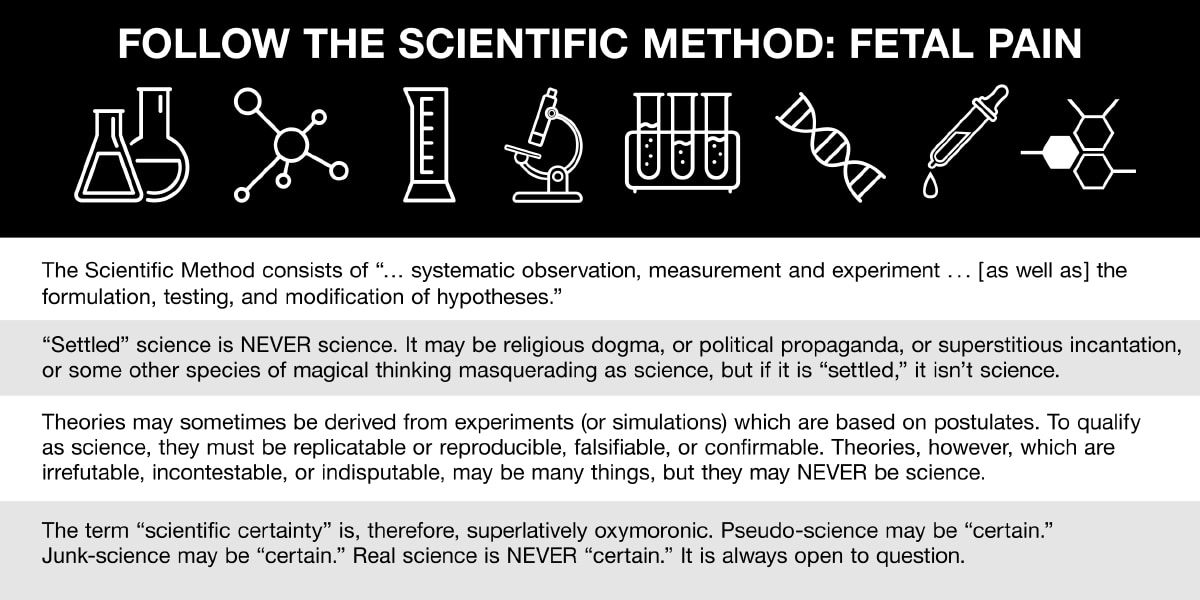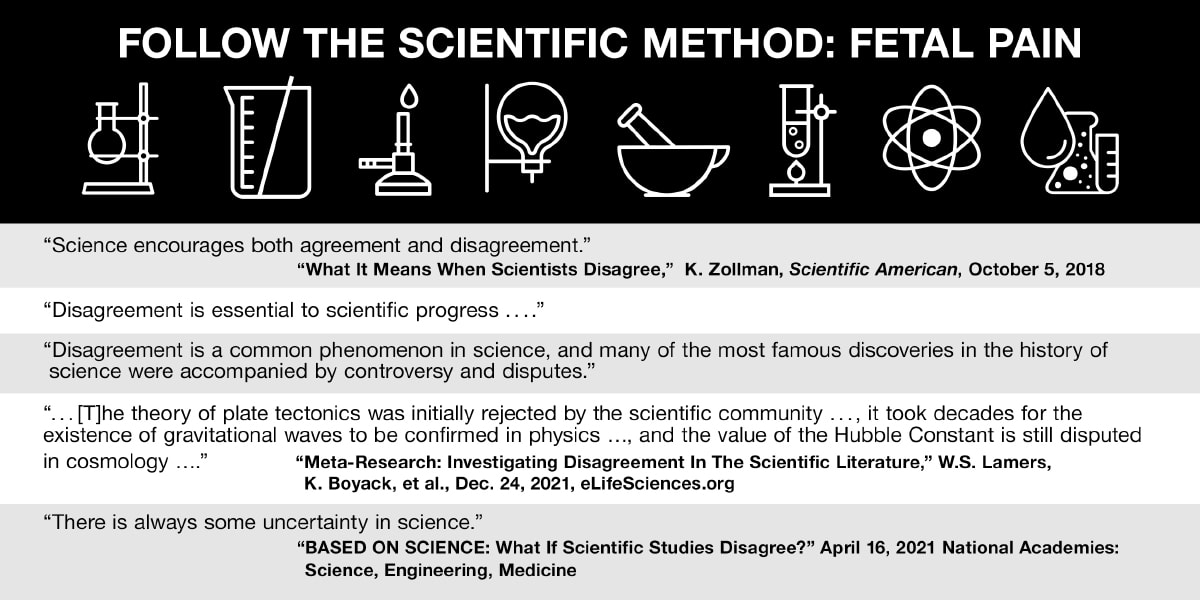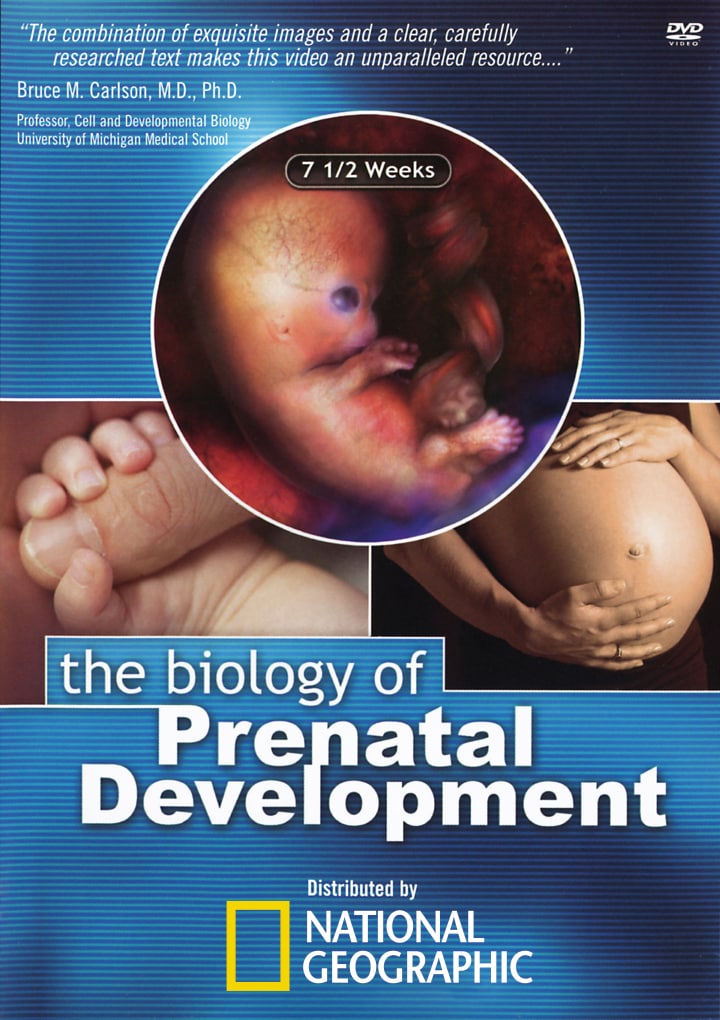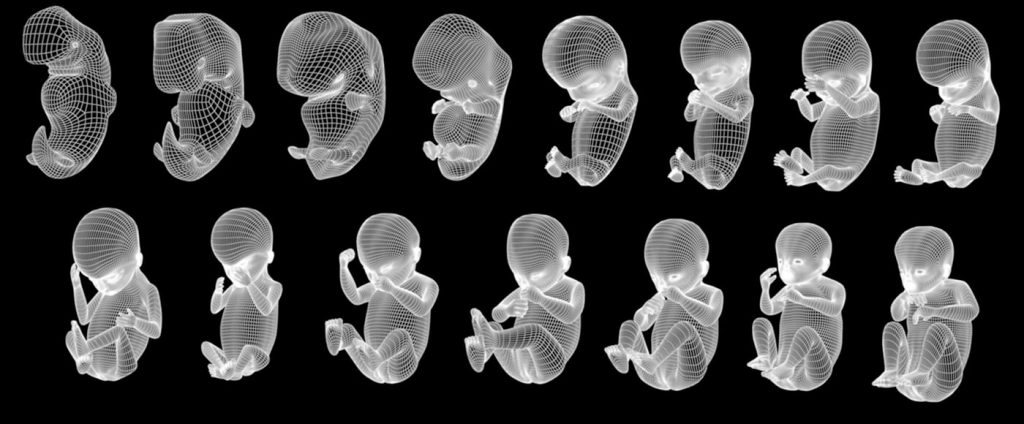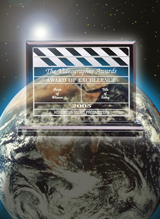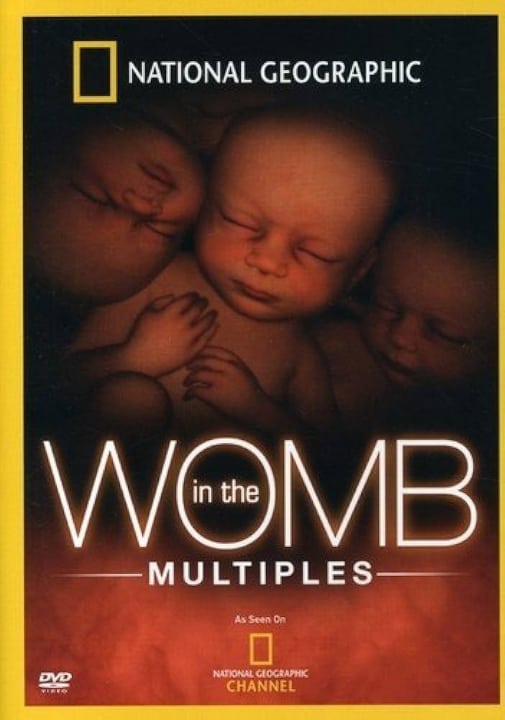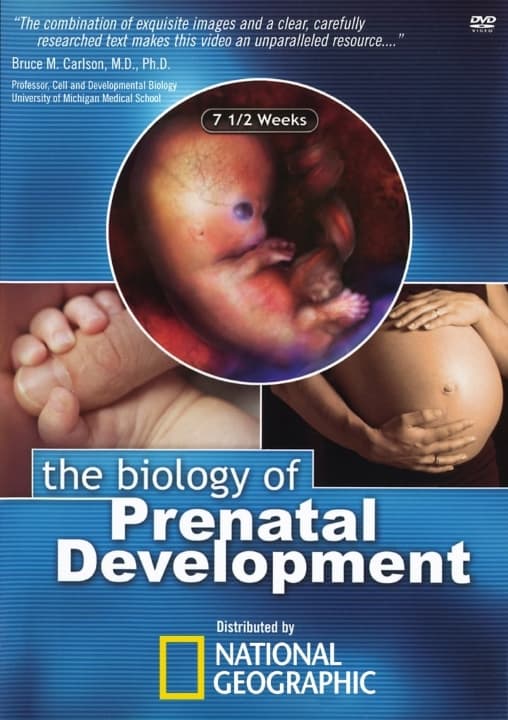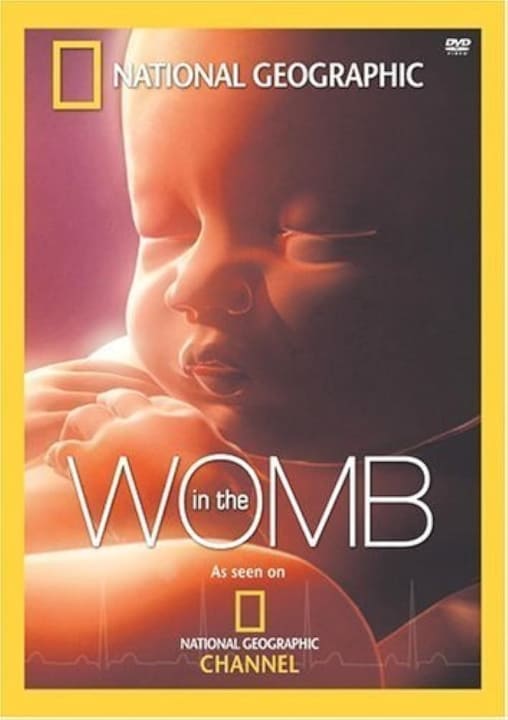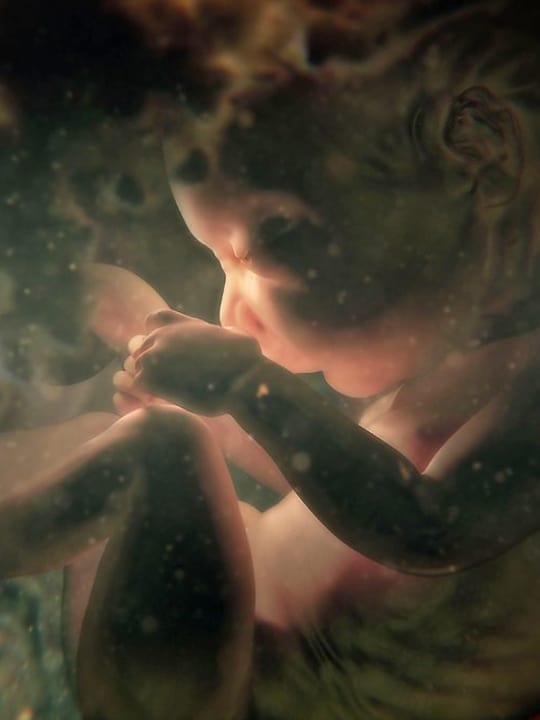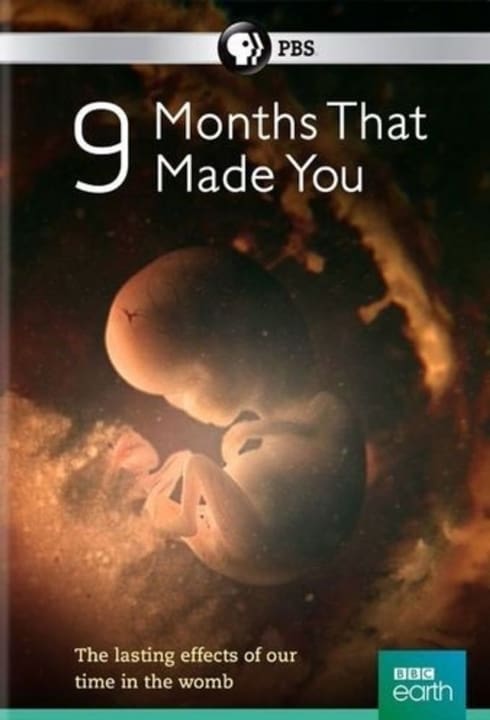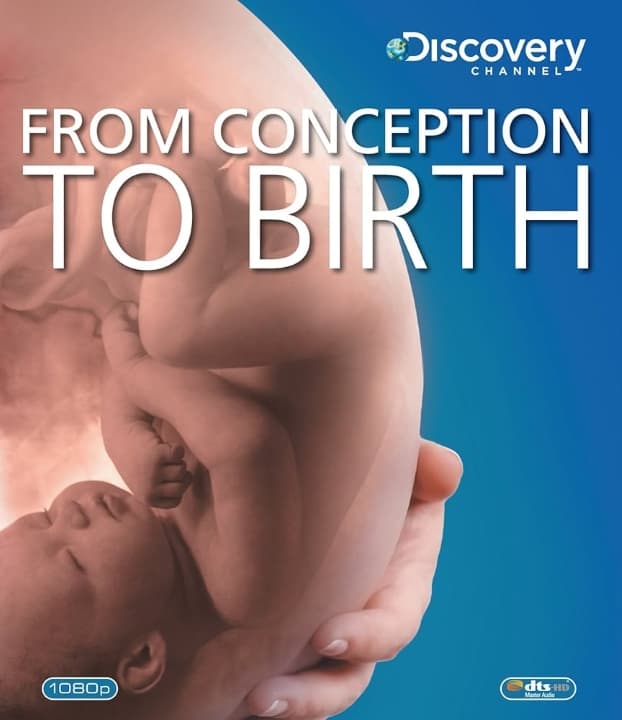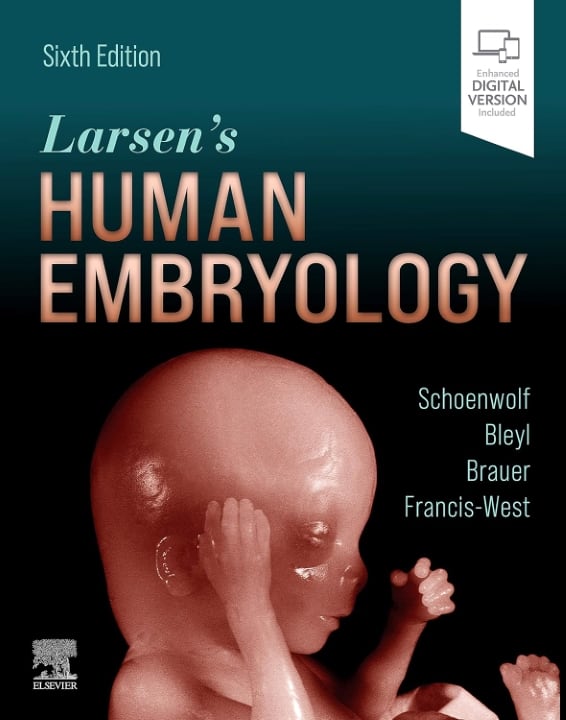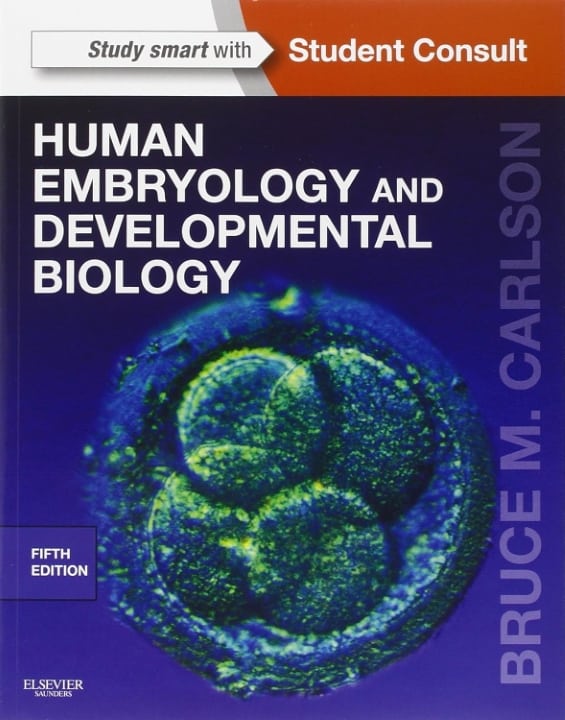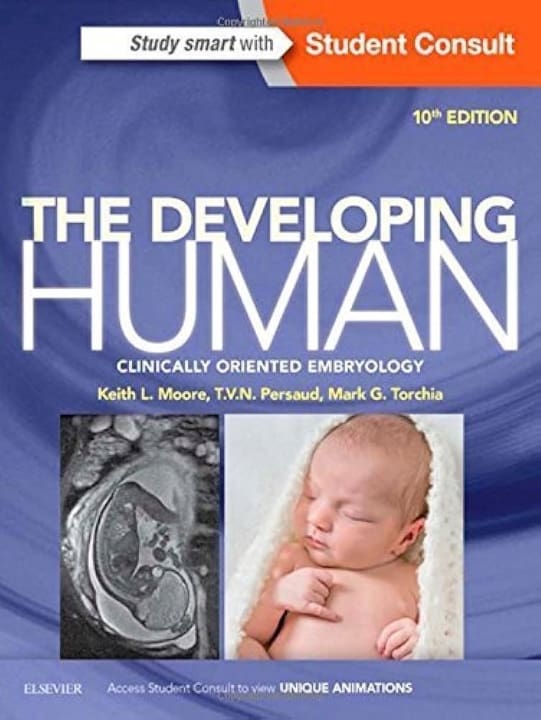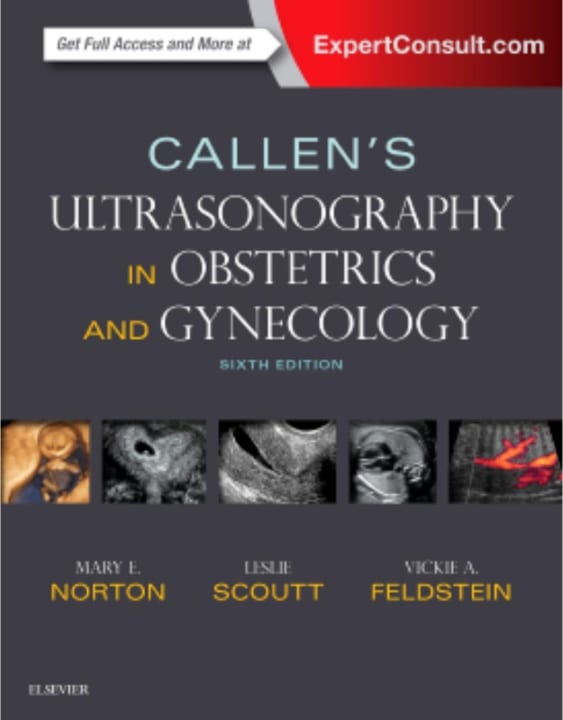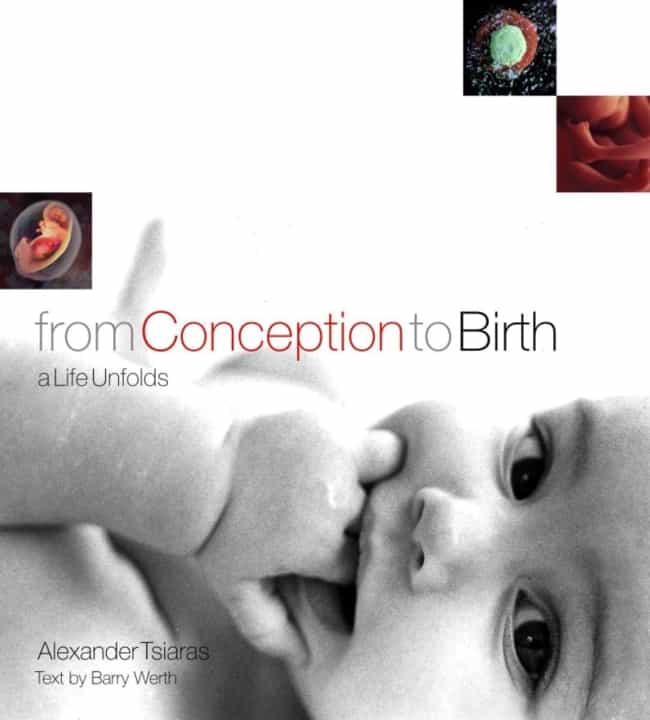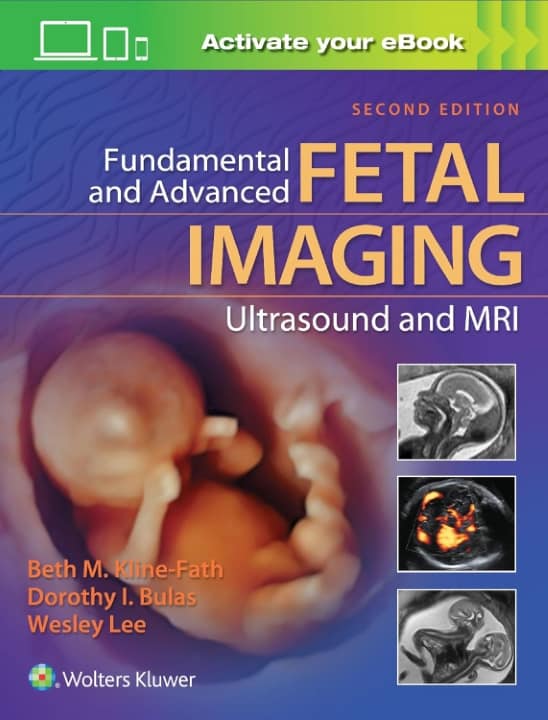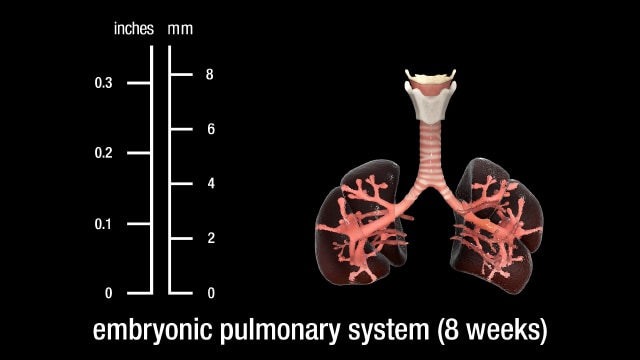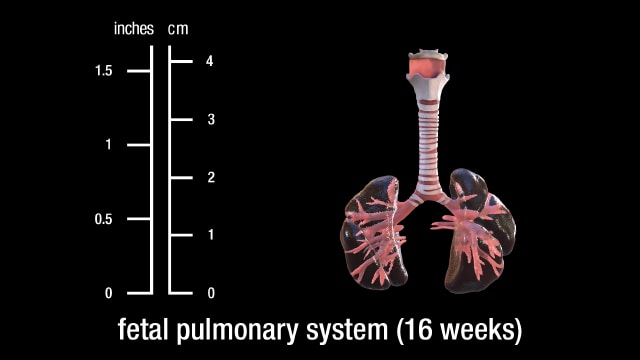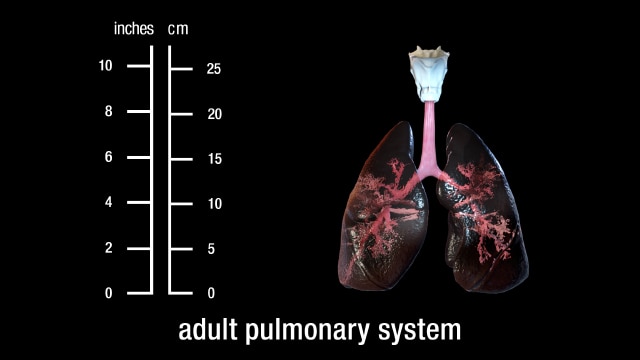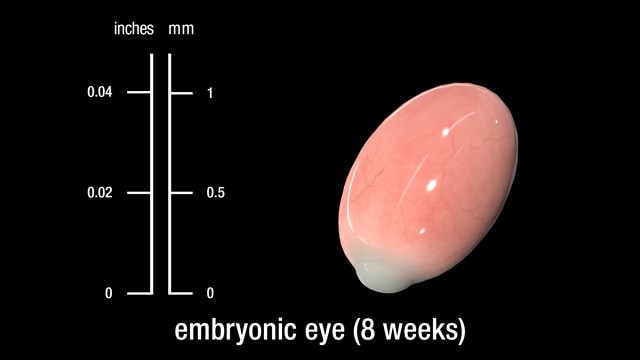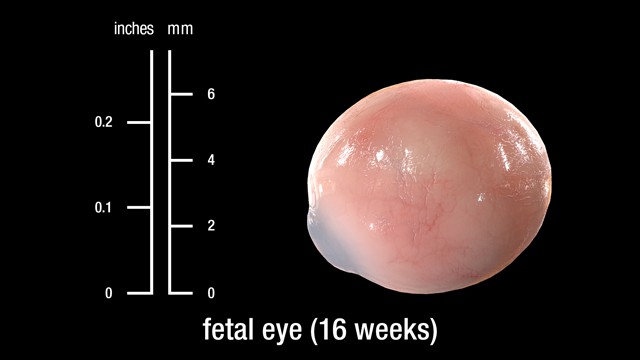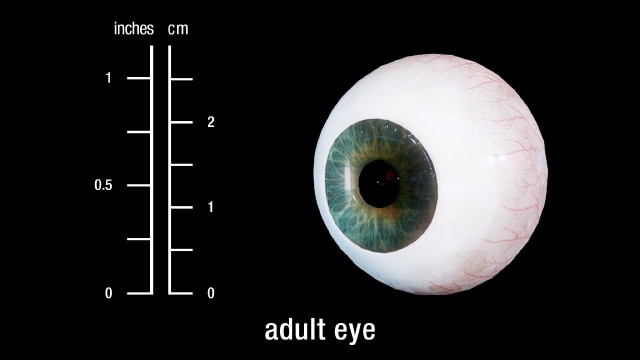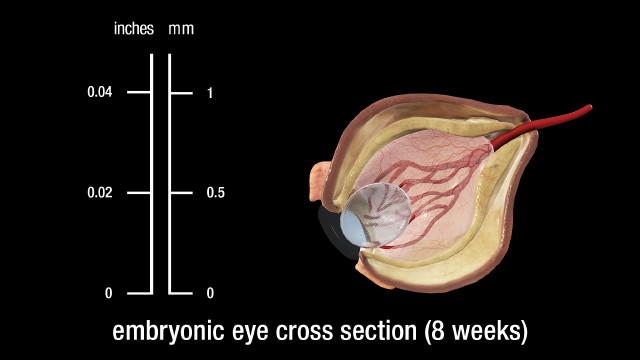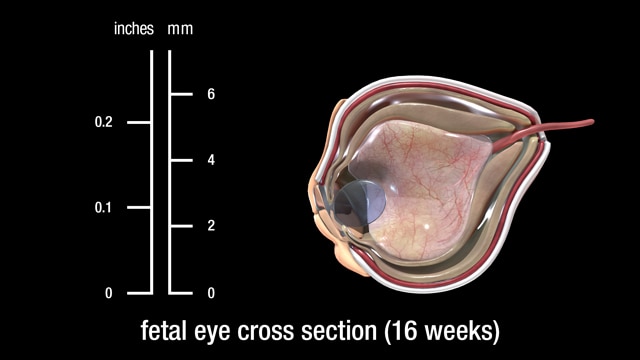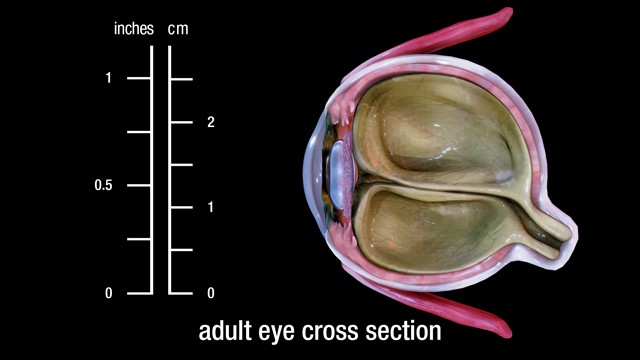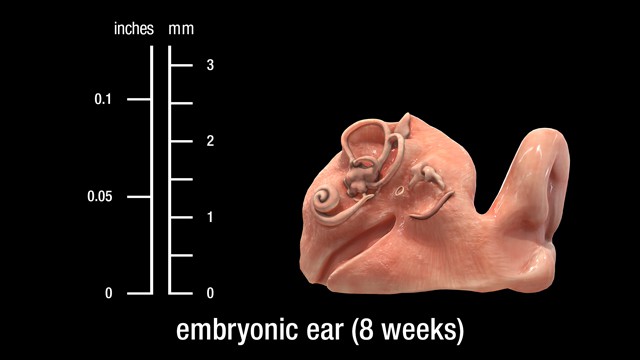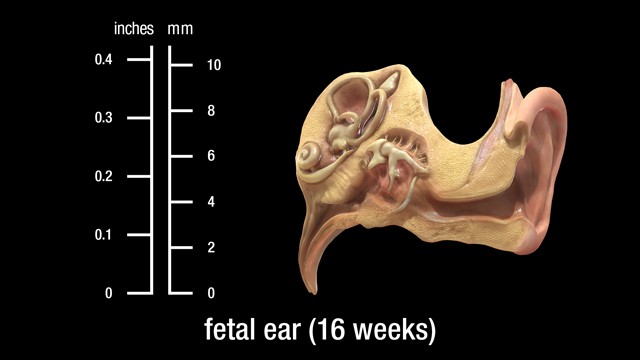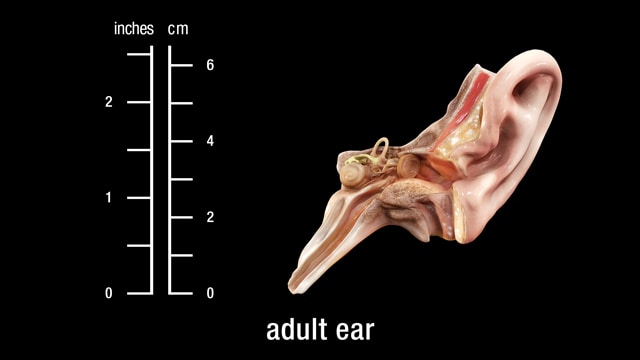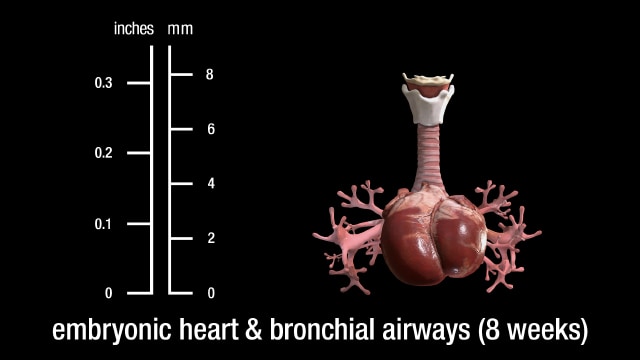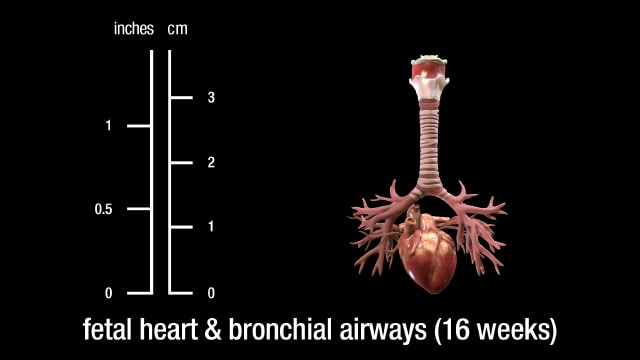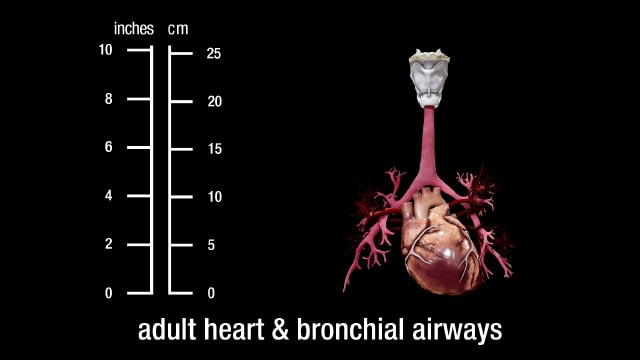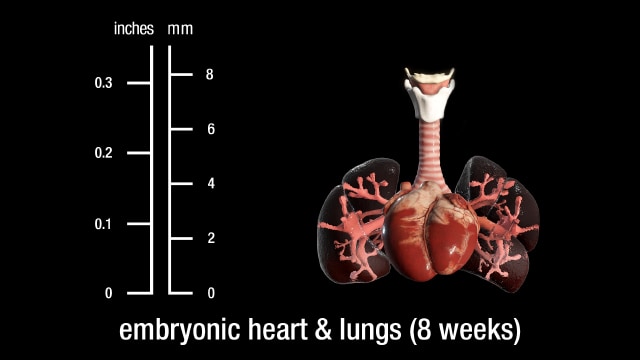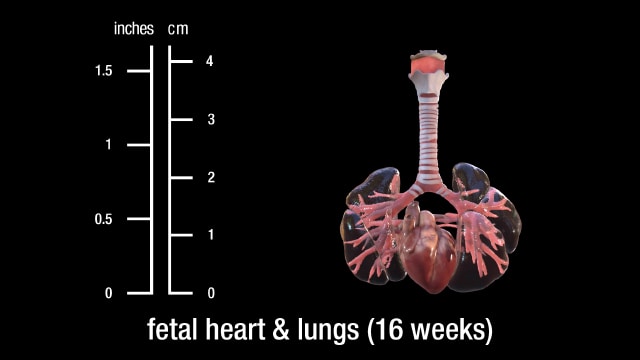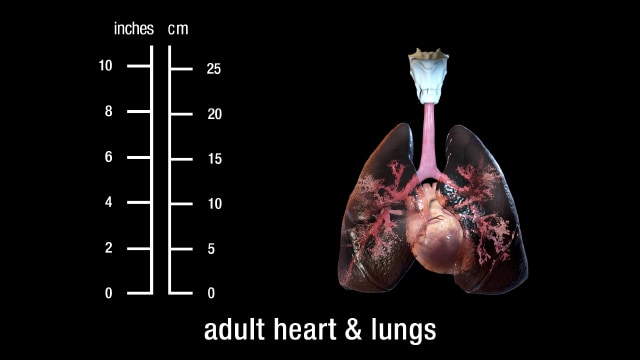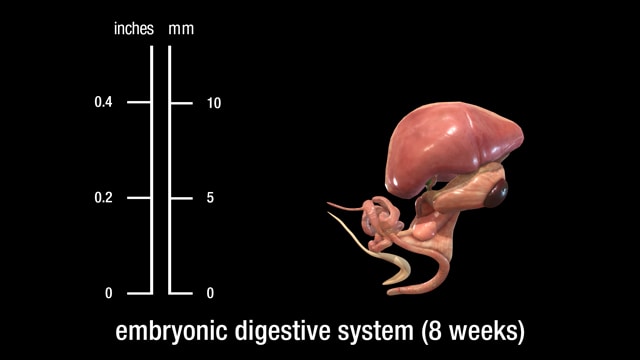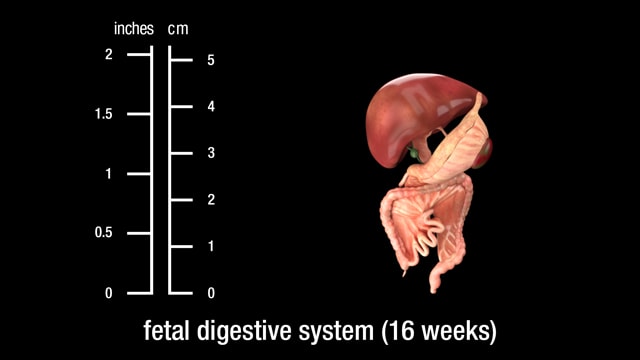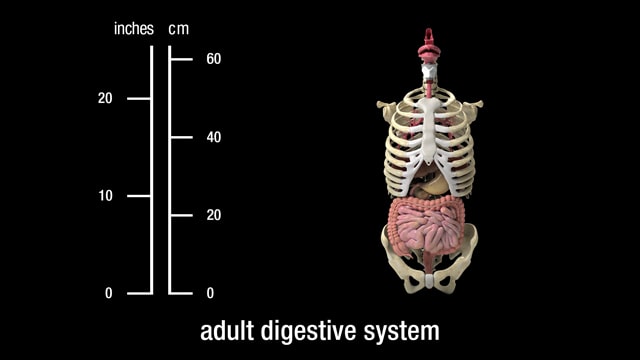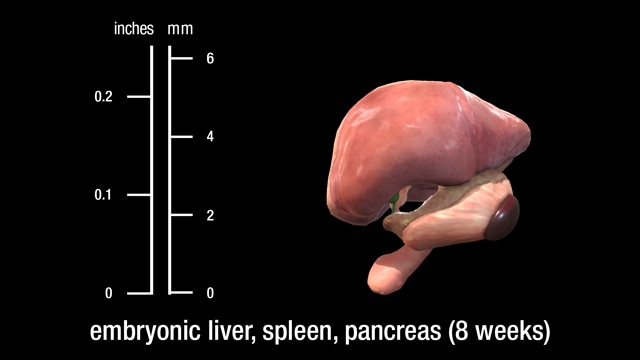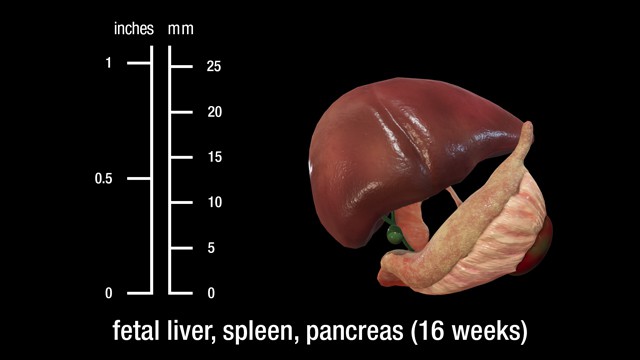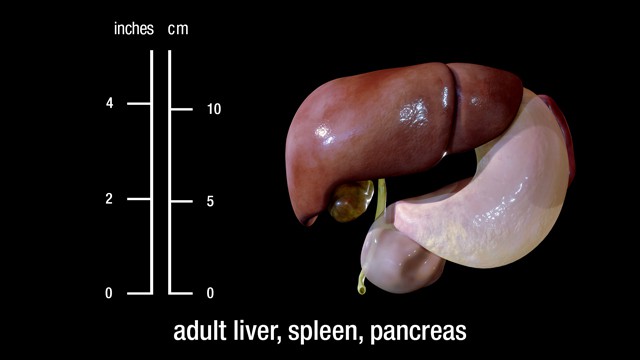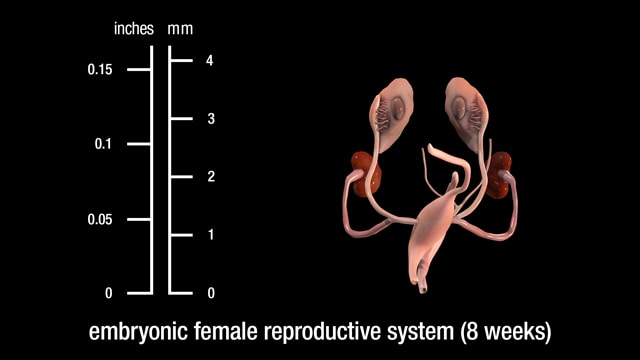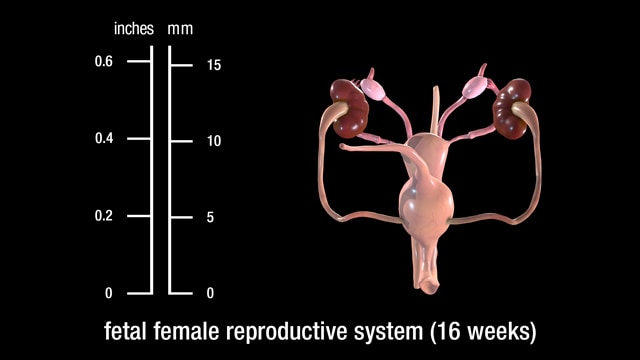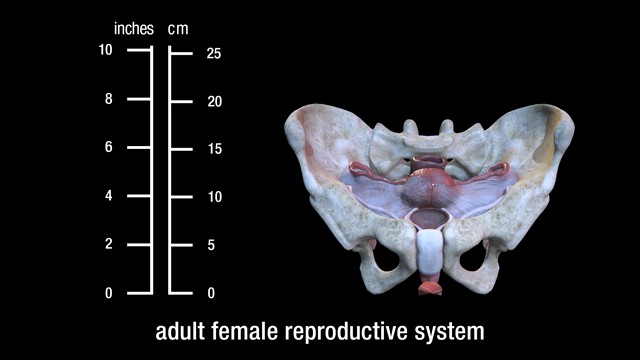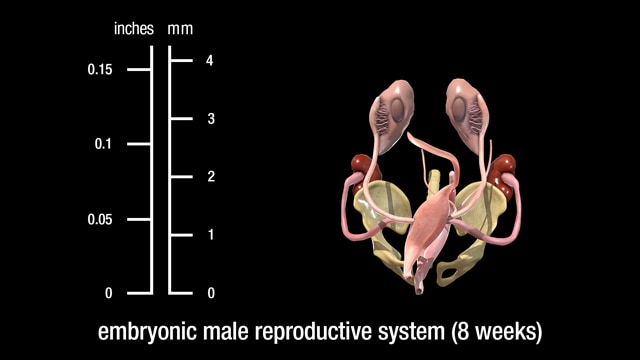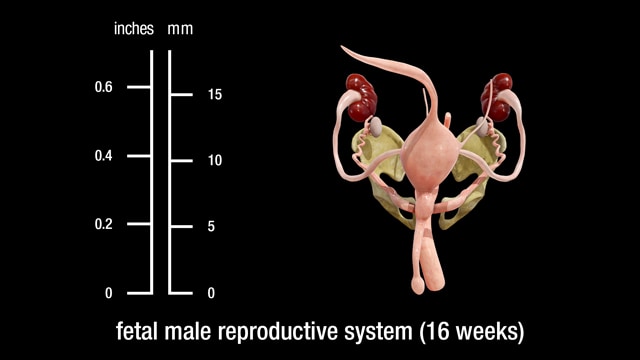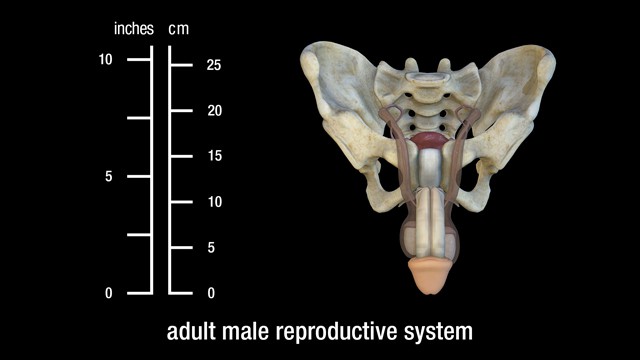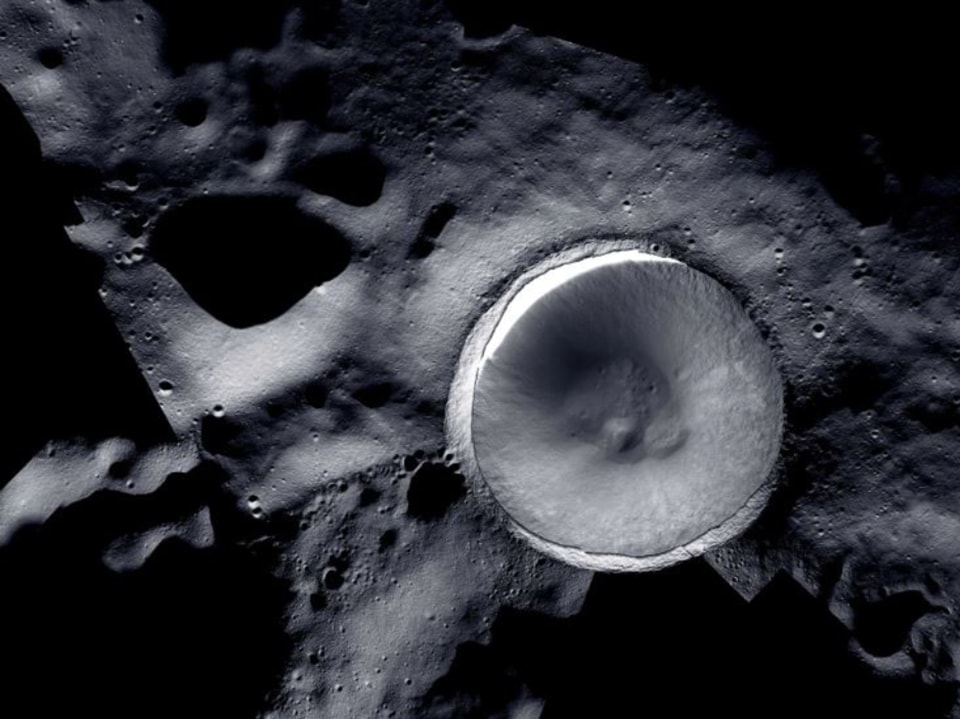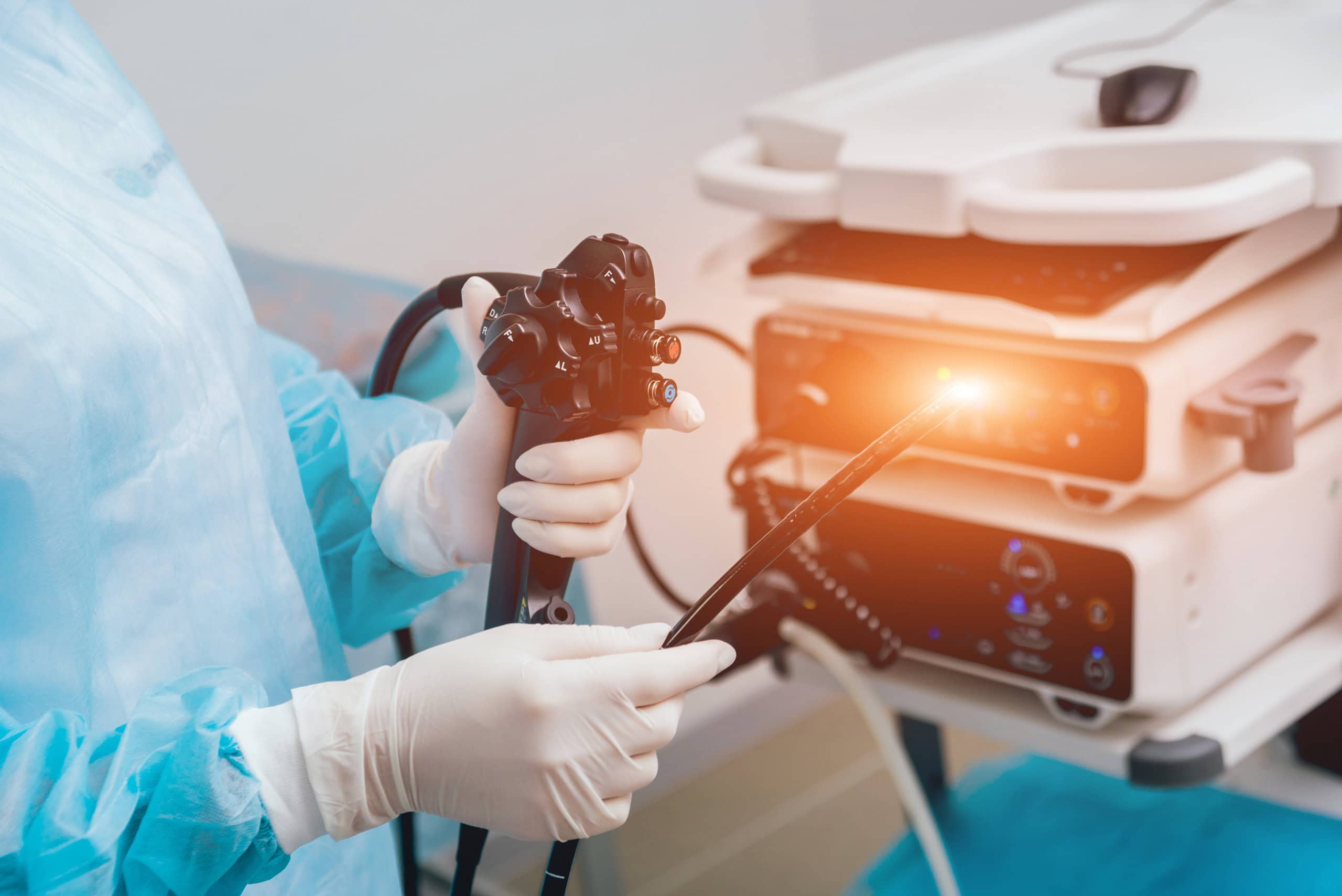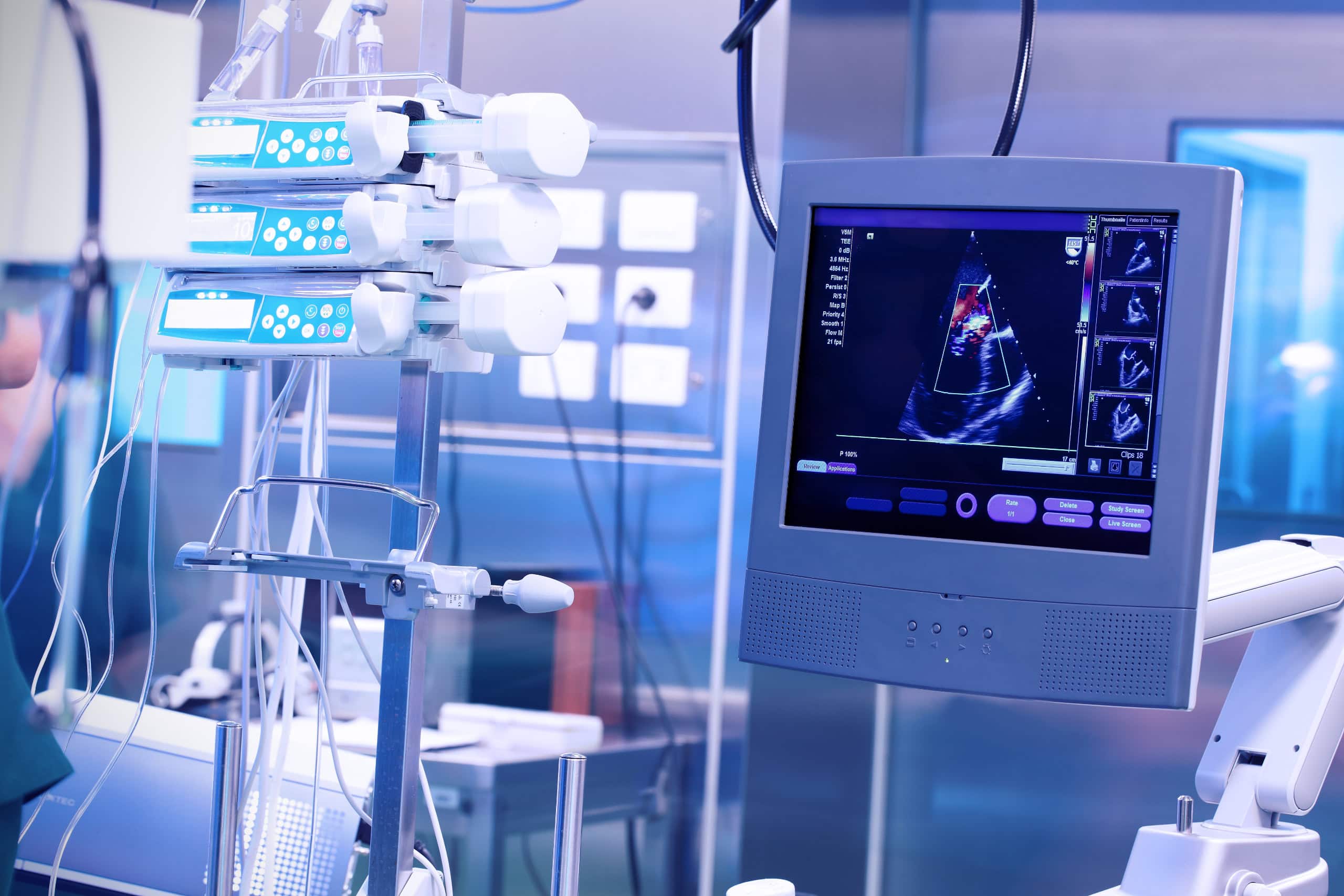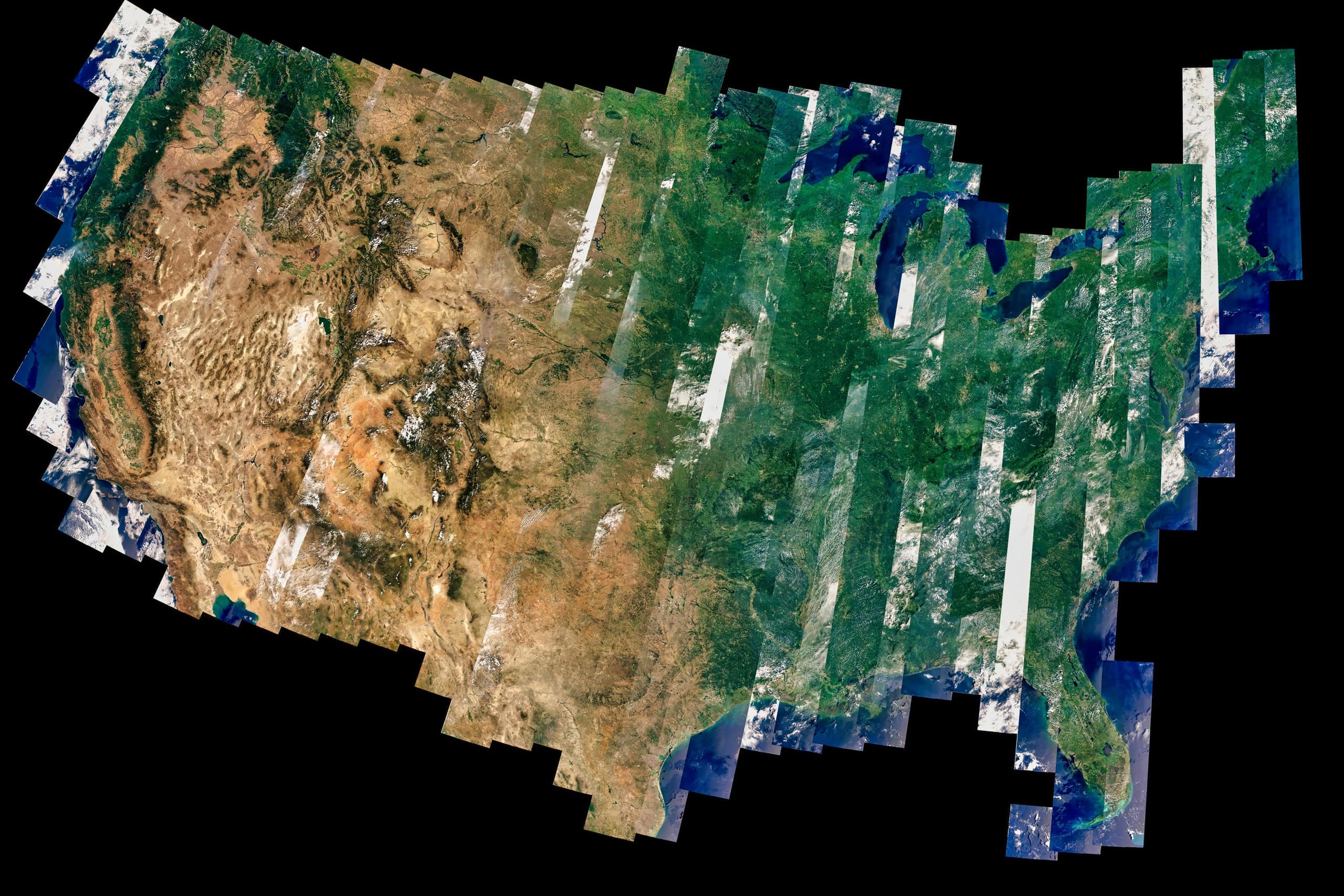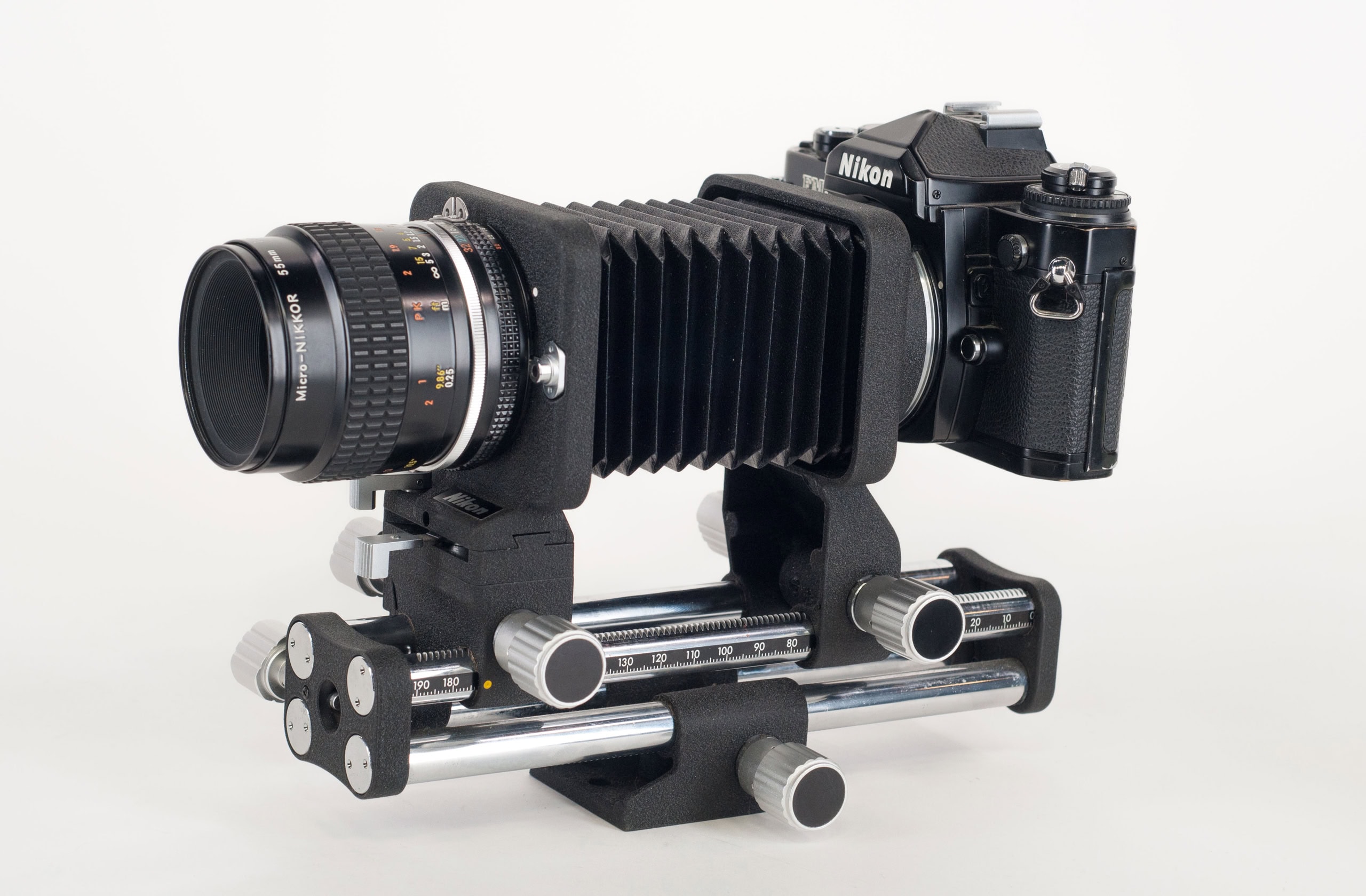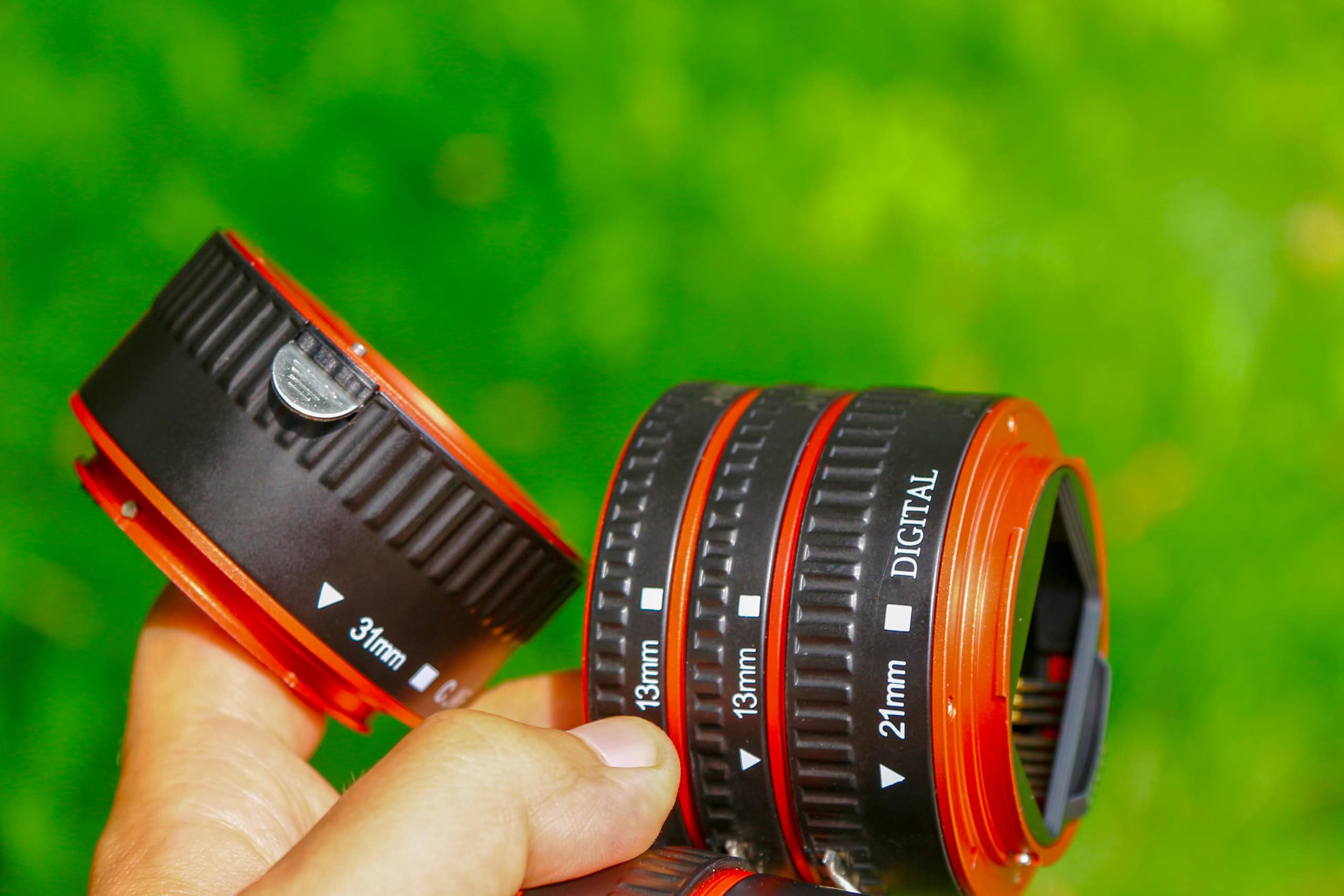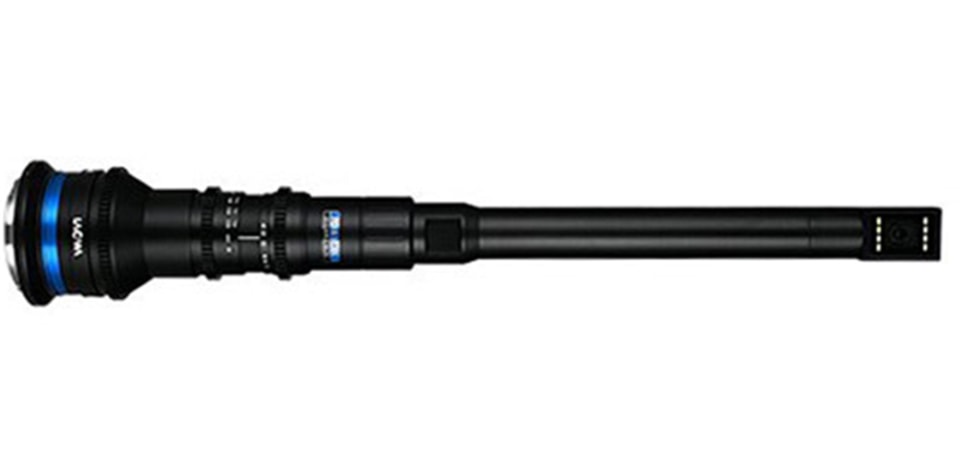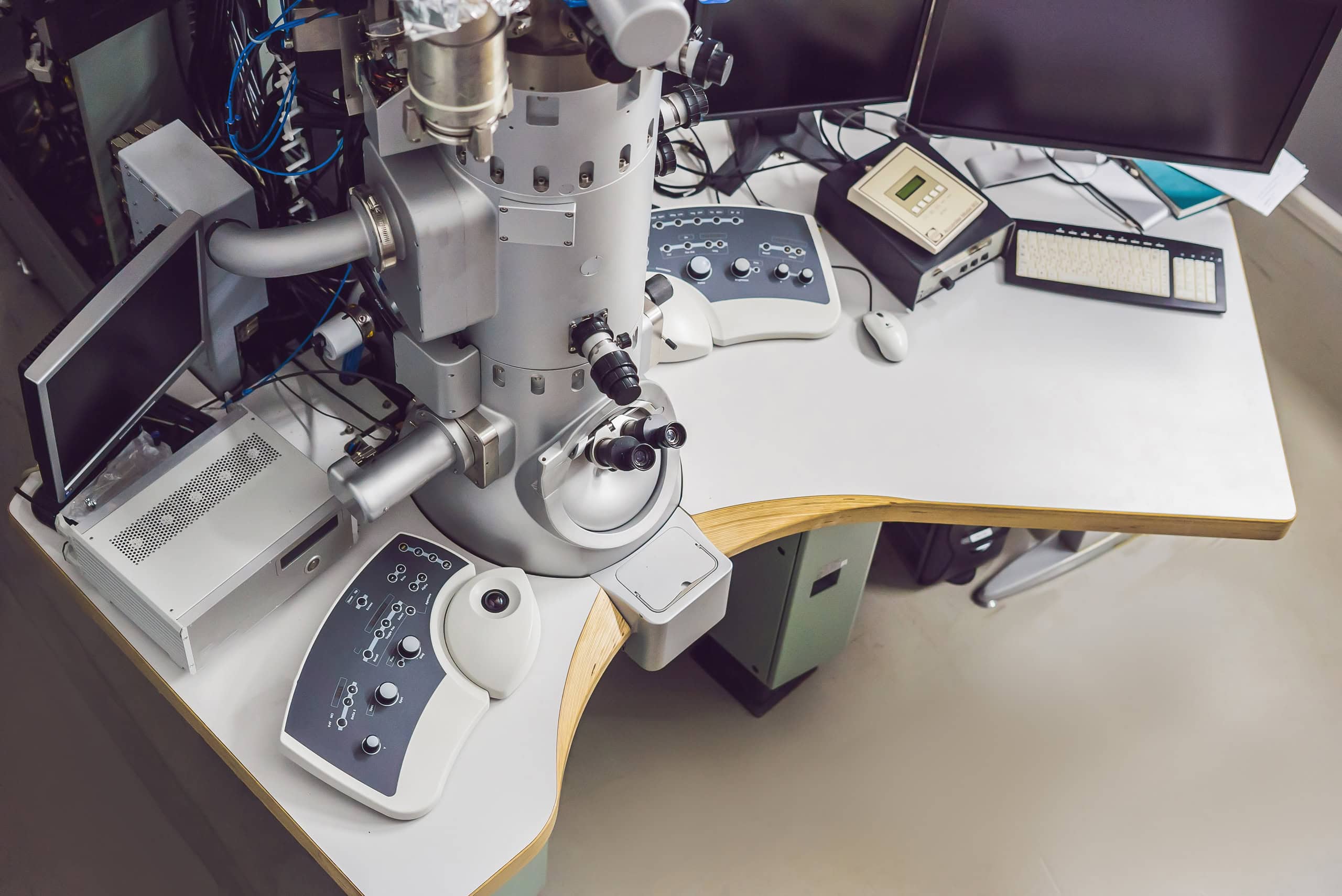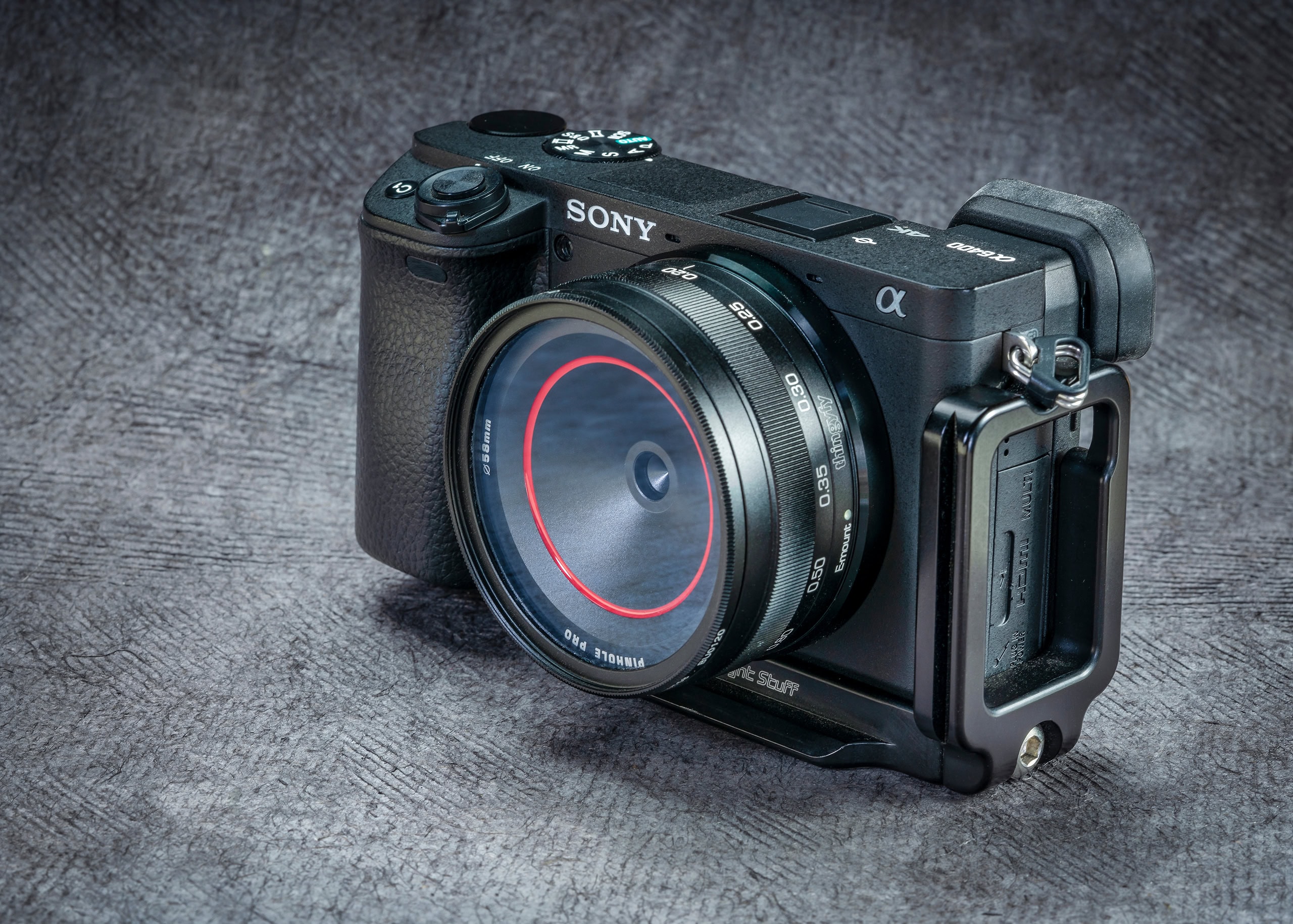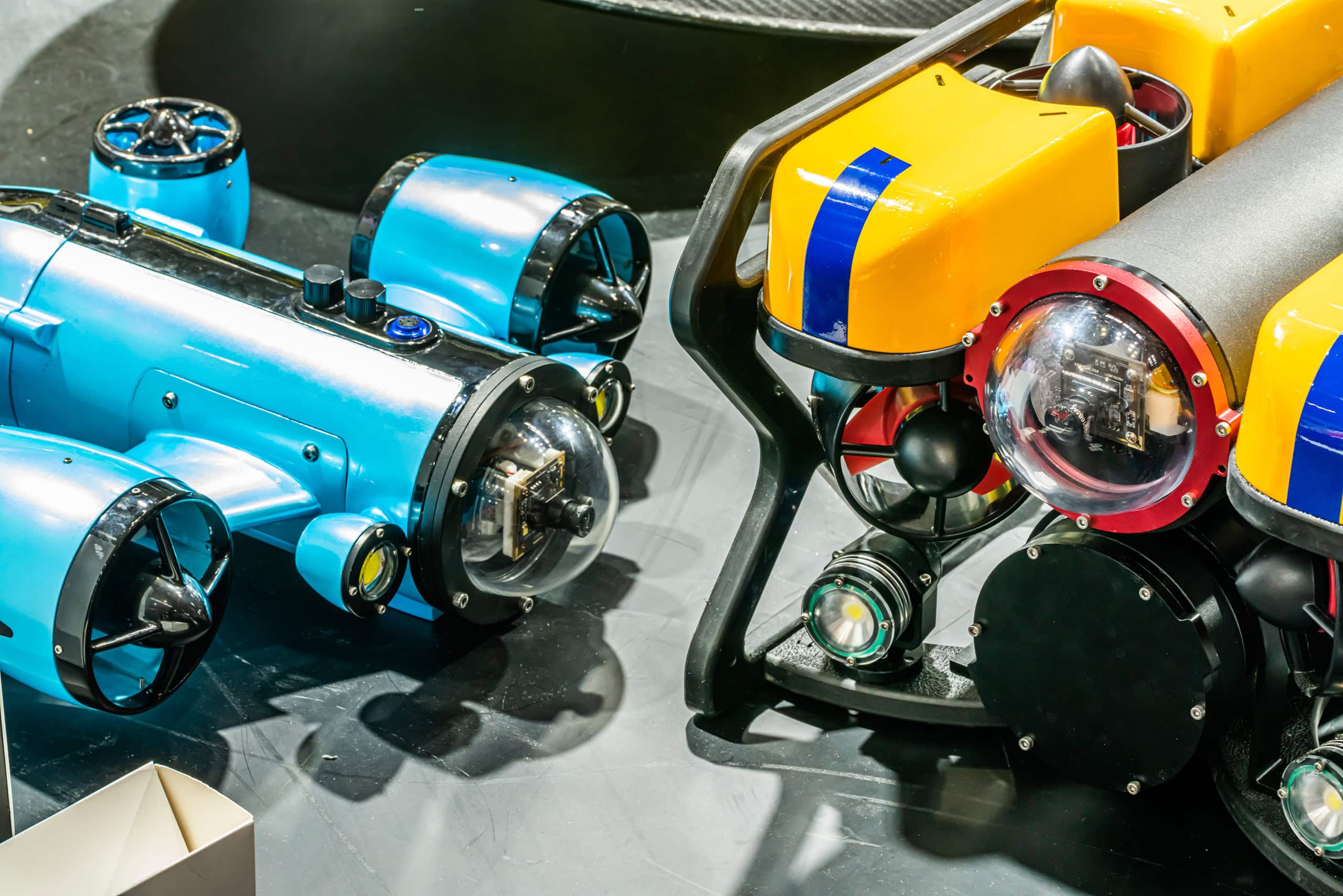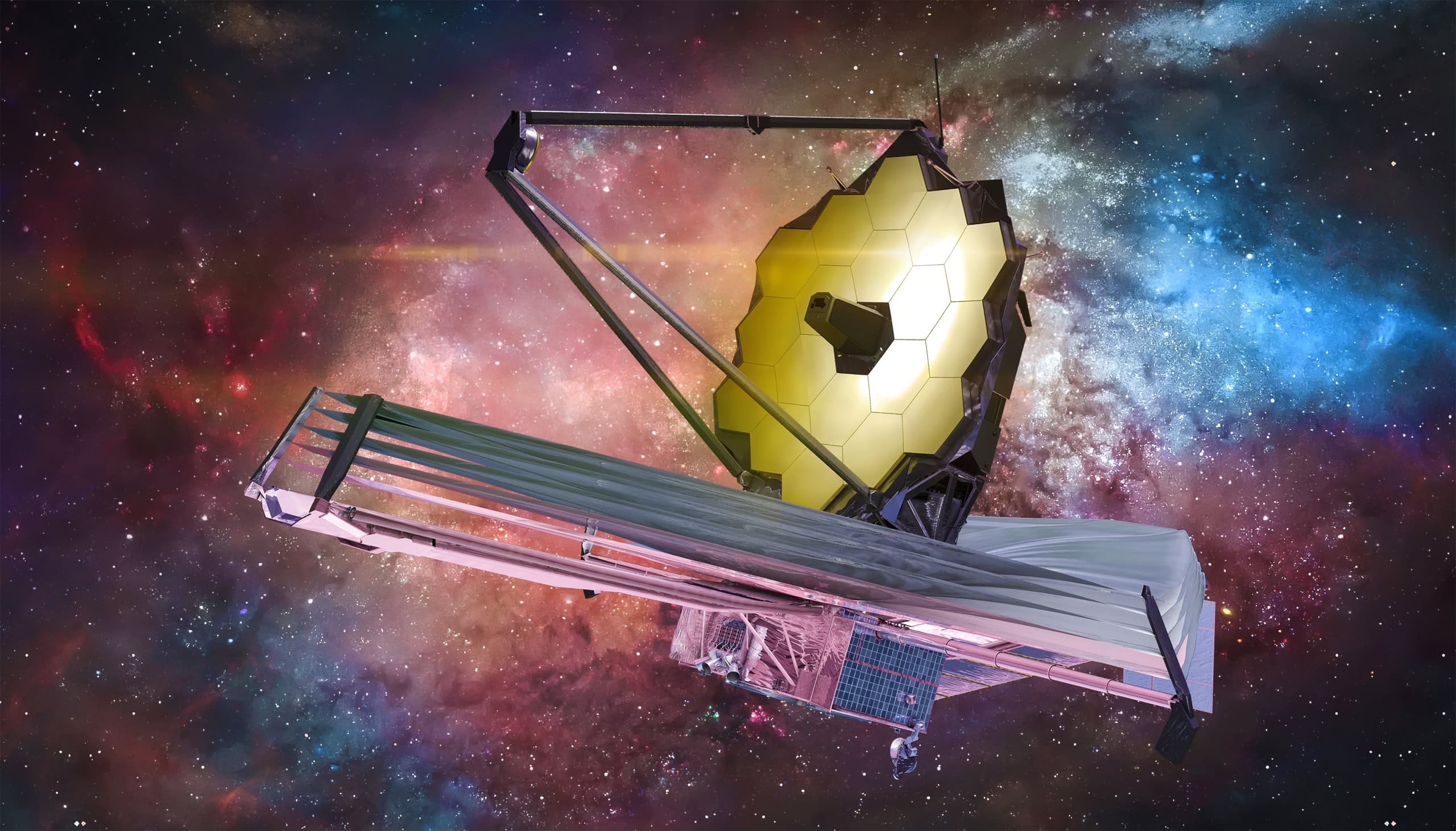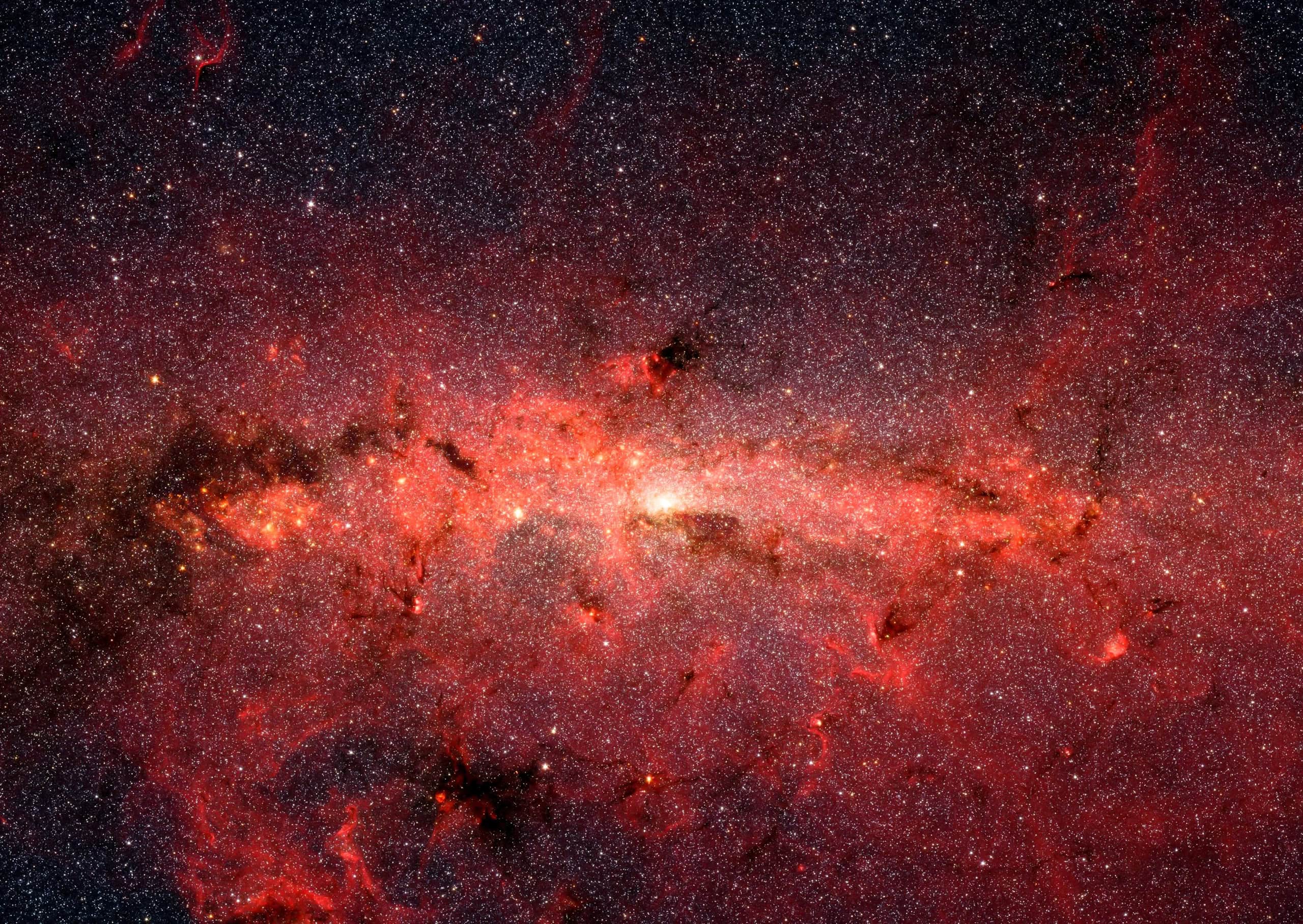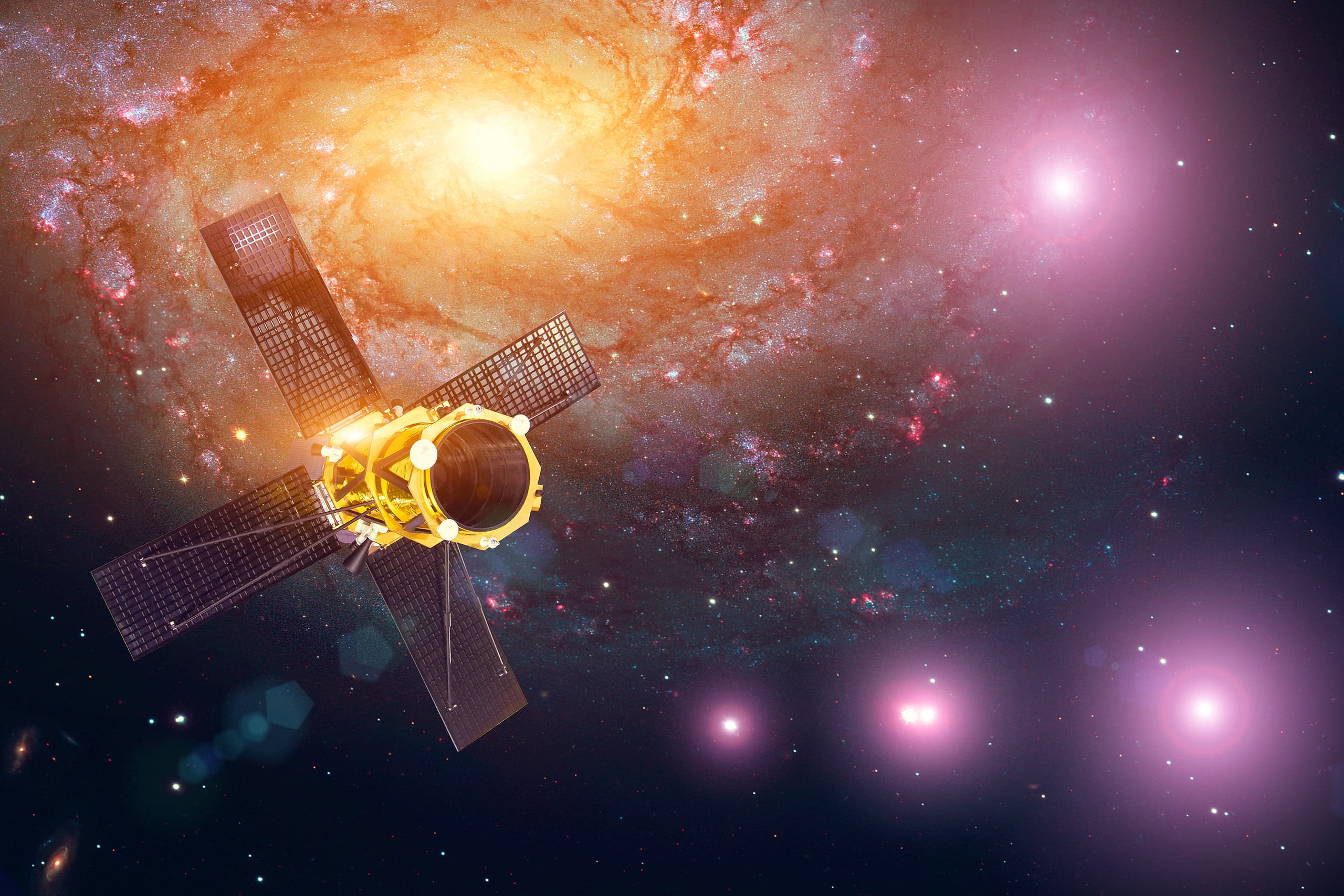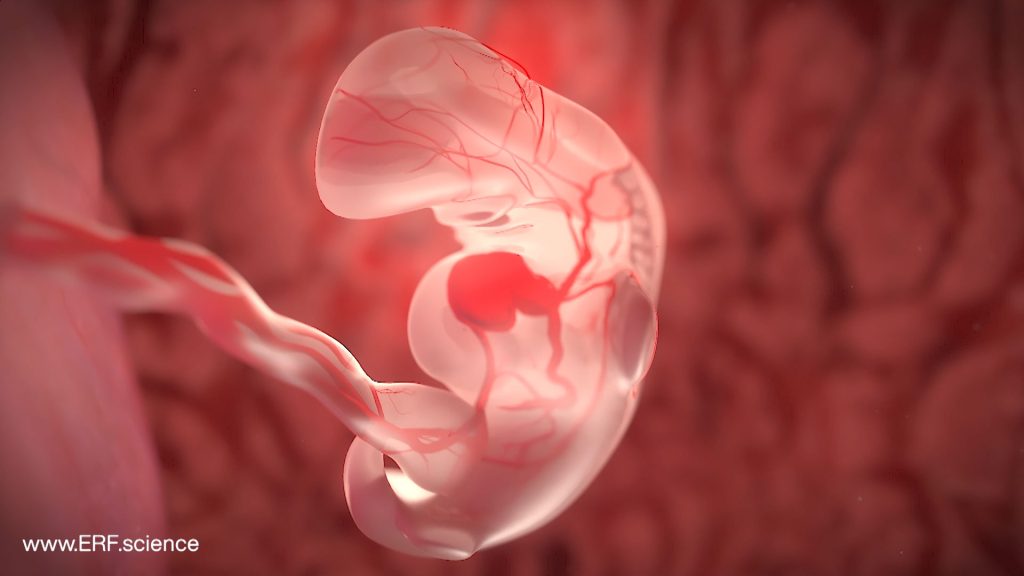The above prenatal video footage depicts human embryos at 3 weeks, 6 weeks, and 7 weeks following fertilization. Beyond three weeks following fertilization, no post-implantation video footage used by the Education Resource Fund (ERF) is animated. It is entirely endoscopic (augmented by minimal sonographic scans). ERF uses no imagery created by artificial intelligence (AI). The authenticity of all content on the ERF website and in the ERF app can be verified by reference to the original tapes recorded by the physicians conducting the featured diagnostic and therapeutic scans.
Astonishing embryonic and fetal endoscopic video shorts are now available in formats which enable posting on all major social media platforms.
Contact the Education Resource Fund (ERF) for licensing information, including pricing and terms of use.
LANDSCAPE CONFIGURATION (HORIZONTAL)
PORTRAIT CONFIGURATION (VERTICAL)
Contact [email protected] for information related to pricing and availability of maternal-fetal health exhibits, now offered by the Education Resource Fund (ERF) for purchase or lease. ERF offers educational display panels to qualified non-profit organizations at prices which cover only ERF’s actual production costs and shipping expenses. International inquiries concerning foreign language translations are also invited.
Award-winning prenatal science documentary:
Physicians (especially OB/GYNs, pediatricians, and family practice doctors), as well as healthcare professionals generally, may wish to download the following video for display on a TV monitor in their waiting rooms, exam rooms, etc. This 44-minute video features rare endoscopic and sonographic embryonic and fetal scans which span the entirety of pregnancy. The film can be programmed for looping on most TVs.
Please see below a comprehensive video archive containing nearly 22 hours of prenatal, endoscopic medical scans. Each scan depicts never-before-seen human embryos and fetuses, alive in the uterus, as they progress through each stage of prenatal development. The image bank will feature a searchable index listing approximately 6,000 of the anatomic structures and/or systems viewable in the video archive. Each search term will be linked to the endoscopic video clip which images its corresponding structure and/or system, chronologically ordered by weeks following fertilization. The program is intended as a reference resource for use by clinicians, academics, researchers, medical and nursing students, as well as students in the health sciences at undergraduate and graduate levels of study. The architecture of this interactive system is designed to accommodate continuous expansion.
The Education Resource Fund’s award-winning prenatal medical imagery is now available at Shutterstock Images (shutterstock.com, “… the leading global platform for licensing from the most extensive and diverse collection of high-quality 3D models, videos, music, photographs, vectors and illustrations …”) as well as Adobe Images (stock.adobe.com, “… powered by a world-class community of creative professionals …”) and iStock and Getty Images (subscribers) (GettyImages.com, “… the world’s foremost visual experts – capturing, creating and preserving content to elevate visual communications everywhere …”).
Award-winning prenatal science documentary for children:
Biologically speaking, “human development begins at fertilization,” when a woman and a man each combine 23 of their own chromosomes through the union of their reproductive cells. The DNA in the 46 chromosomes of the resulting embryo (zygote stage), then only one cell in size, already contains some 3 billion base pairs of digital data, the genetic blueprint for the entire human body. ...
The human heart will beat 3 billion times over the course of an average lifespan.
The human circulatory system contains 20-30 trillion blood cells at any given time.
The human brain contains 100 billion neurons.
The neurons in the human brain are linked to one another by 100 trillion synaptic connections.
Award-winning Spanish-language prenatal science documentary for children:
High-resolution images of embryos and fetuses developing in utero
Follow The Science - Fertilization Through 9 Months
Who Is My Neighbor?
COLORING BOOKS
Color using your finger on a phone, or your finger or stylus on a tablet, or your mouse and cursor on a computer, or your crayons on physical pages you print out on paper.
Auto-fill zone coloring
Color with finger or stylus
“I hold a multiple subject teaching credential in the state of California and I have been a public elementary school teacher since 2004. My primary focus has been Kindergarten, First and Second grade. I recently examined the ERF coloring pages which depict embryos and fetuses developing in utero. This is an amazing interactive resource for children of all ages. It’s extremely user friendly. The high-resolution prenatal images next to the coloring book line drawings are fantastic! This is an instructive resource that can be used effectively in the classroom setting. I also reviewed the ERF site where I watched the children’s version of the ERF prenatal video. Like the coloring pages, the children’s edition of the ERF prenatal science documentary is also an amazing resource! All content is age-appropriate for even the youngest children.”
Ellarose Pinkus
Puzzles
Curricular Content
Award-winning pregnancy tracker:
“By convention, obstetricians date pregnancy from the presumed first day of the last normal menstrual period (LNMP). This is the gestational age, which in embryology is superfluous because gestation does not begin until fertilization of an oocyte occurs. Embryonic [or fetal] age [also described as fertilization or conceptional age] begins at fertilization, approximately 2 weeks after the LNMP…. The day on which fertilization occurs is the most accurate reference point for estimating [embryonic or fetal] age ….”
– “The Developing Human: Clinically Oriented Embryology.” Moore KL, Persaud TVN, Torchia MG. Philadelphia: Elsevier. 10th Ed. 2016. p 87.
Unless otherwise noted, all embryonic and fetal ages in Education Resource Fund curricular materials are estimated in weeks/months following fertilization.
For Immediate Release
March 5 2024
The Education Resource Fund (ERF) recently announced an extraordinary new series of pregnancy-related science documentaries which illustrate the biology of prenatal development using sophisticated medical imaging technologies and procedures which enable researchers to visualize embryos and fetuses, alive in the uterus, with never-before-seen clarity. ERF is a science foundation which produces films and other curricular materials that are now available in an app ...
The Intricately Interactive Choreography of Conception
1. Male initiated: Up to 600 million sperm are deposited in the birth canal, of which only 200 reach the fertilization site in the uterine tube. The Developing Human: Clinically Oriented Embryology, 10th ed., K. Moore et al., Elsevier (2016), pp. 25-26.
2. Male initiated: An enzyme produced by...
Award-winning prenatal science website:
Award-winning prenatal science mobile app:
Embryoscopy, fetoscopy, and high-resolution ultrasound imagery, showing embryonic and fetal development
Subtitles in 92 languages for ERF video "The Science of Life Before Birth"
Choose Your Preferred Subtitle Language Here:
We have prepared the script of “The Science of Life Before Birth” in 92 different languages. You can download a PDF of each of those translations by following the links below.
See Baby Grow app video
The See Baby Grow app video depicts embryos and fetuses, alive in the uterus, throughout every stage of pregnancy. These preborn babies have been scanned using embryoscopy and fetoscopy medical imaging technology, as well as high-resolution, research-grade sonography. The narration describes developmental anatomy and physiology as it unfolds through all three trimesters of pregnancy.
PROFESSIONAL ENDORSEMENTS OF THE EDUCATION RESOURCE FUND PRENATAL PROJECT
Professional reviews neither state nor imply institutional endorsement.
Post the following prenatal development facts on your social media:
Principal Technical Advisor:
Mark T. Cullen, M.D.
Technical Review:
Enid Gilbert-Barness, M.D.
David H. Bernanke, Ph.D.
Mark J. Holterman, M.D., Ph.D.
David L. Bolender, Ph.D.
Paul A. Krieg, Ph.D.
Professor Stuart Campbell, D.Sc.
Maria Michejda, M.D,
Bruce M. Carlson, M.D., Ph.D.
Maurice J. Pescitelli Jr., Ph.D.
Charles L. Saxe, Ill, Ph.D.
Charles H. Ellis Jr., Ph.D.
Mark F. Seifert, Ph.D.
Ona Marie Faye-Petersen, M.D.
Allan R. Sinning, Ph.D.
David W. Fontaine, M.D.
Bradley R. Smith, Ph.D.
Ravmond F. Gasser, Ph.D.
Sam R. Voora, M.D.
ENDORSEMENTS OF THE BIOLOGY OF PRENATAL DEVELOPMENT (AKA THE SCIENCE OF LIFE BEFORE BIRTH)
“The developmental period before birth is increasingly understood as a time of preparation during which the developing human acquires the many structures, and practices the many skills, needed for survival after birth. As our understanding of early human development advances, so too will our ability to enhance health––both before and after birth.”
The Biology of Prenatal Development, a documentary film originally distributed by the National Geographic Society
The following science documentaries, medical textbooks, and medical journal articles are among the many educational resources which provide useful information regarding the biology of prenatal development:
Medical Journal Articles
Comparative Embryonic and Fetal Anatomy
IMAGING THE UNIMAGINABLE
The Education Resource Fund’s (ERF) composited embryonic and fetal pictures are derived from many smaller images, “stitched” together in much the same manner employed by NASA to combine satellite photo “tiles,” in a process which forms a large “mosaiced” image. Many research institutions use related technology to image otherwise unimageable (and unimaginable) objects and processes.
Note: ERF does not use animated imagery to depict any structures or processes which are capable of being filmed, photographed, or scanned.
ENDOSCOPES
ERF’s embryo and fetus imagery was initially derived by teams of physician researchers and clinicians employing endoscopy (and its subsets, embryoscopy and fetoscopy) to diagnose and treat prenatal disorders in utero.
Endoscopes are medical imaging devices which permit high-resolution observation of tissues and processes inside the human body. Prenatally, they can be used to produce minimally invasive scans imaged through, but from outside, the amnion. When clinically necessary, more invasive scans may be performed by surgically entering the abdominal cavity, uterus and amniotic sac. At the distal end of these instruments is an objective lens designed for imaging. At the proximal end is an eyepiece, or sensor, which enables viewing.
HOW THEY WORK
These scopes generally consist of a tube which encloses a relay lens system (in rigid endoscopes) or a fiber bundle (for fiber-optic, or flexible, endoscopes) for illumination and to transmit an image from the objective lens inside the body to the proximal end outside.
Said differently, endoscopes use optical elements to direct light to the area sought to be illuminated and transmit the resulting image to the eye or detector. Rigid endoscopes generally offer superior resolution or magnification. But an endoscope’s objective lens is only approximately 1/5 of an inch in diameter, and this relatively small size substantially narrows the observer’s field of view (even with the addition of supplemental lenses such as “negative” or “prism” optics, etc.).
CONSTRAINTS
This limitation is further compounded by the need to use the scope in very confined spaces, with only short distances separating the objective lens from the anatomical structures being imaged. Consequently, only a small segment of the embryo or fetus is observable at any point along the timeline of the scan.
An endoscope’s construction must also accommodate frequently conflicting design considerations. The resulting compromises can involve not only fields of view, but depths of field (meaning thickness of the plane of focus) and image illumination and magnification, as well as distortion issues (i.e., stretched or compressed perspective), etc.
WORK-AROUNDS
Therefore, to produce a high-quality, single image of the entire embryo or fetus, large numbers of smaller, more detailed pictures must be joined together in a manner suggestive of the process by which puzzle pieces are assembled to form a completed picture.
This technique employs a complex proprietary process which combines segmental scans to create a final, multi-source composited image. The resulting picture is digitally adjusted to preserve each segment’s original color, resolution, contrast, proportions, illumination, etc. Technicians also correct for vignetting (image degradation involving content loss at the periphery of the frame).
MAGNETIC RESONANCE IMAGING & ULTRASOUND
The British medical journal Lancet has published a prenatal magnetic resonance imaging (MRI) study similarly involving the creation of 3D pictures to diagnose and treat congenital heart problems in utero. The BBC reports that “A series of 2D pictures of the heart are taken from different angles using an MRI machine” to image the fetus.
The story explains that “Sophisticated computer software pieces the images together, adjusts for the beating of the heart and builds … [a] 3D image of the heart.” A pediatric cardiologist describes the resulting 3D images as “beautiful.”
This MRI research is part of a fetal diagnostic project which is also exploring scans using “four ultrasound probes at the same time – current scans use one – to get a more detailed picture.” This process produces a more wholistic composited image.
NASA COMPOSITES IMAGERY (SINGLE MEDIUM)
ERF’s imaging process is conceptually similar to the technologies used by the National Atmospheric and Space Administration (NASA) to produce wide-area satellite images of the earth’s surface. Until the launch of the Deep Space Climate Observatory Satellite (DSOVR), which now orbits the earth at a distance of one million miles, NASA had no camera positioned sufficiently far from our planet to capture the globe’s entire sunlit surface in a single photograph.
As previously noted, an endoscope’s objective lens must also operate too near to an embryo or fetus to permit its entire anatomy to be imaged in a single frame. This same constraint complicates the capture of satellite imagery. Previous pictures of the earth could, therefore, only be created using digital “stitching” technology to make one large composite image from many smaller segments. Scientists sometimes describe this final image (or “data set”) as a “mosaic,” comprised of large numbers of individual tiles.
HYBRID IMAGERY (MULTI-MEDIA)
A satellite picture can also be augmented by aerial photography (cameras on aircraft operating within the earth’s atmosphere) to improve resolution. Hybrid images of this sort can be created by superimposing black and white imagery (for still higher resolution) over color pictures of the same area, the latter to optimize chromic (color) fidelity.
In this connection, the scientific press reports that the Landsat Image Mosaic of Antarctica (LIMA) “combined over one thousand precise, calibrated satellite images with other data from the continent’s surface to create a single picture of the entire continent.” The high magnification factor (think telephoto lenses which enlarge image objects) of each of these puzzle pieces yielded a composite picture depicting more detail than could have been captured in a single photo shot with a wide-angle lens.
APPLICATIONS IN ASTRONOMY
NASA uses this mosaicking process to image celestial bodies of nearly every description. The Juno spacecraft made composite images of Jupiter; InSight of Mars; Cassini of Saturn; and Hubble of the Sombrero Galaxy.
An exquisitely detailed depiction of a challenging subject, whether prohibitively small or large, near or far, may involve vastly more complexity than meets the eye, and there exist nearly countless examples of comparably creative combinations of imaging techniques.
ENTAMOLOGICAL USES
NASA is not alone in its use of this imaging technique. A Wall Street Journal story, July 30, 2022, titled “Breathtaking Bugs at the Museum,” describes an exhibition of “macrophotography prints [which] makes us appreciate these small creatures’ beauty on a large scale.” The article explains the creation of large format prints “in an exhibit called ‘Extinct and Endangered, Insects in Peril.’” The imaging process is called “macrophotography,” and it took an average of “three weeks and as many as 10,000 files for the photographer to make an individual image.”
The photographer used a digital camera “to which he attached a bellows, a tube lens and a microscope objective (basically a very high-powered magnifying glass).” The process requires that the “subject insect … be divided into as many as 20 or 30 sections, each of which is photographed separately.” Lighting is critically important “because eyes, legs, wings, etc. reflect light differently ….” The photographer consequently “devised different lighting regimes for each.”
Even more remarkably:
The macrophotography camera setup has an extremely shallow depth of field, so the lens is electronically advanced toward the subject in seven-micron increments (a micron equals one millionth of a meter) taking 400 or 500 digital pictures that are then merged to create an image in sharp focus from front to back.
The article adds that, “Paradoxically, smaller insects require more files than larger ones.” In the aggregate, “the section images are joined to make a file that may be as large as eight, nine or 10 gigabytes … The detail is stunning ….”
A topically related story was posted by the journal Nature, March 10, 2023, titled, “Gigantic map of fly brain is a first for a complex animal.” First published in the journal Science, the project was made possible when:
Researchers spent a year and a half capturing images of the brain of a single six-hour-old Drosophila larva with a nanometre-resolution electron microscope. Using a computer-assisted programme, they then pinpointed the neurons and synapses and spent months manually checking them.
Science reported a related July 19, 2018, story titled, “In a ‘tour de force,’ researchers image an entire fly brain in minute detail.” The imaging methodology was, so to speak, mind-boggling:
[Researchers] soaked a fly’s brain in a solution containing heavy metals, which bind to the membranes of neurons and to proteins at the synapses …. [Next the team used] a diamond knife [to] cut the brain into about 7000 slices, each of which was struck with a beam of electrons from the microscope to create an image.
The process required a camera that could capture 100 frames per second, a robotic system to scoot each brain slice into place with nanometer precision, and software to stitch together the resulting 21 million pictures. The result is a reconstruction that lets researchers zoom in on the features of an individual synapse.
FROM THE SMALLEST TO THE LARGEST
The Orange County Register carried a similar article, February 18-19, 2023, titled, “See how the world’s largest photograph was created in Irvine [CA].” The picture involved 6 photographers working for 8 months to create a “panoramic view of … the former Marine Corps Air Station El Toro ….”
Using an ancient “pinhole camera” concept, the process captured “images of every single building” on the 4,800-acre base. The picture was created from about 500,000 individual images, shot from distances of 50-75 yards between the camera and the object being photographed. Each negative was then painstakingly exposed on one solid piece of muslin cloth, 31 feet tall and 111 feet long. The end-result was a single, giant, composite, historically significant photograph of virtually the entire military facility.
IMAGING IMPLICATIONS FOR NEUROLOGY IN HUMANS
The journal EHP, Environmental Health Perspectives, November 20, 2018, published an article titled, “The Brain before Birth: Using fMRI [functional magnetic resonance imaging] to Explore the Secrets of Fetal Neurodevelopment.” In this case, the imaging technology is used to study the trillions of neural connections, called the connectome, which link the “billions of threadlike fibers [that] crisscross the brain.”
The author explains that “fMRI is not perfect,” and that the images “generated by the technology must be manipulated to correct for distortion and to scale brain scans to a consistent, comparable template.” Equally problematic is the fact that “technical issues potentially result in artifacts that may not be recognized as errors.”
OCEANOGRAPHIC RELEVANCE
Arstechnica.com/science, May 17, 2023, posted an essay titled “3D ‘digital twin’ showcases wreck of Titanic in unprecedented detail.” Previous film of the wreck employed low-resolution cameras, and a 1997 documentary produced by James Cameron used “miniature models and special effects … since Cameron couldn’t get the high-quality footage he needed for a feature film.” The new pictures of the ship were obtained using two submersibles as camera platforms, mapping
… every millimeter of the wreck, including the debris field spanning some three miles. The result was a whopping 16 terabytes of data, along with over 715 still images and 4K video footage. That raw data was then processed to create the 3D digital twin. The resolution is so good, one can make out part of the serial number on one of the propellers.
‘This model is the first one based on a pure data cloud, that stitches all that imagery together with data points created by a digital scan, and with the help from a little artificial intelligence, we are seeing the first unbiased view of the wreck.’
One of the producers explained to BBC News that “you have to map every square centimeter—even uninteresting parts, like on the debris field you have to map mud, but you need this to fill in between all these interesting objects.”
On the same topic, a May 17, 2023 insider.com story, headlined “First-ever full 3D scan of the Titanic on the sea bed reveals the ruined ocean liner in incredible detail,” describes the production as “the largest underwater scanning project in history.” It explains that “Previous footage has only allowed you to see one small area of the wreck at a time,” but this “model will allow people to zoom out and look at the entire thing for the first time ….”
METEOROLOGICALLY RELATED IMAGE PROCESSING
The Wall Street Journal, February 17, 2023, ran a story headlined “El Niño Likely to Form By Summer ….” It described the process by which weather forecasts are also made using composite imagery:
NOAA meteorologists make predictions of the ENSO cycle using statistical models that compare historical records with current ocean and atmospheric conditions. They also use computer models that combine data from satellites, ocean buoys, ships’ weather balloons and land-based stations into algorithms that form a picture, or map of what the future state of the atmosphere looks like based on the model’s calculations.
IMAGE PROCESSING MAKES INVISIBLE DEEP SPACE PHENOMENA VISIBLE
According to gizmodo.com, on July 12, 2022, “the first full-color images from the Webb Space Telescope showed countless nebulae, galaxies, and a gassy exoplanet as they had never been seen before.” The article, headlined “Are the Colors in Webb Telescope Images ‘Fake’?” answers an emphatic “NO!” As it turns out, “Webb only collects infrared and near-infrared light, which the human eye cannot see ….”
The story goes on to explain that:
Image developers on the Webb team were tasked with turning the telescope’s infrared image data into some of the most vivid views of the cosmos we’ve ever had. They assign various infrared wavelengths to colors on the visible spectrum, familiar reds, blues, yellows, etc. But while the processed images from the Webb team aren’t literally what the telescope saw, they’re hardly inaccurate.
By way of further explanation, “Astronomy is often done outside the visible spectrum, because many of the most interesting objects in space are shining brightly in ultraviolet, x-rays, and even radio waves.” Instruments such as Webb were “designed to extend the power of our vision, to go beyond what our eyes are capable of doing, to see light that our eyes are not sensitive to.”
Using infrared light to image objects enables astronomers to “penetrate thick clouds of gas and dust in space, allowing researchers to see previously hidden secrets of the universe,” and then convert that monochromatic light into wavelengths visible to the human eye. Even more image processing is then necessary because “Webb’s raw images are so laden with data that they need to be scaled down before they can be translated into visible light.”
The Wall Street Journal, July 13, 2023, published a spectacular image of the “Rho Ophiuchi cloud complex, the closest star-forming region to earth … seen in a composite of separate exposures acquired by the James Webb Space Telescope using its NIRCam instrument.” As described above, the original image was monochromatic, but later processed to colorize it, and thereby make it visible to the human eye.
The New York Times, April 23, 2023, published a story on astronomical imaging which detailed the technology used to digitally enhance deep space photography. Headlined “Mysteries Residing at the Magnetic Heart of the Milky Way,” the article describes a “new celestial image” with “an impressionistic swirl of color” which “represents a first step toward understanding the role of magnetic fields in the cycle of stellar death and rebirth. The resulting map “reveals previously invisible details of a stretch of the central Milky Way 500 light-years wide” by assigning colors which “represent different temperatures of interstellar dust: Green indicates cool, dense dust; pink indicates warmer dust.”
The arbitrary assignment of color to reveal otherwise hidden details also plays a role in “showing the directions of magnetic force in the clouds.” Yellow streaks,” for instance, “are jets of hot ionized gas, which emits radio waves.” A specialized spectrograph “measured the direction of polarization of the infrared light emanating from the dust, revealing the directions of the magnetic fields point by point.” The story concludes by noting that “Every new generation of sees a new version of our galaxy,” because imaging technology continues to evolve to produce pictures far beyond anything discernable by the unaided human eye.
An even more arcane imaging technology is described in a Wall Street Journal article dated July 3, 2023, and titled “Launched Space Telescope To Study Dark Universe.” The story details the process by which “dark matter” is imaged:
Only 5% of the universe is made of matter that we can see [ironically, according to NOAA, the National Oceanic and Atmospheric Administration, only 5% of the earth’s oceans have been explored]. Now the European Space Agency’s Euclid mission will help probe the rest of what’s out there – what scientists call dark matter, which holds the cosmos together, and dark energy, which is responsible for our universe expanding …. Both are undetectable using traditional telescopes and astronomy.
The imaging challenge which must be overcome to create the intended “picture” is that dark matter “neither emits or absorbs light,” it can only be detected indirectly, “by observing the effects of its gravity in space.” That indirect process involves Euclid sensing “the position and shape of a distant galaxy, [and the fact that] the light from that cosmic structure will get bent ever so slightly by the dark matter between it and the telescope, and scientists can note that deviation.”
So whether we look up or down, in or out, many of the most important features of our universe can only be seen, at a cosmic or even sub-atomic level, by applying exceedingly complex image processing technologies.
Shareable Items
Stock Image Resources
Many stock image resources are available across the internet. These links provide quick access to embryonic and fetal imagery available for free or for purchase.
About ERF
The Education Resource Fund is a non-profit, 501(c)(3) science foundation, which facilitates the creation and distribution of a broad range of instructional materials authored and produced by individuals and organizations whose branded and copyrighted projects (domestic and international) advance the state of knowledge in subject areas vital to the public interest.
Contact ERF
The Education Resource Fund
PO Box 3950
Laguna Hills, CA 92654


